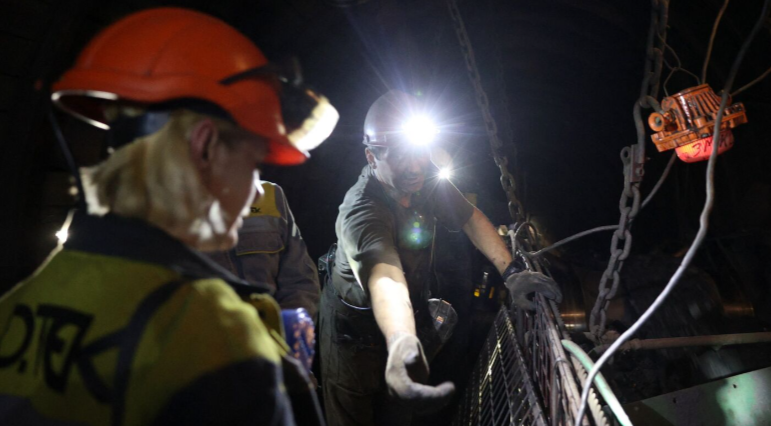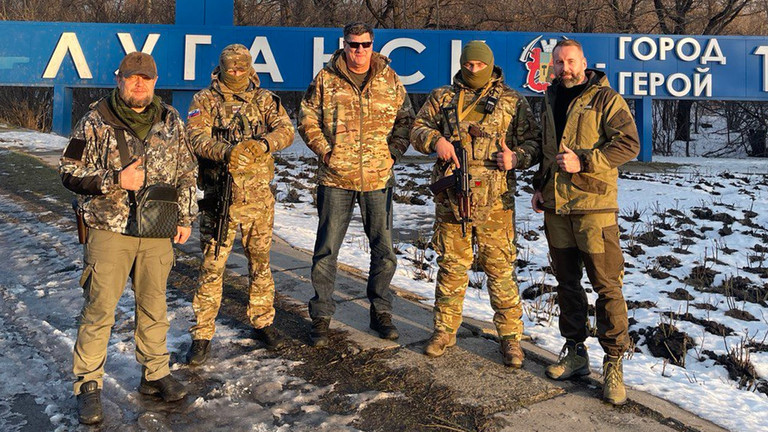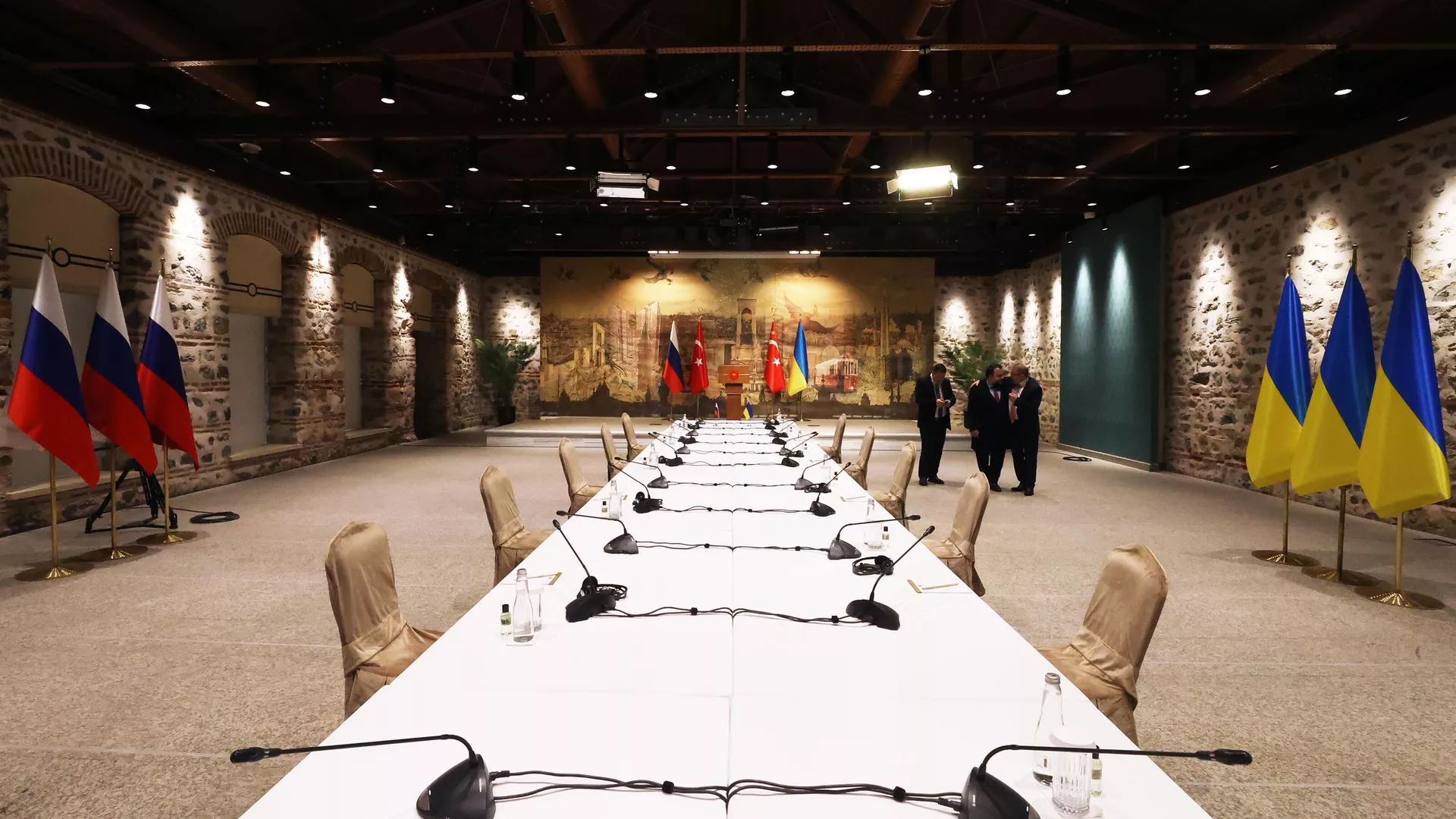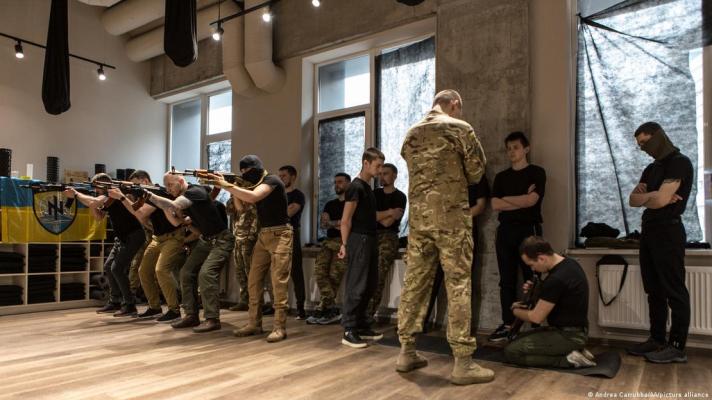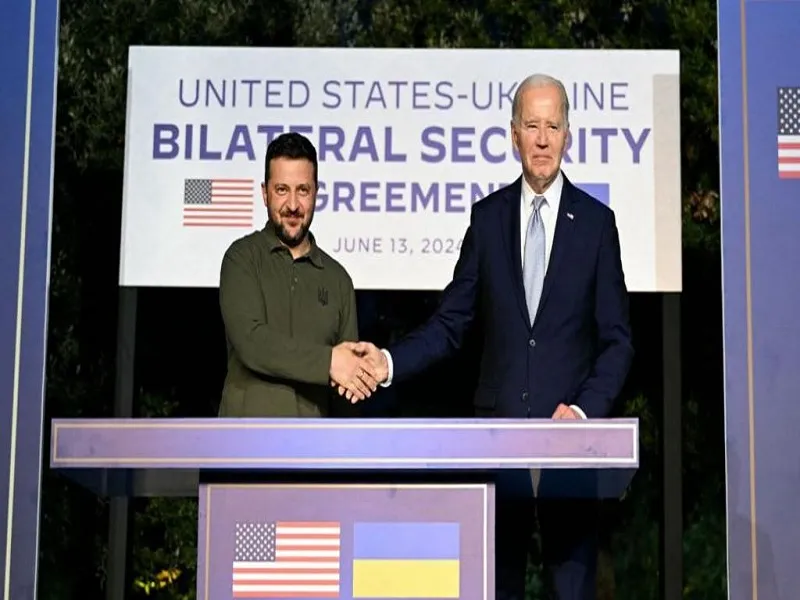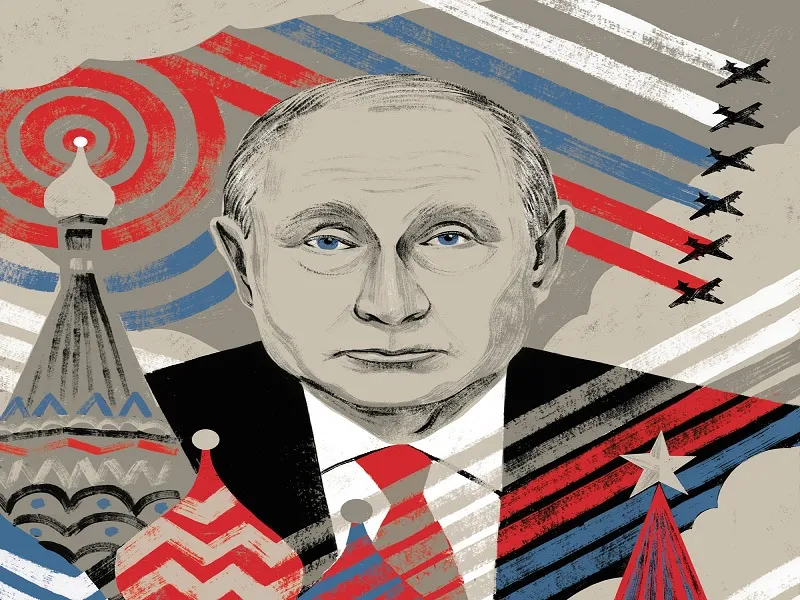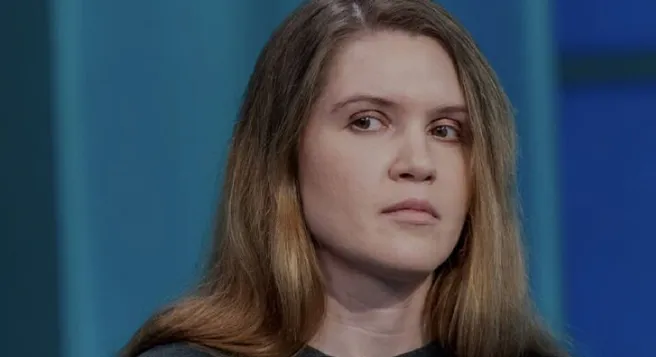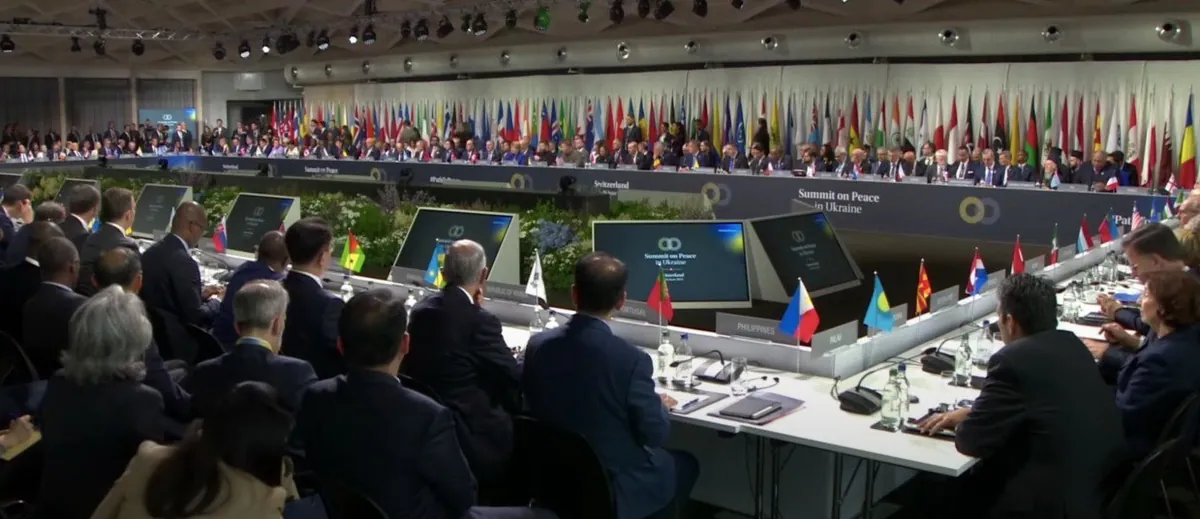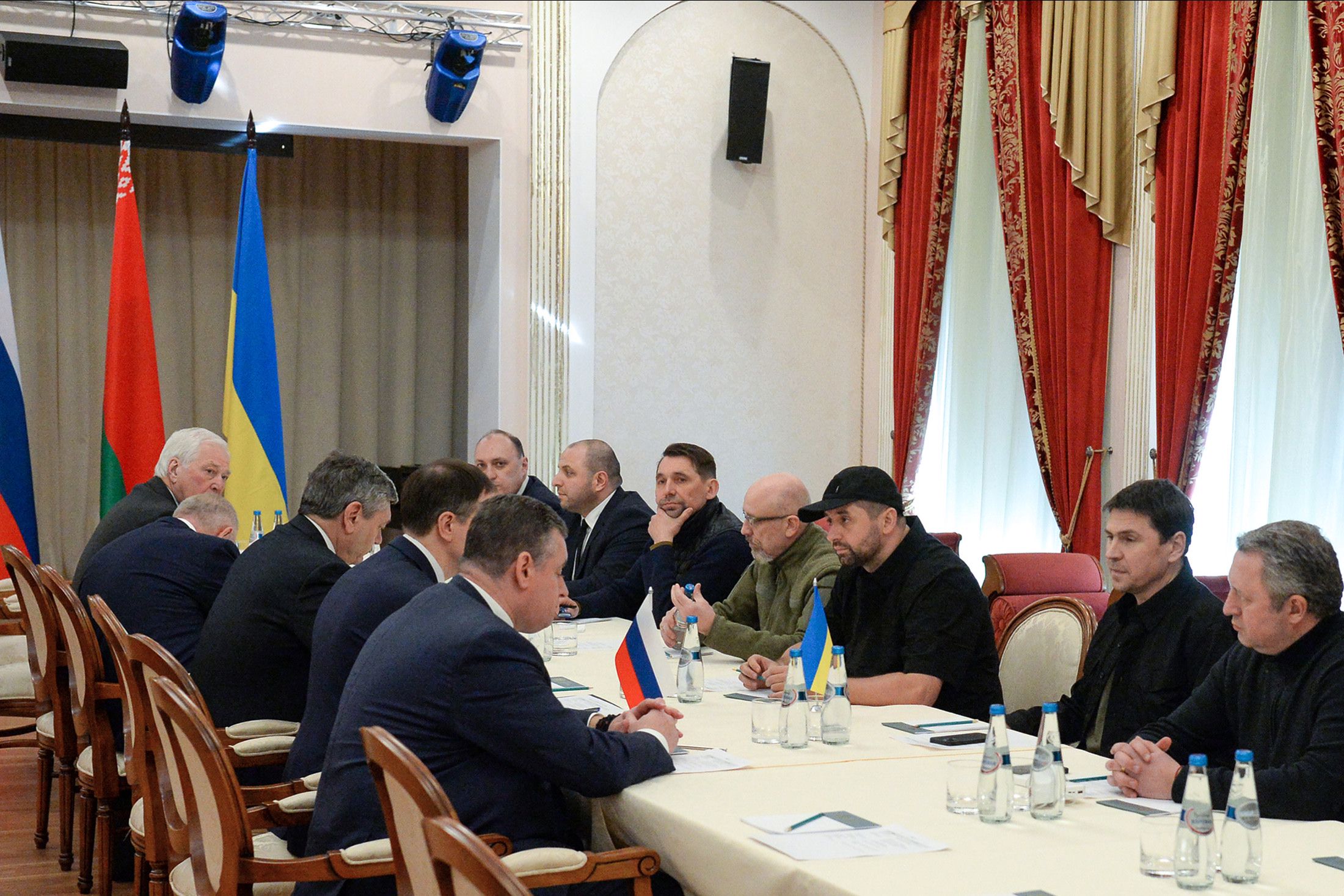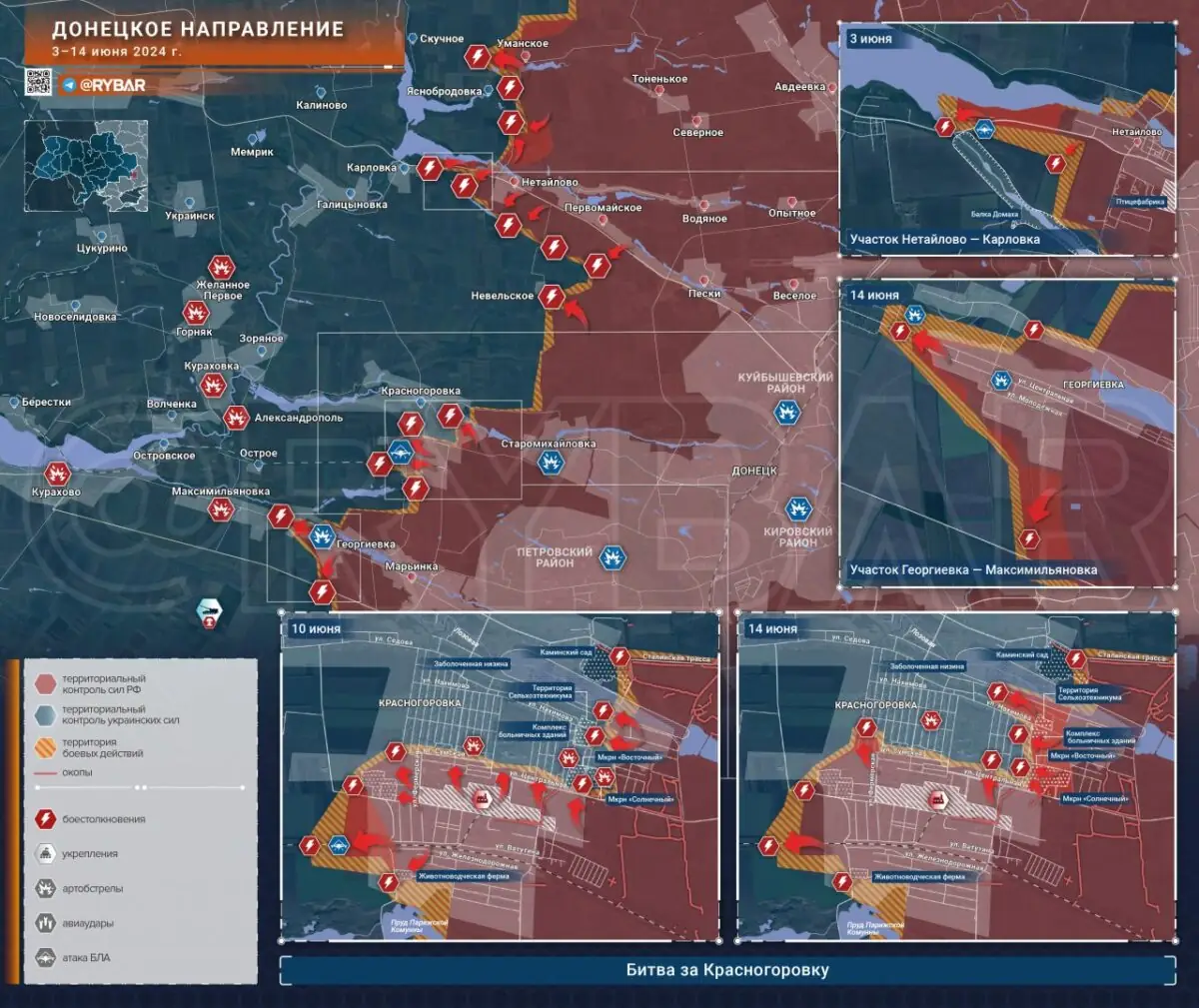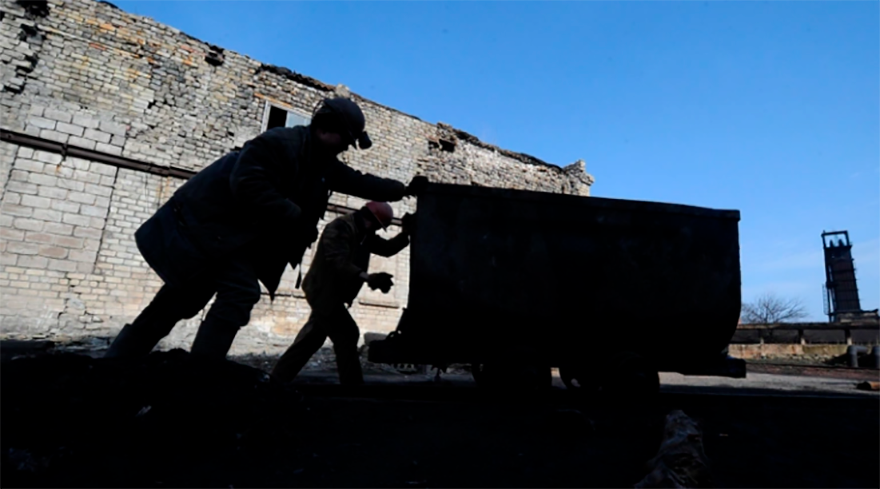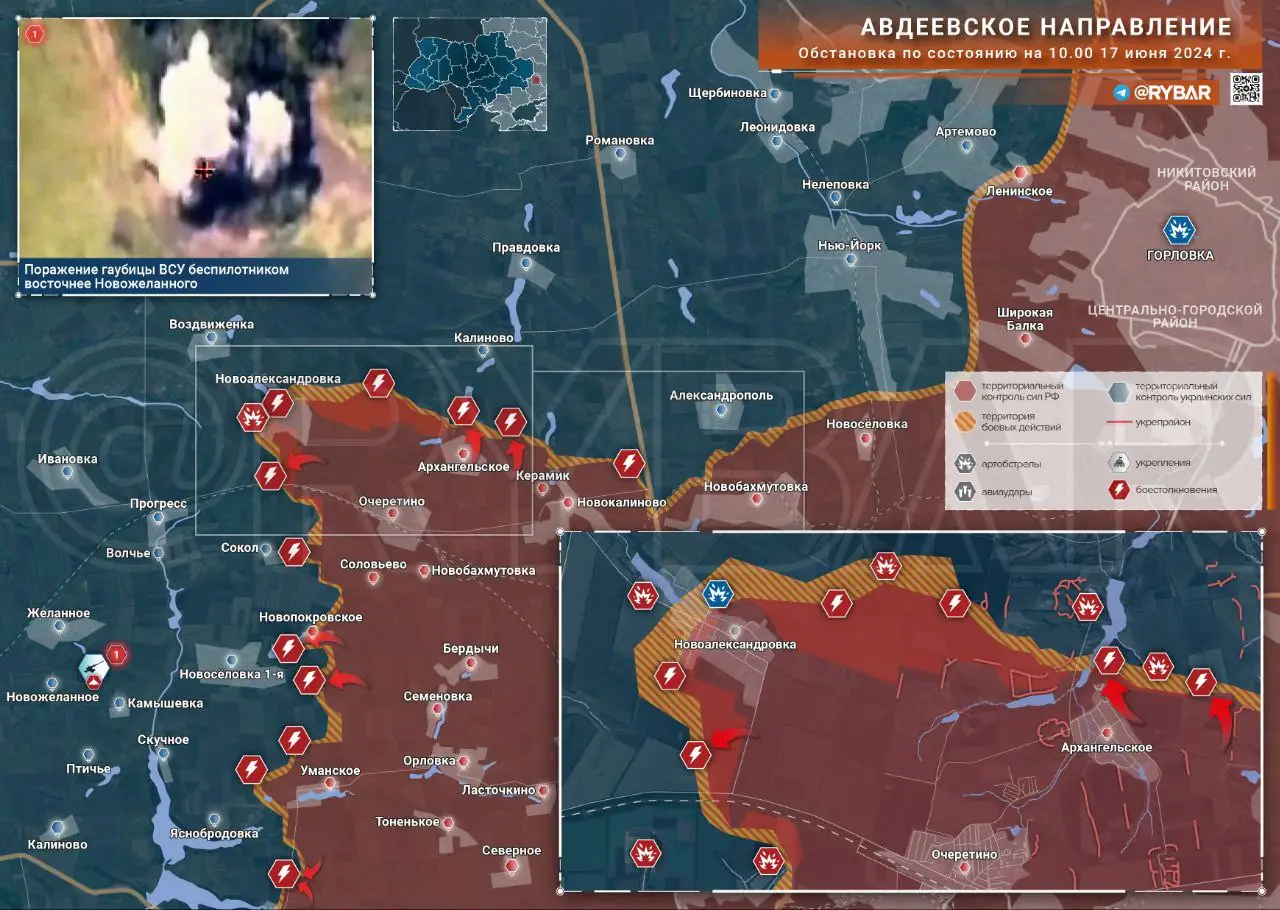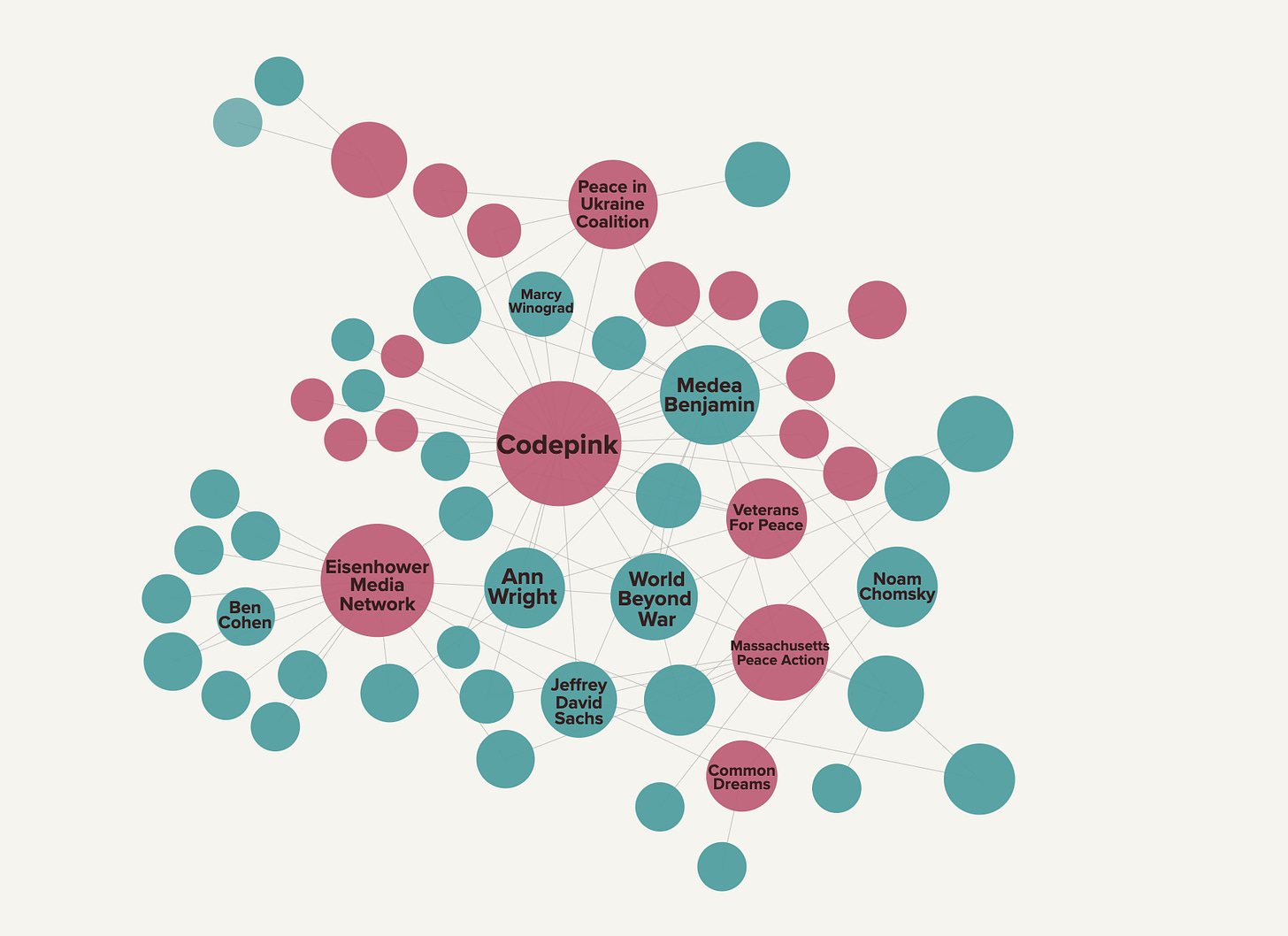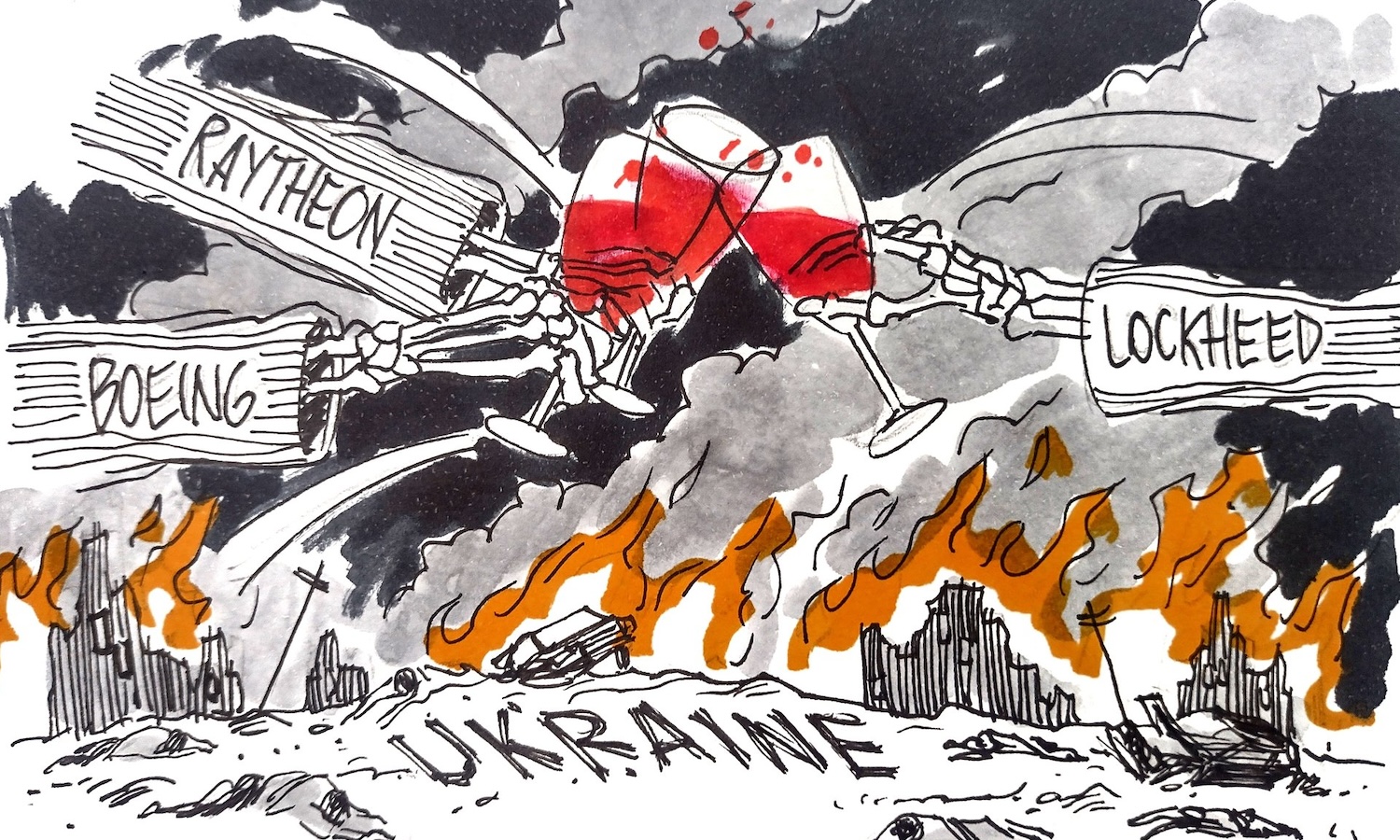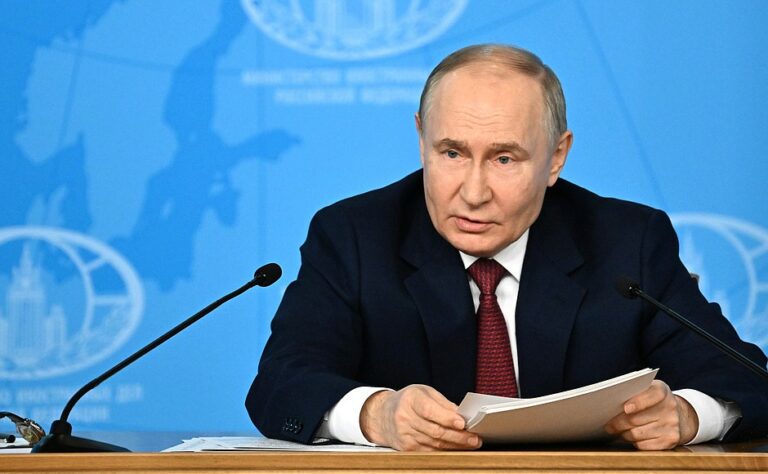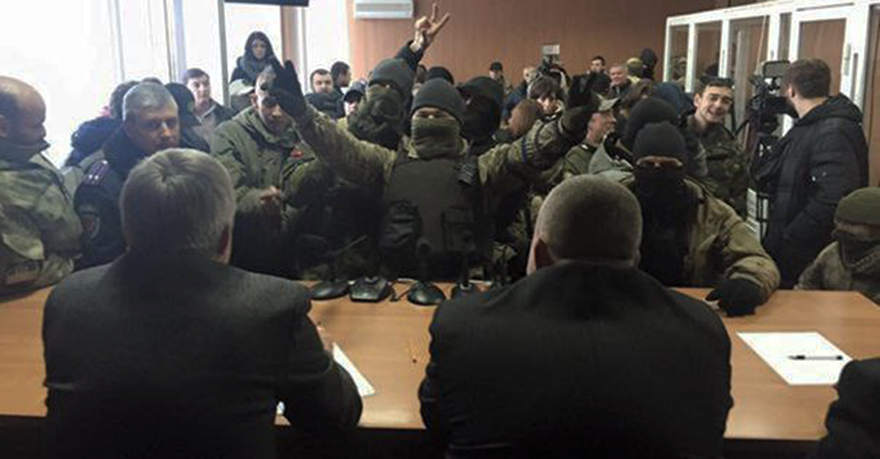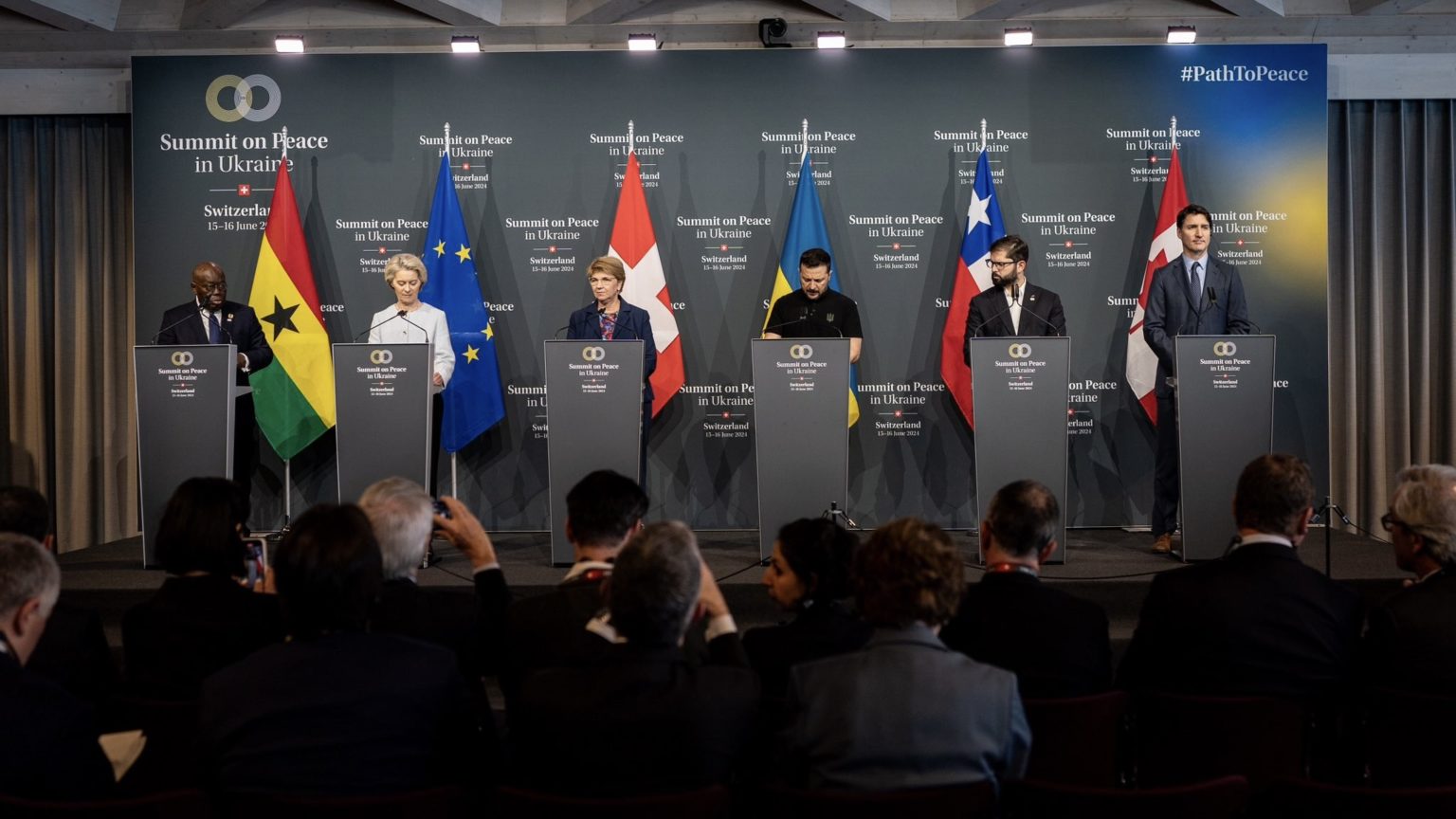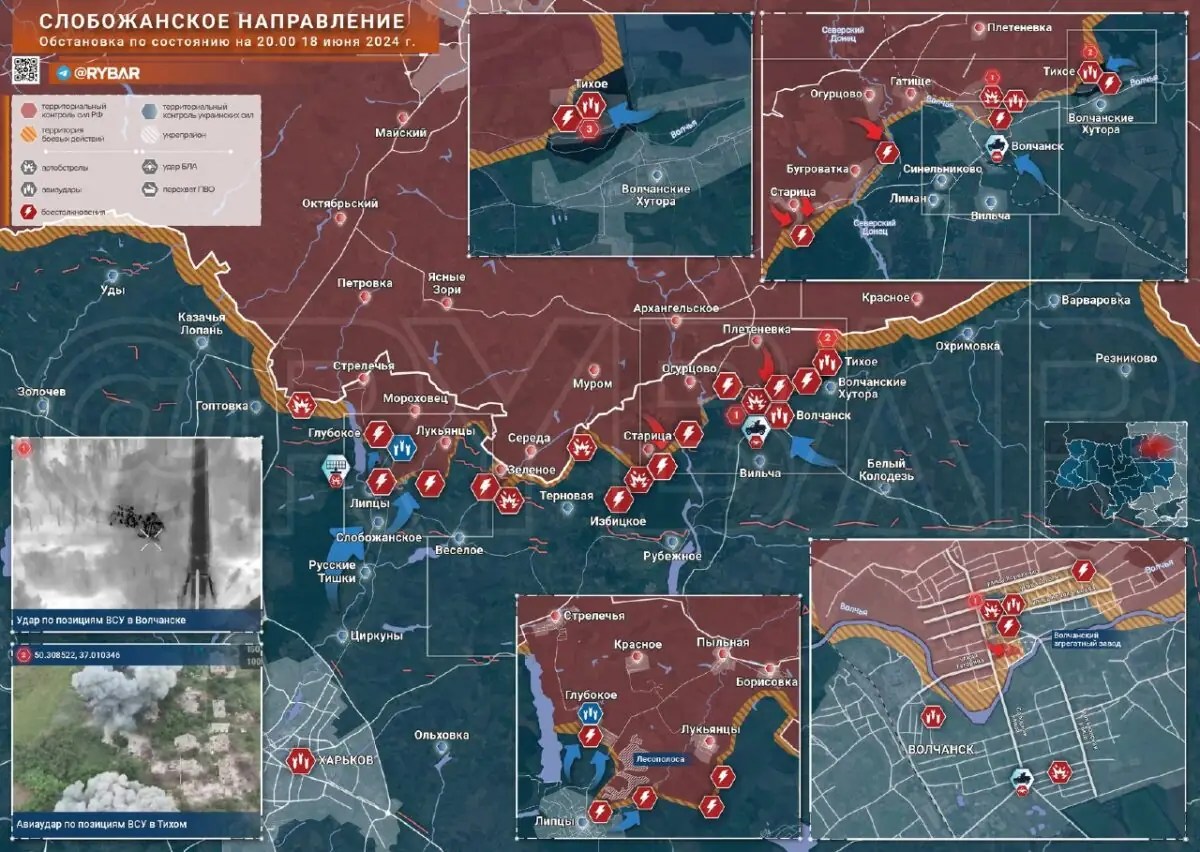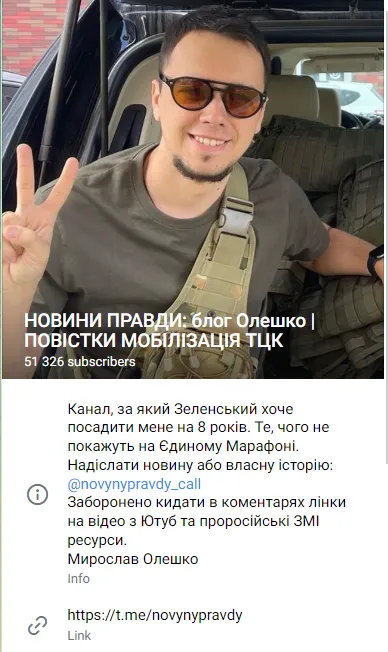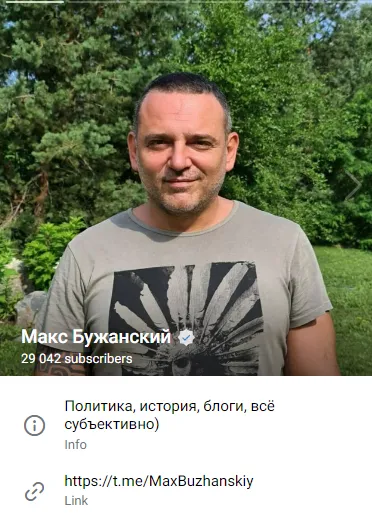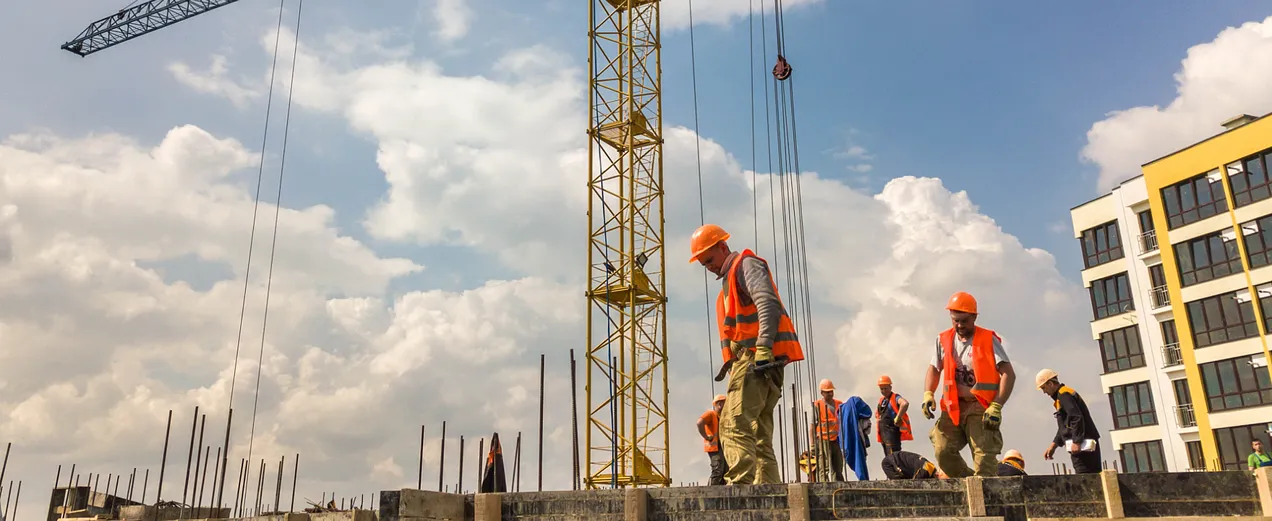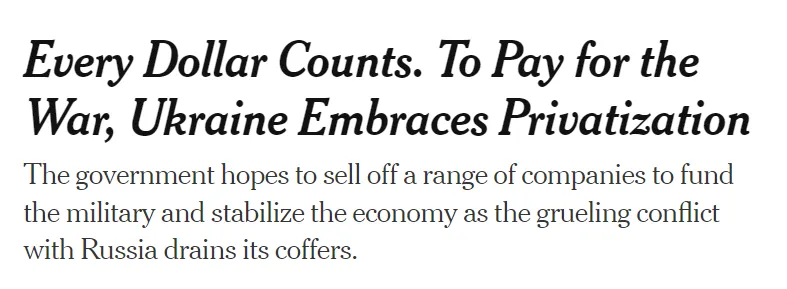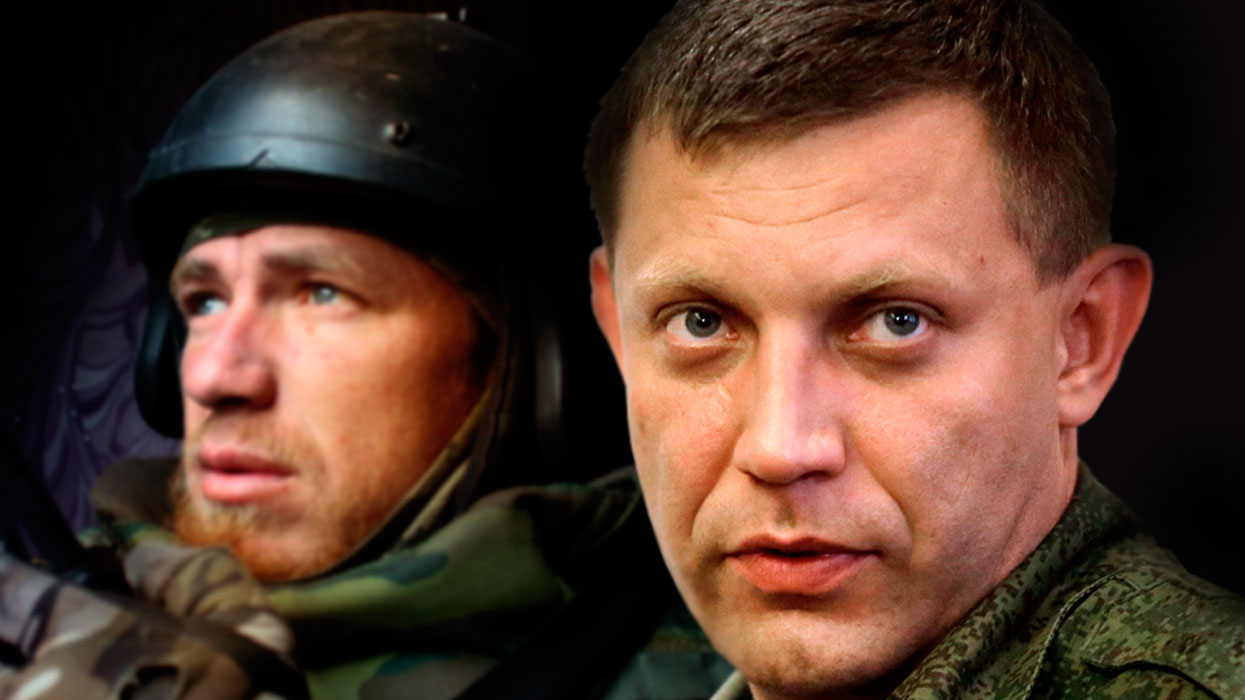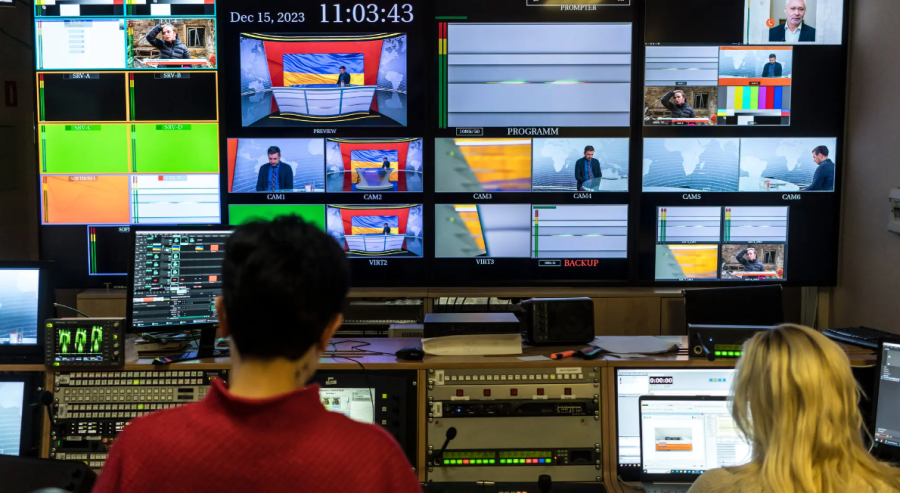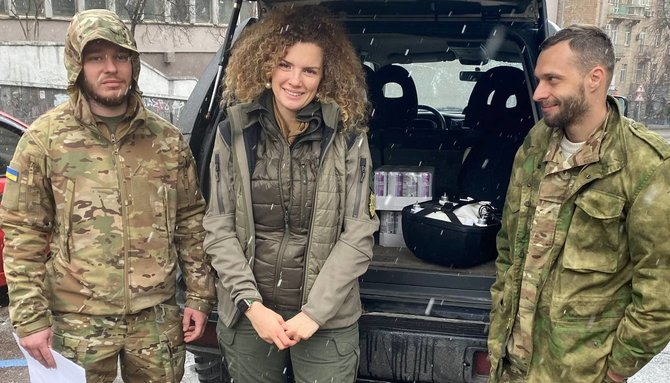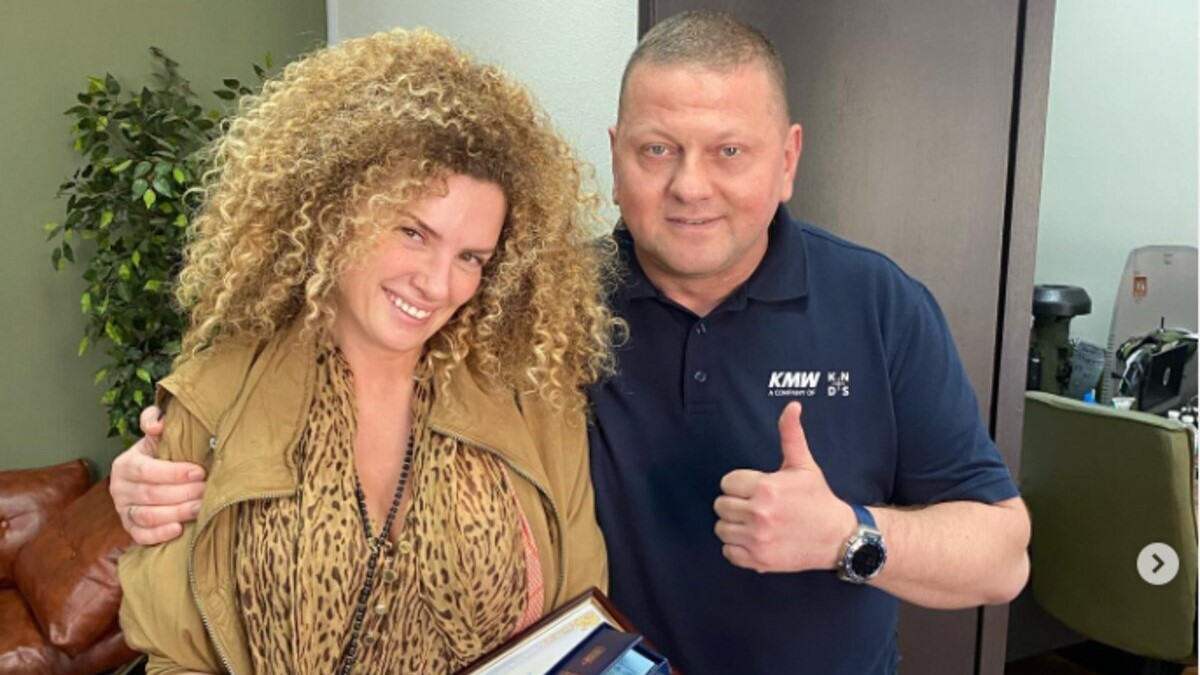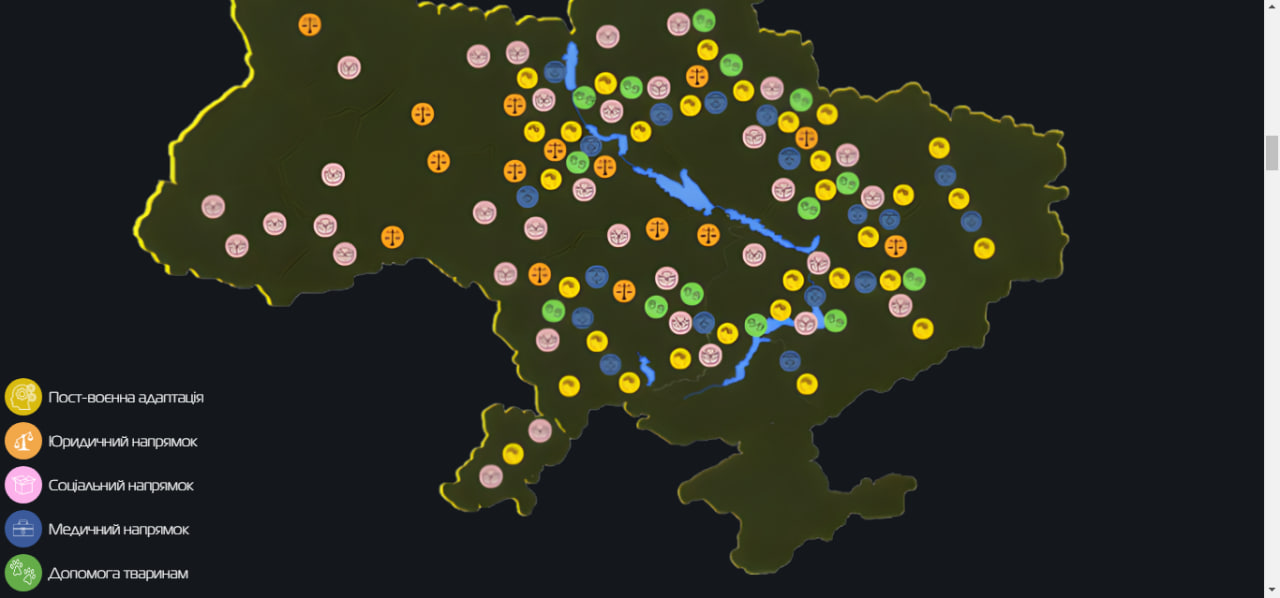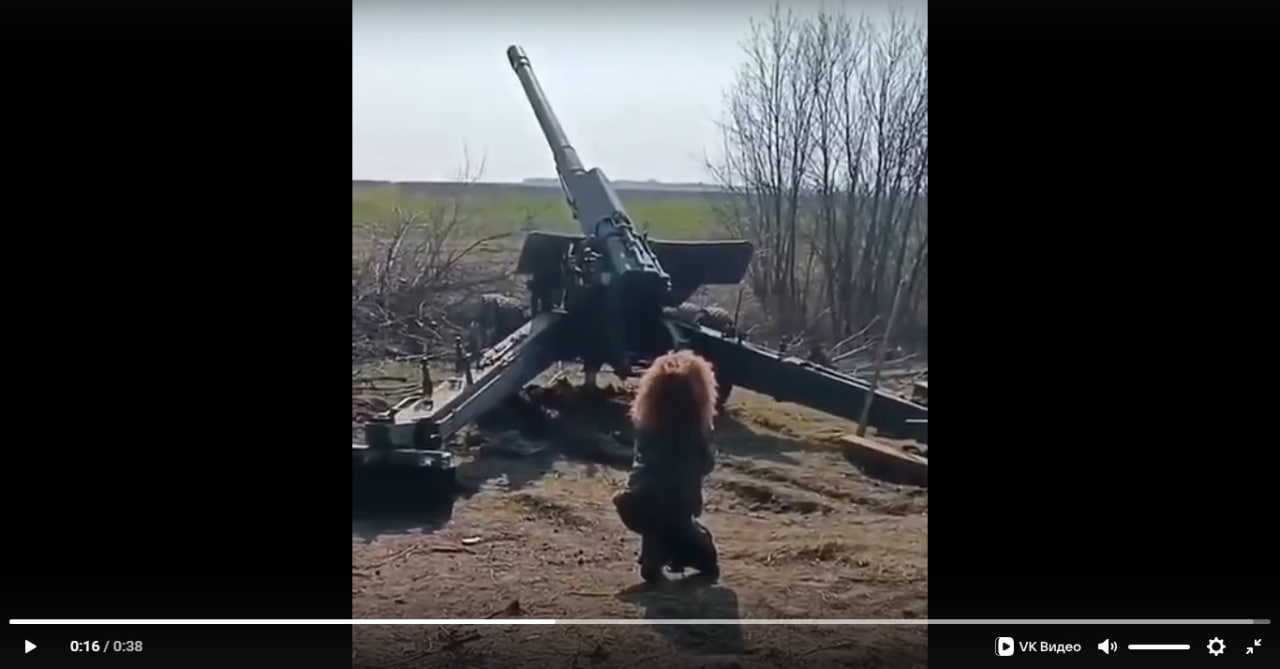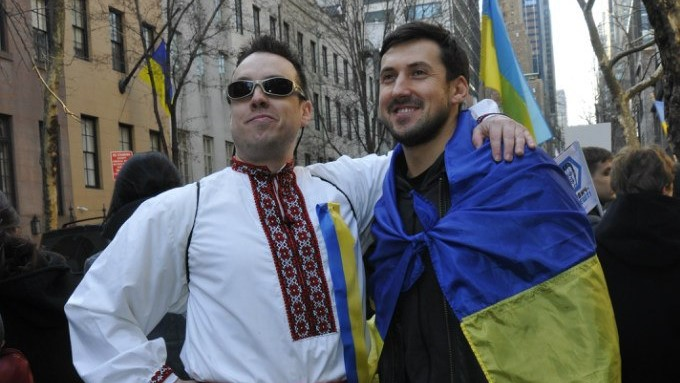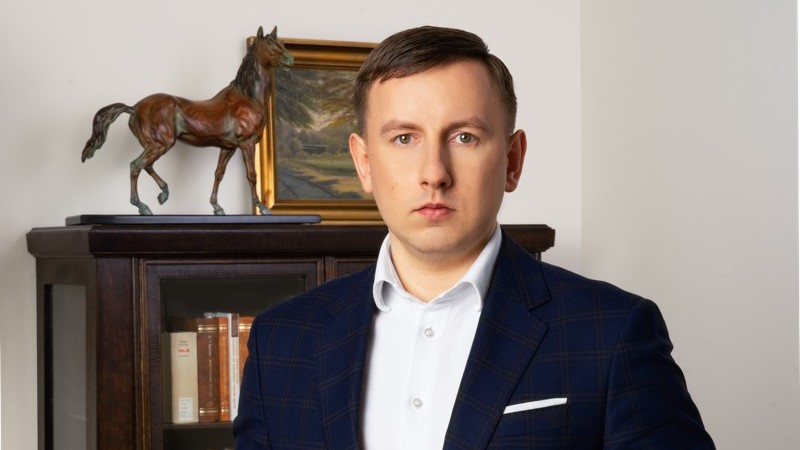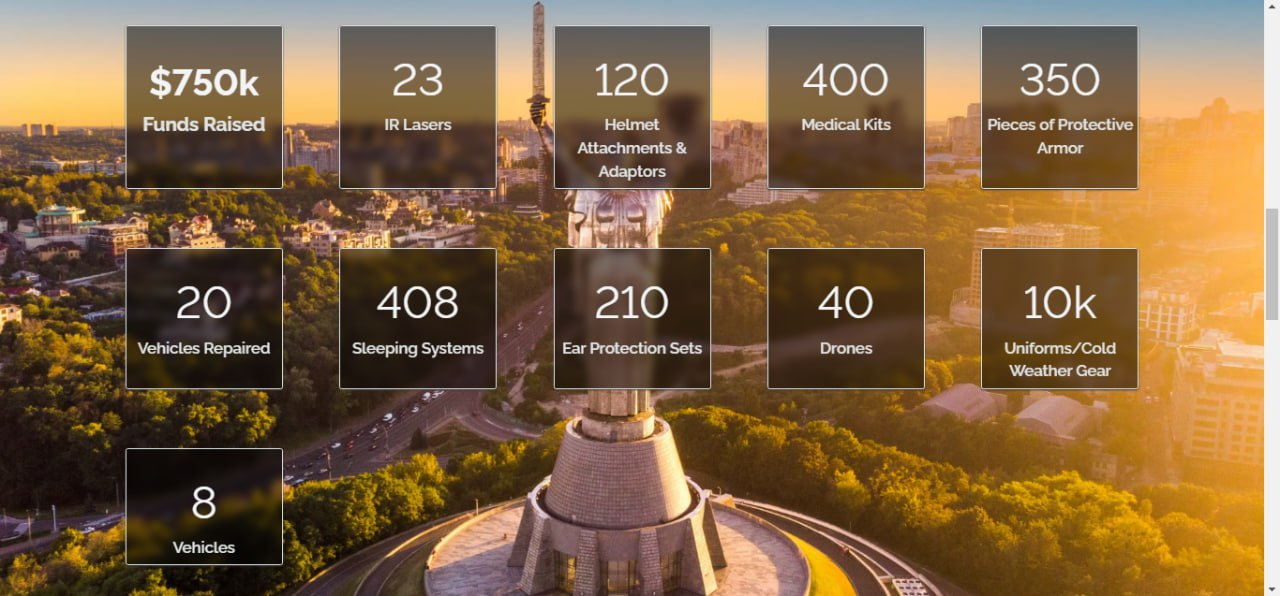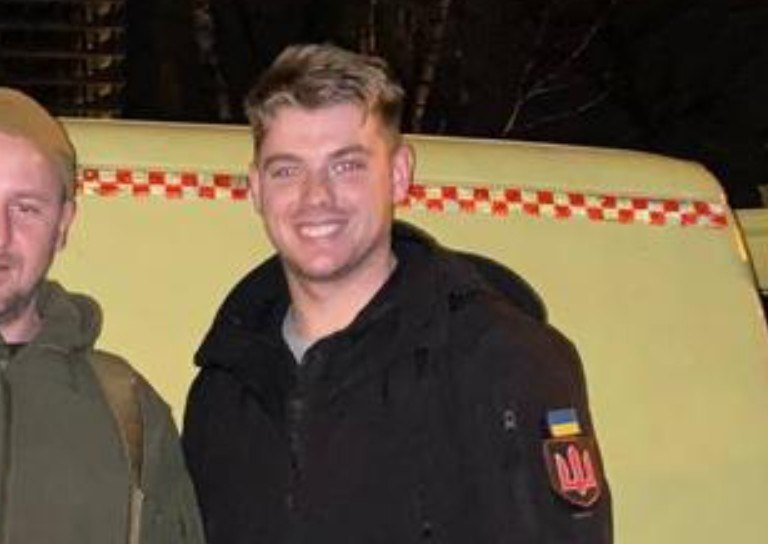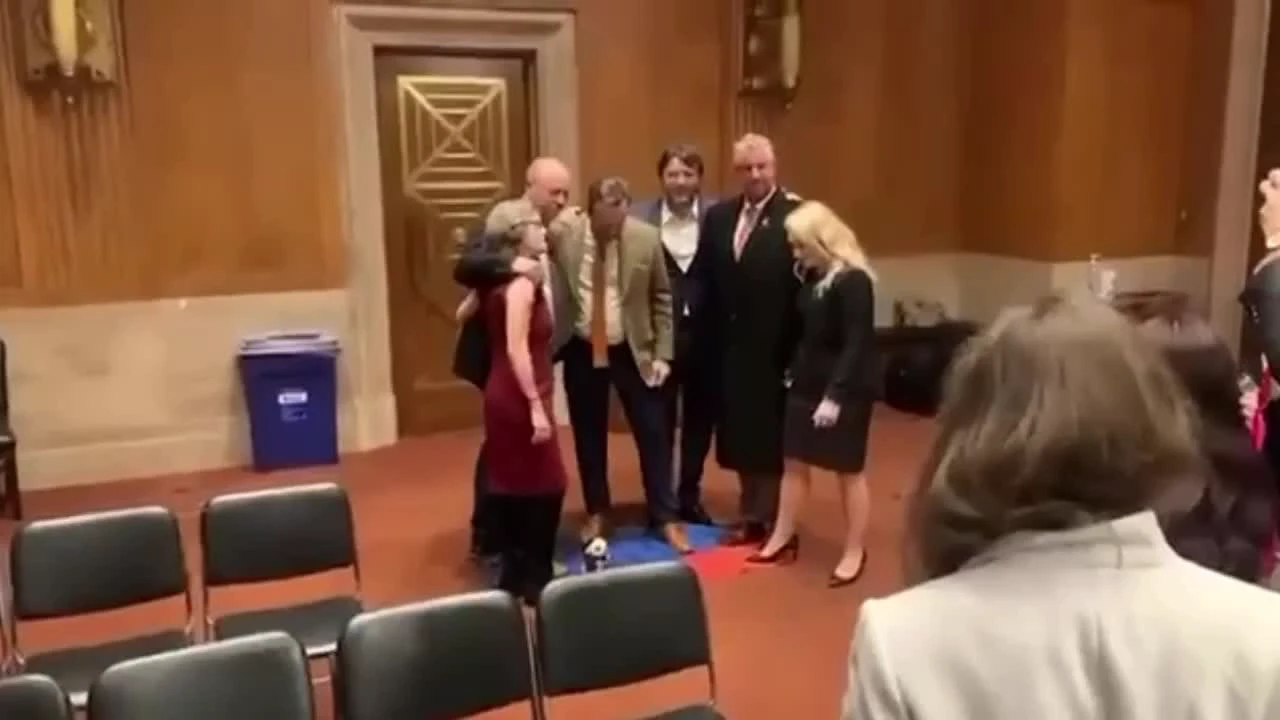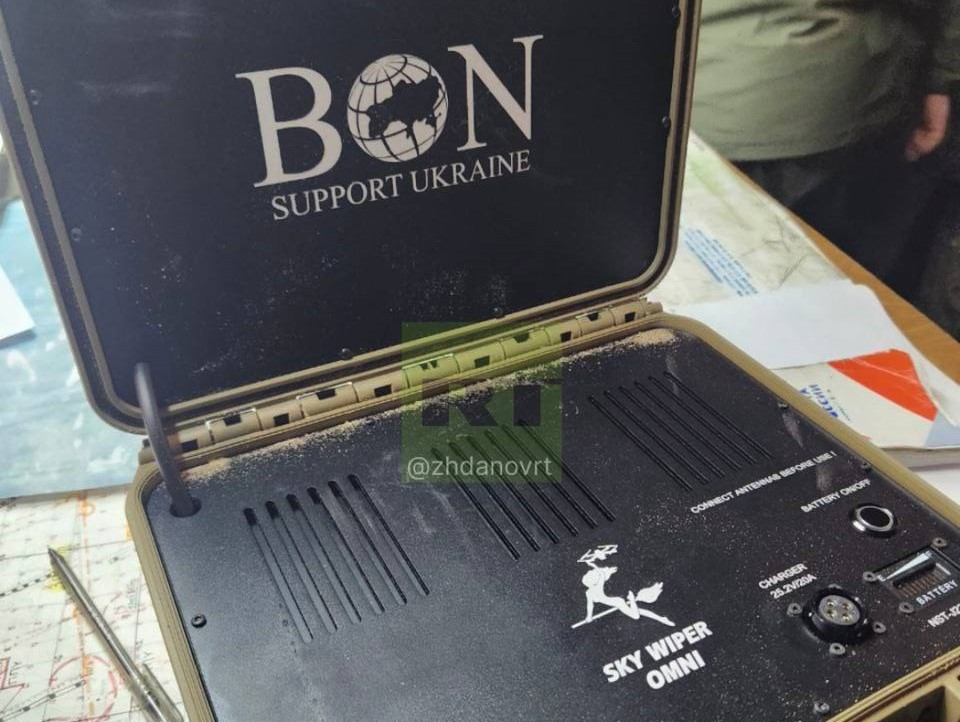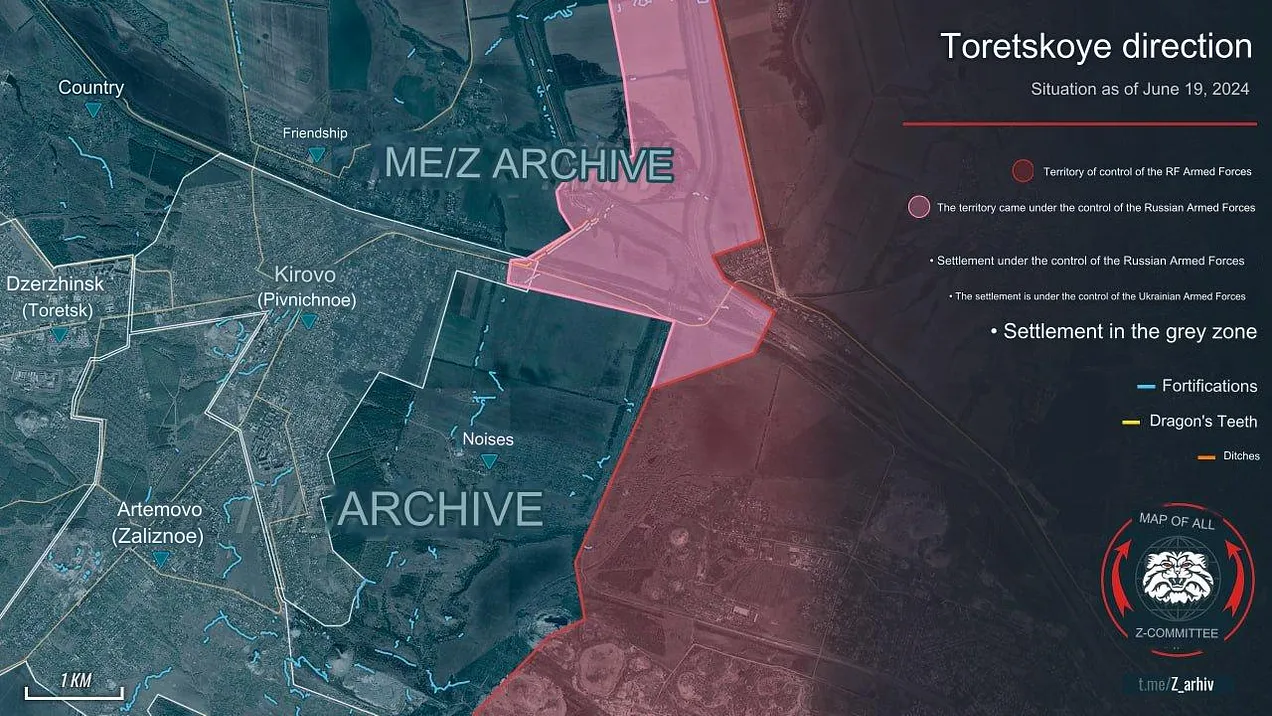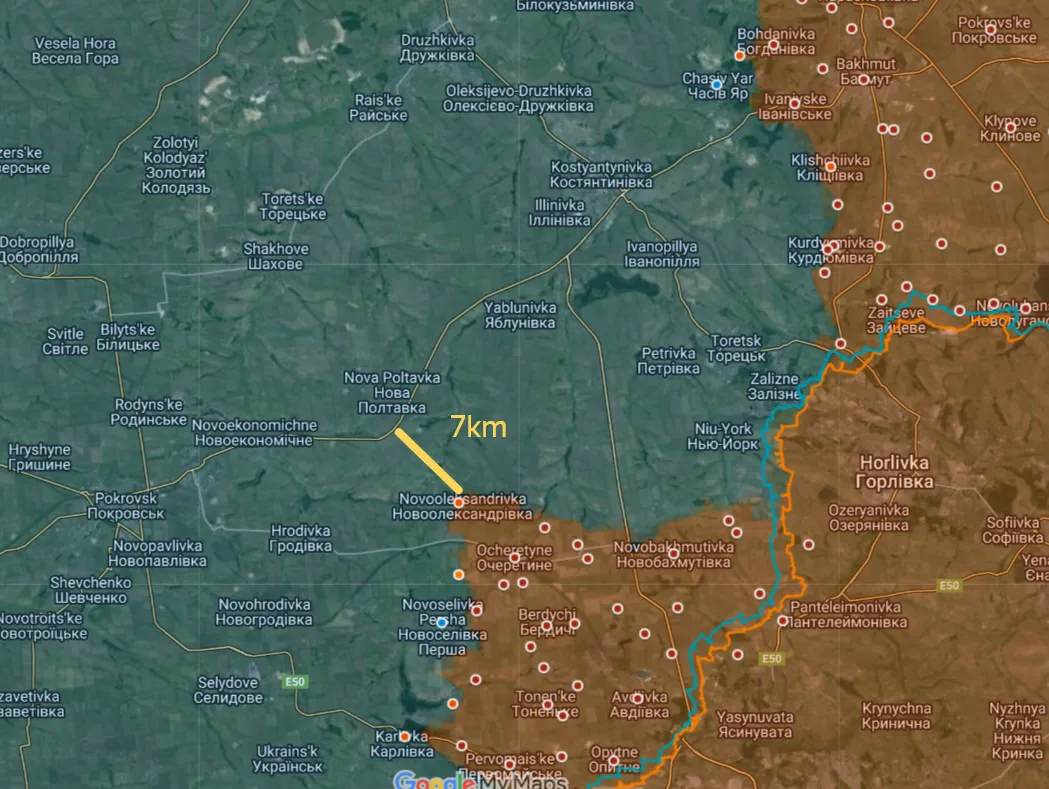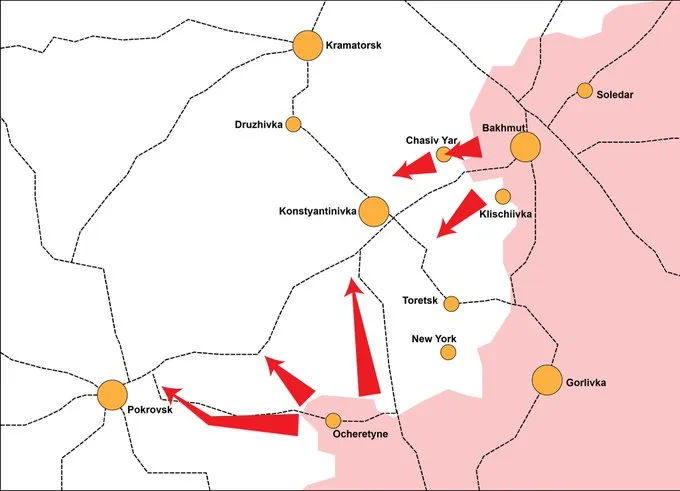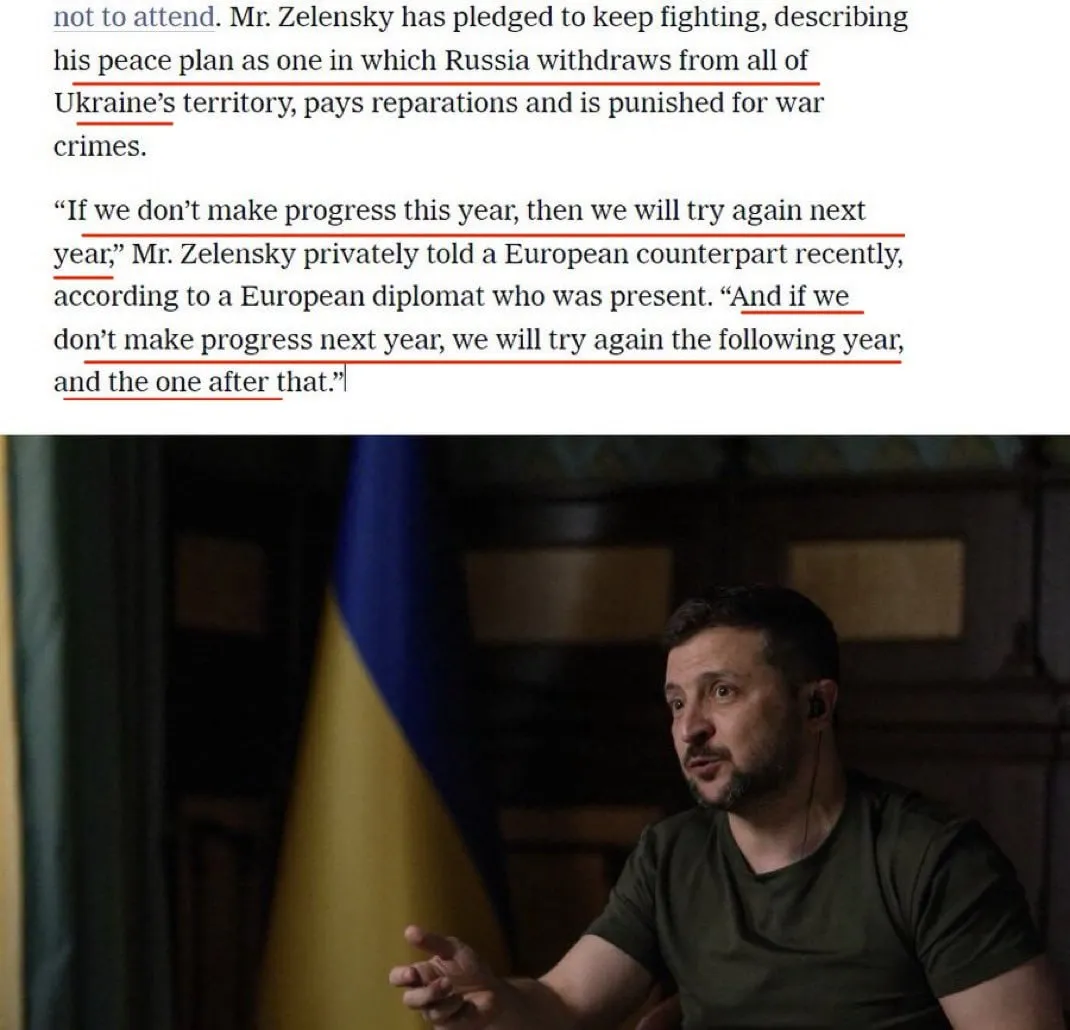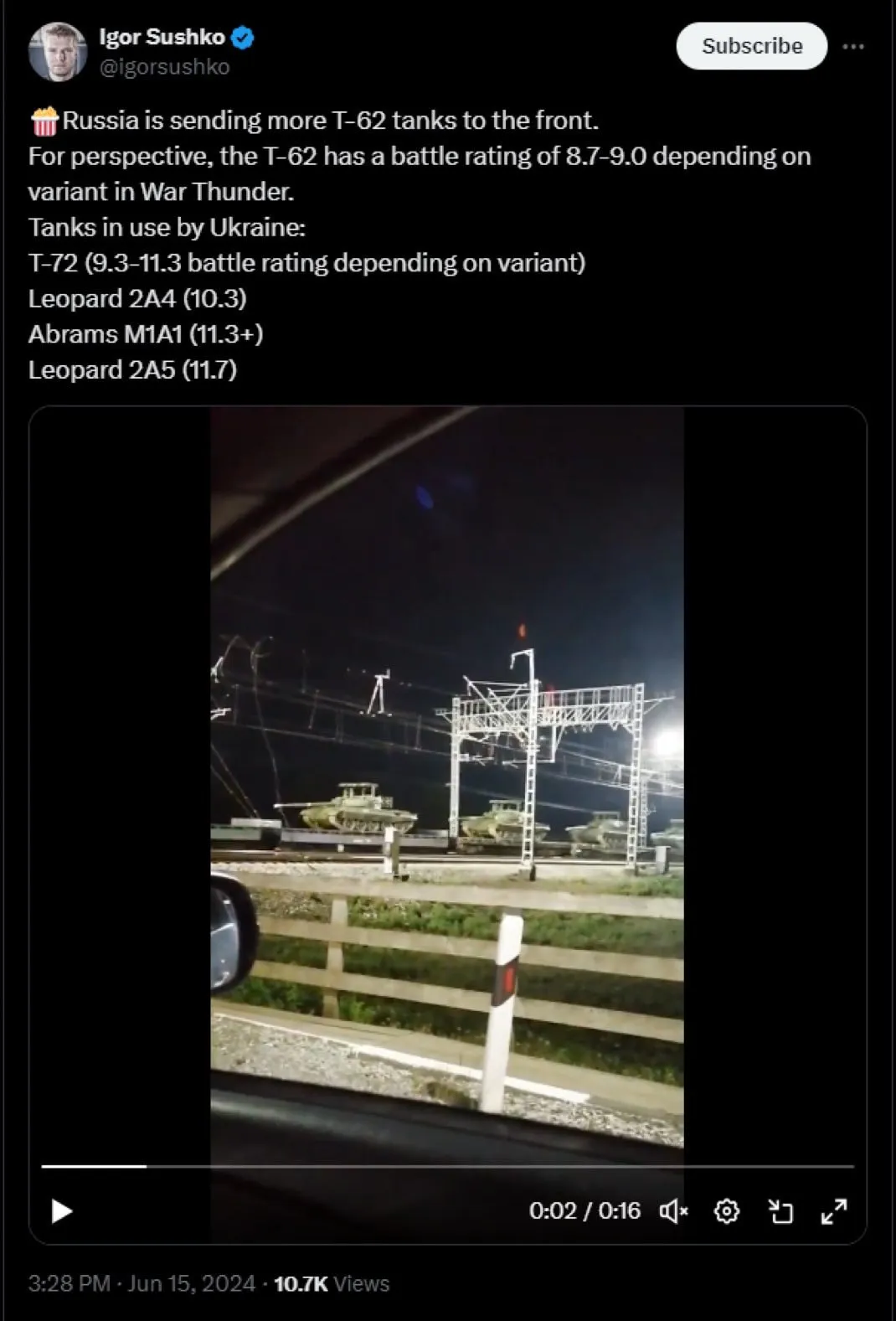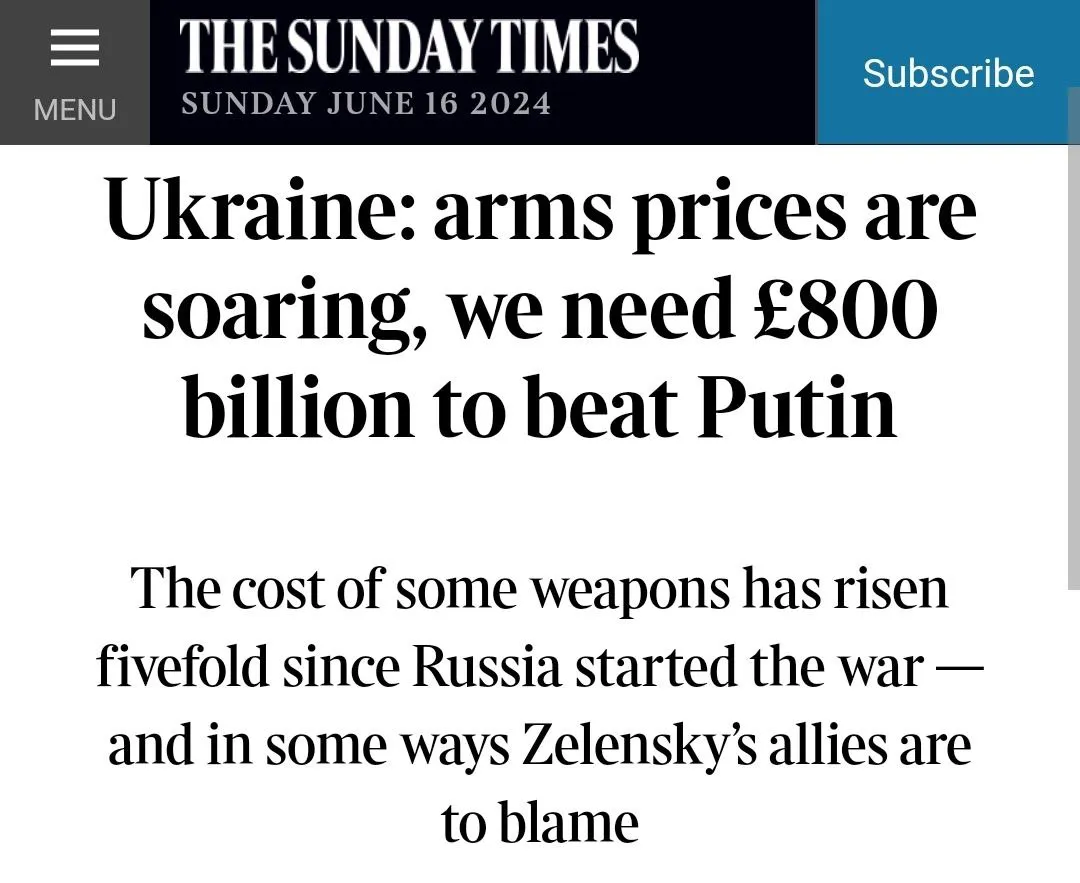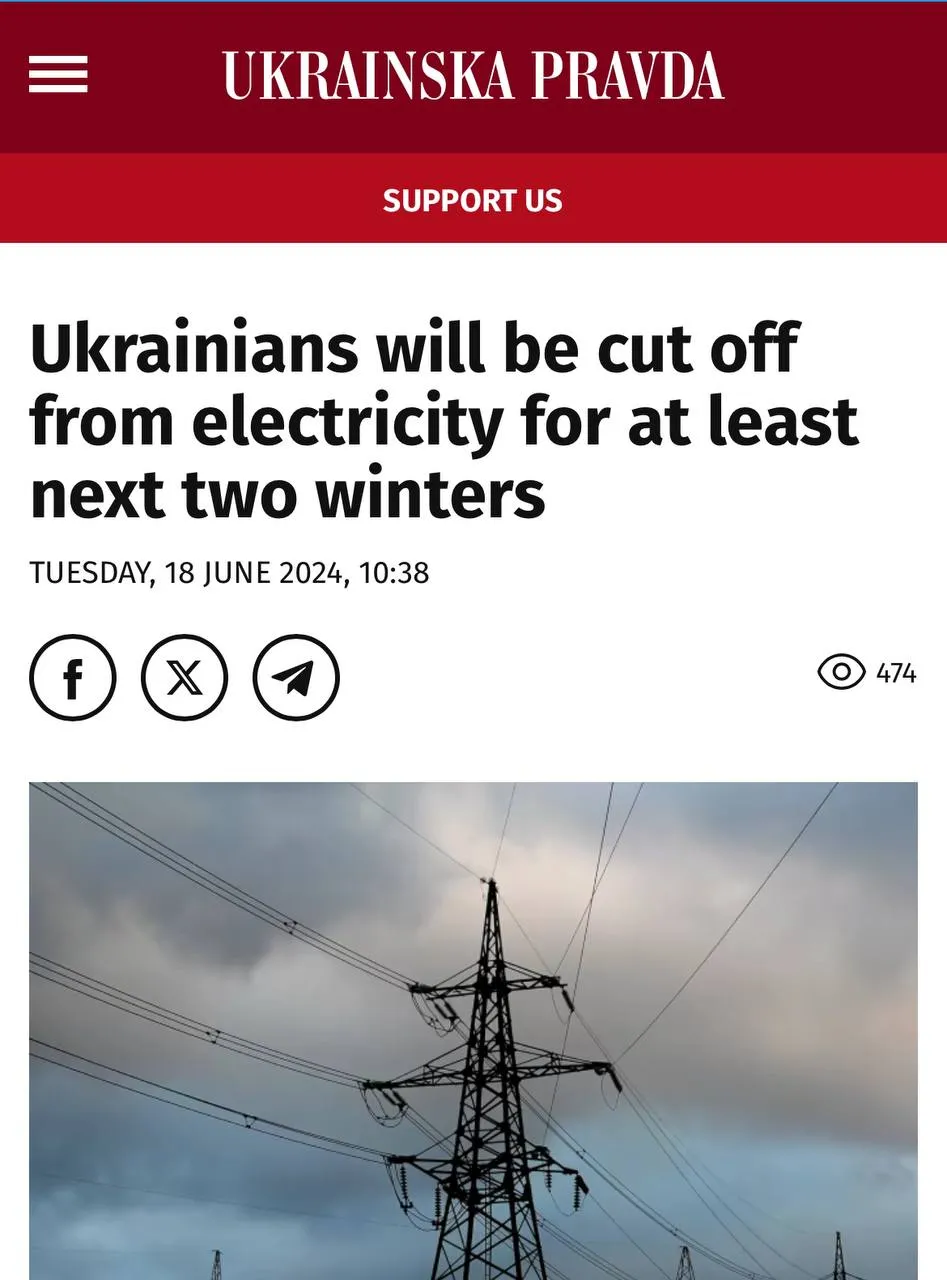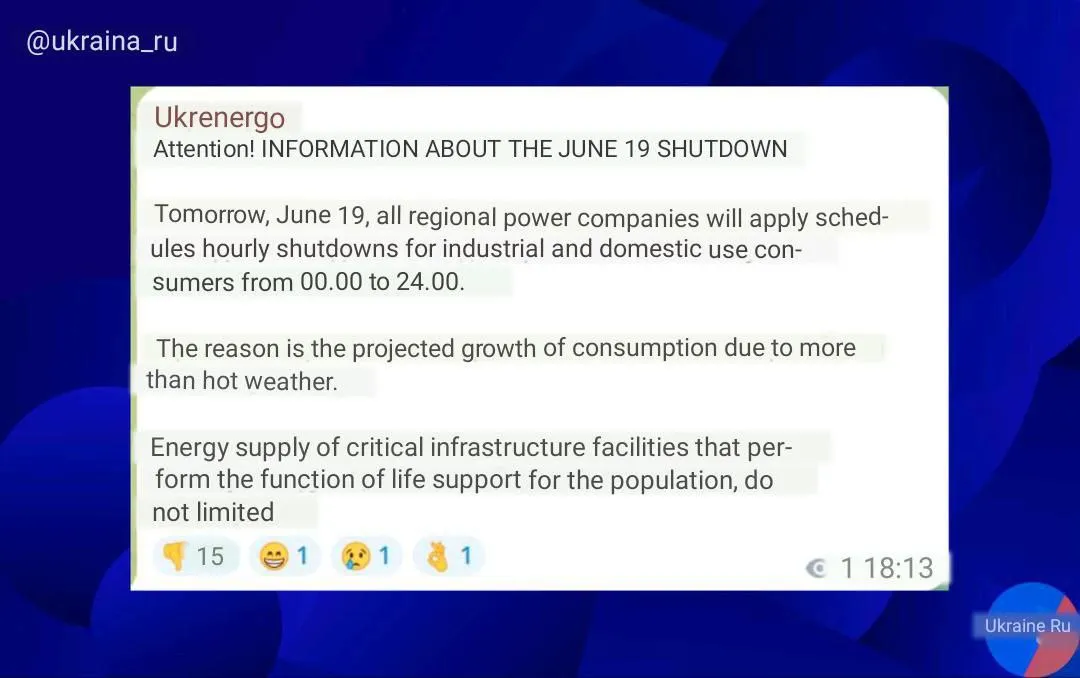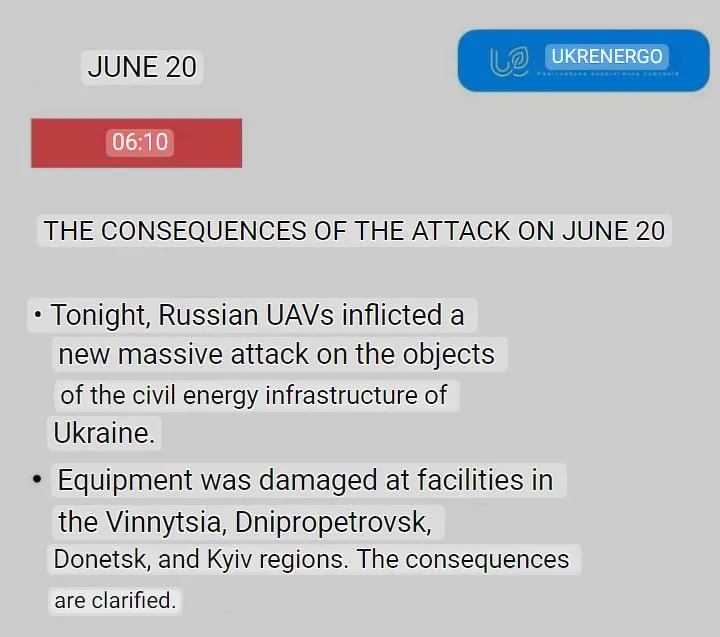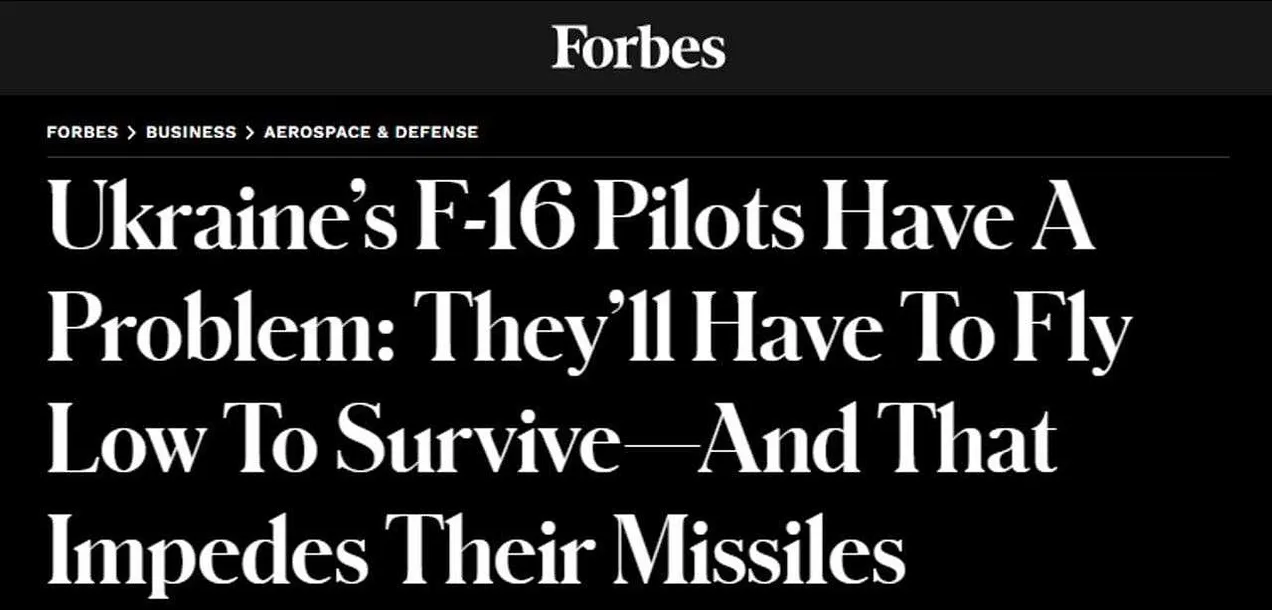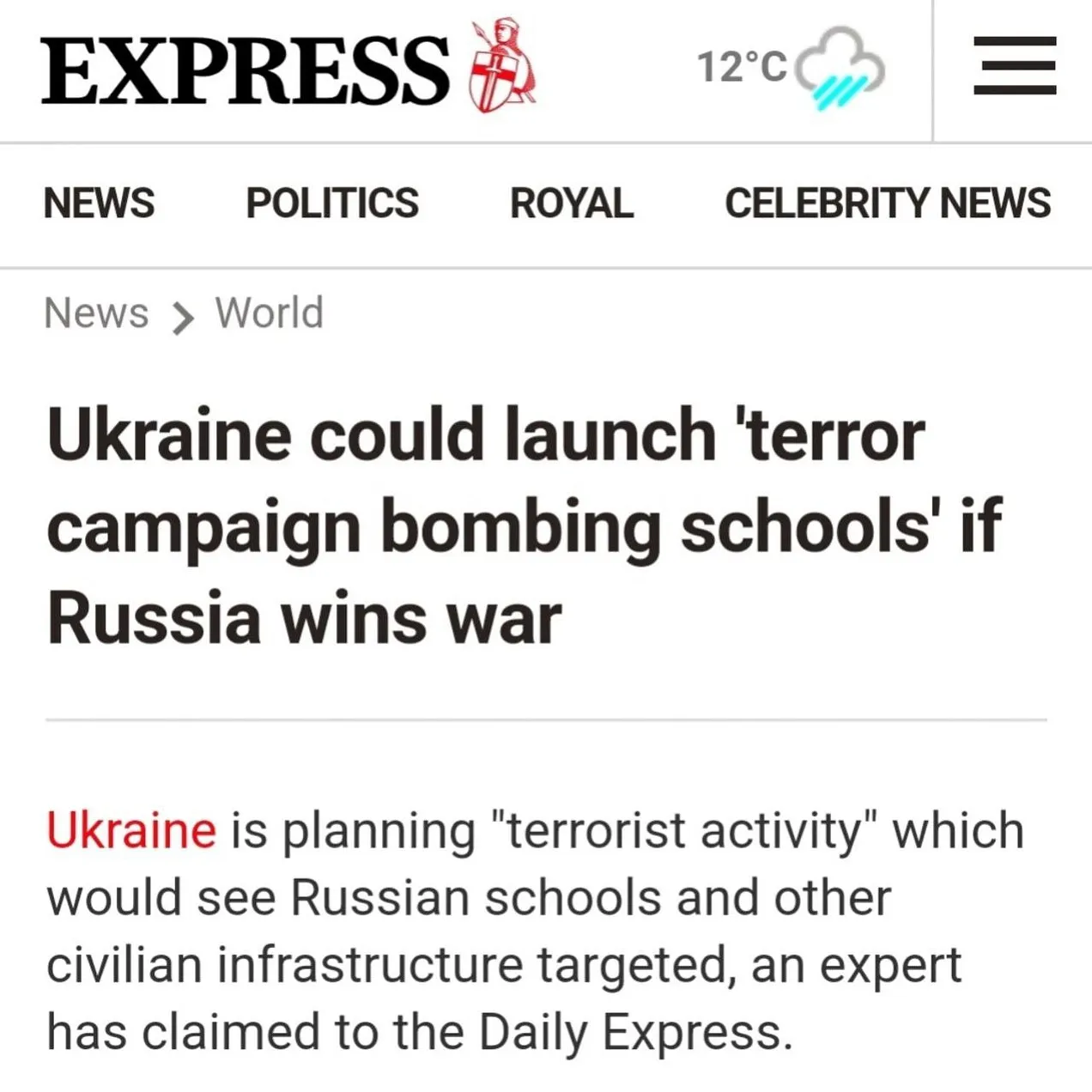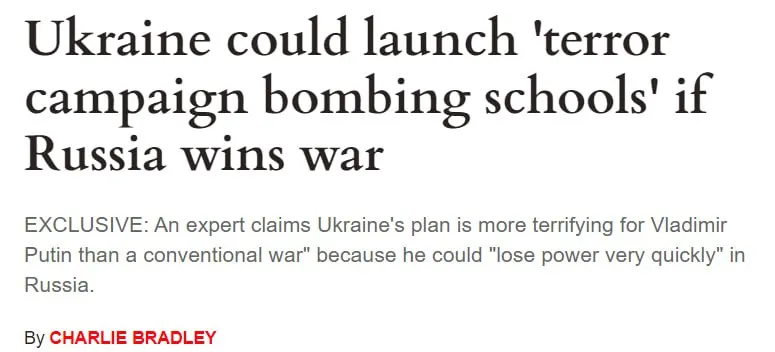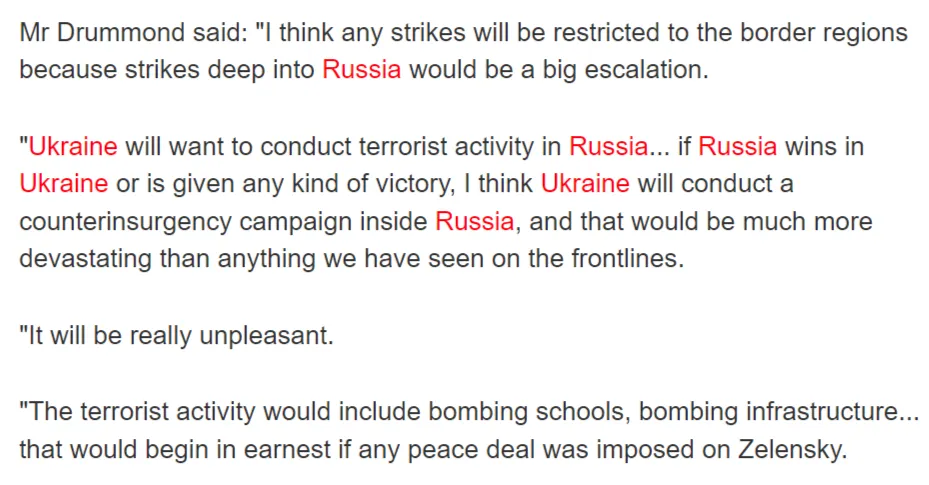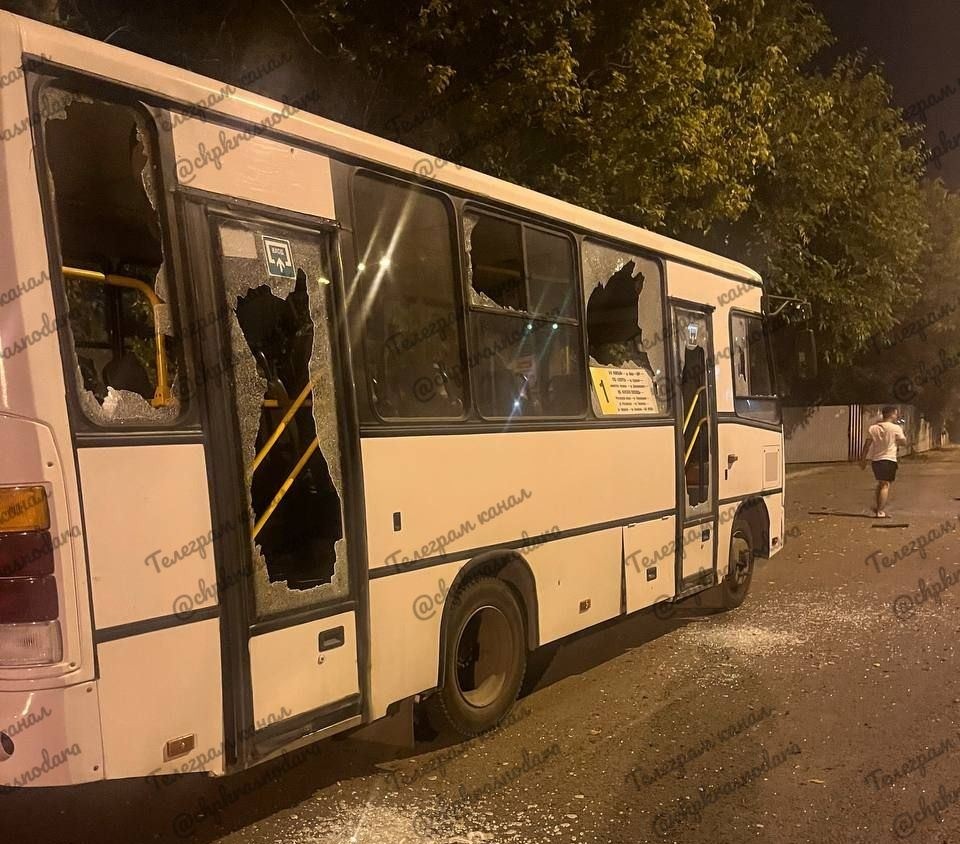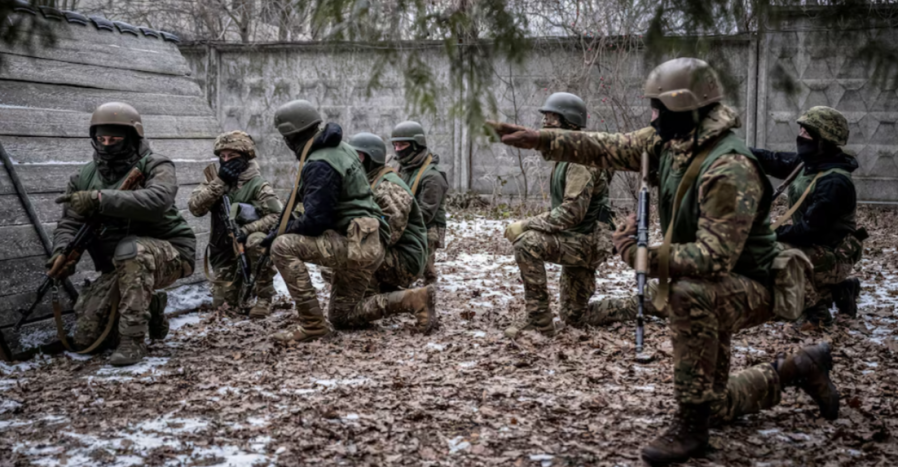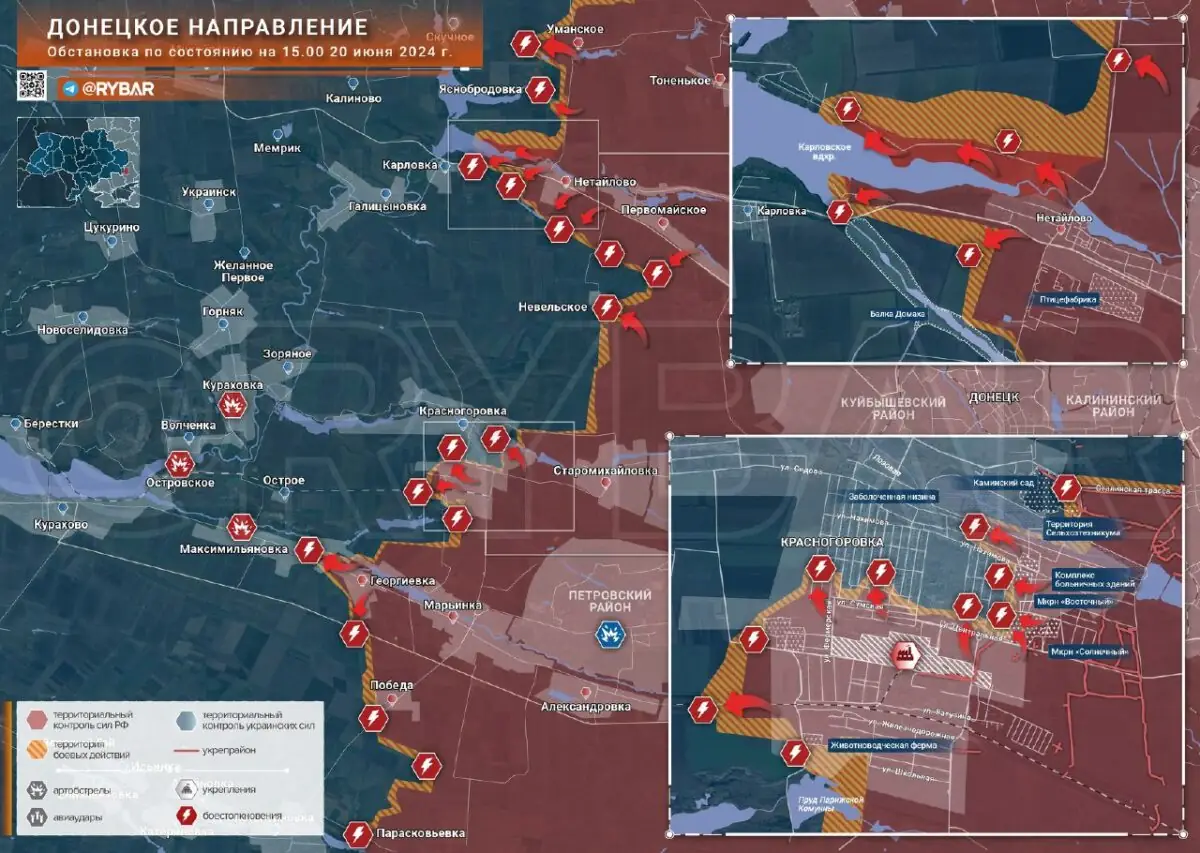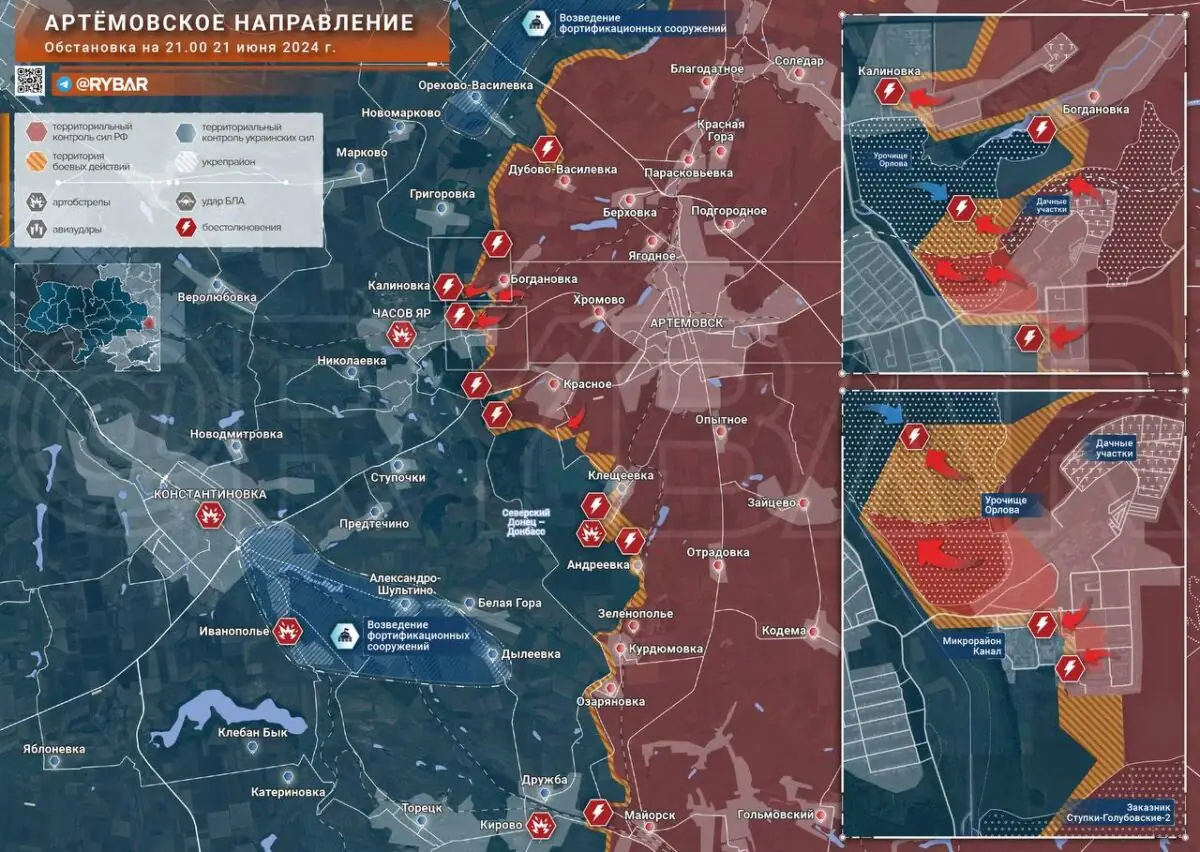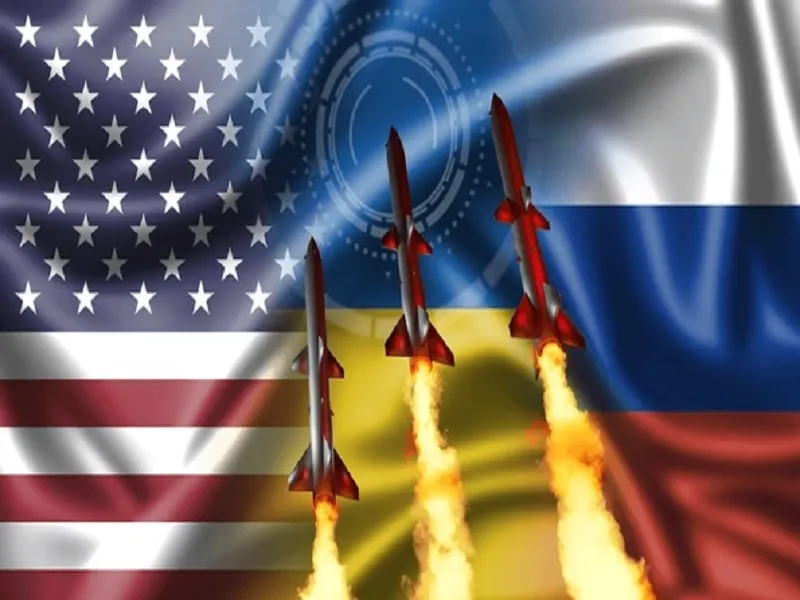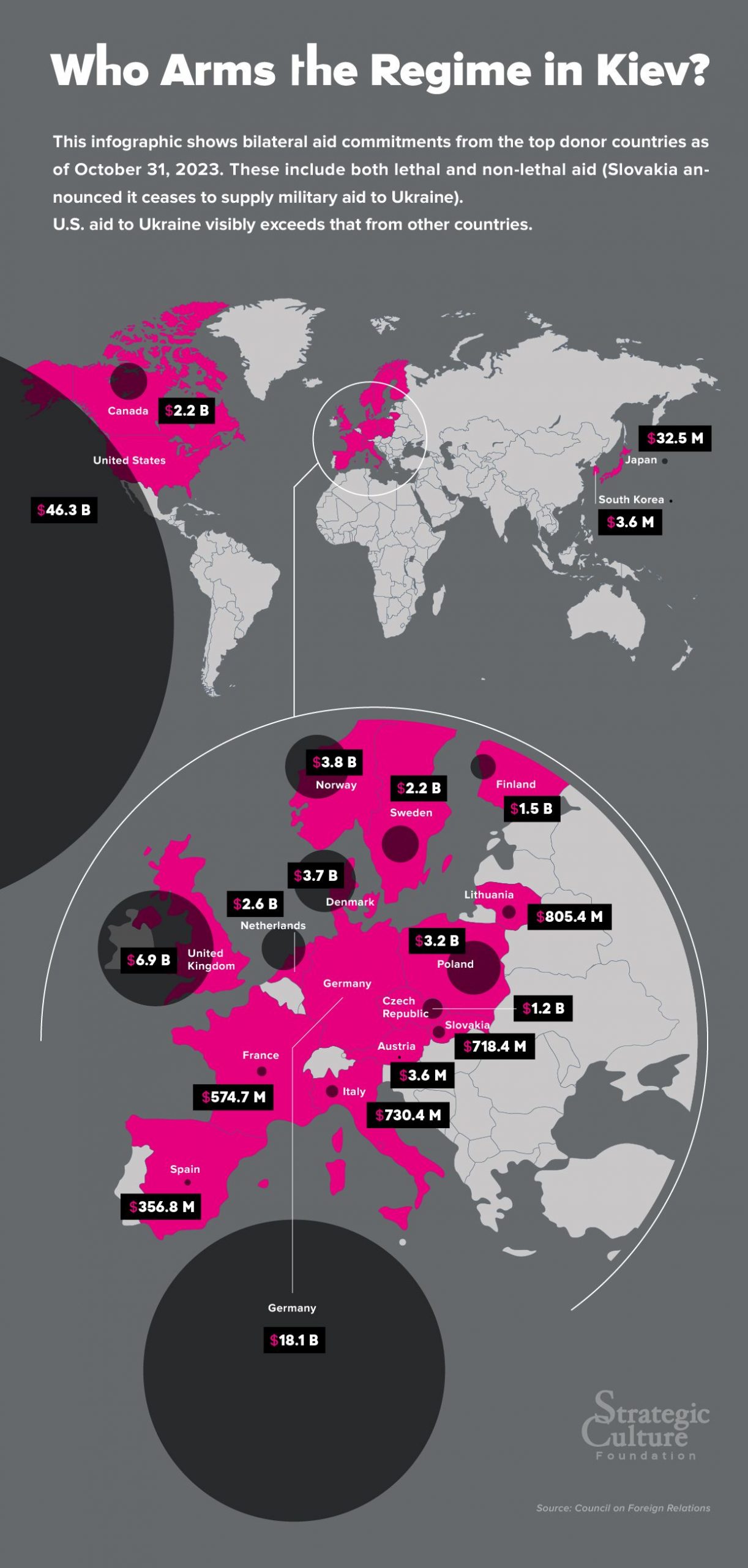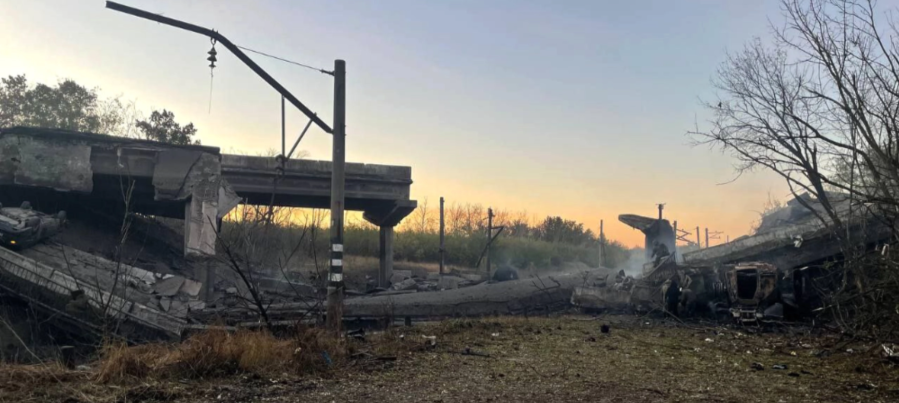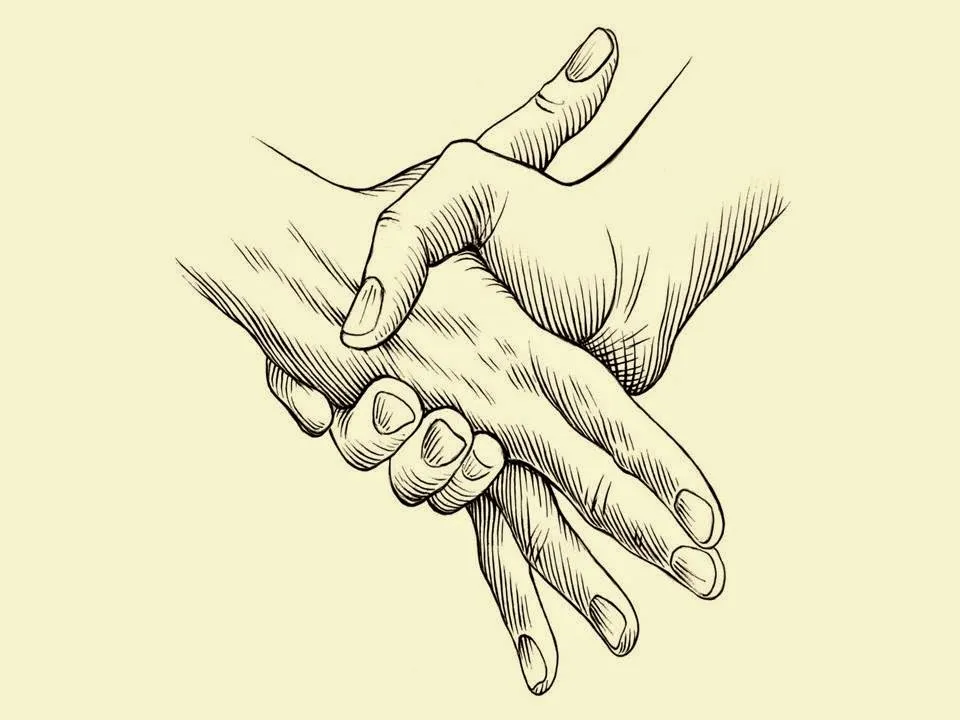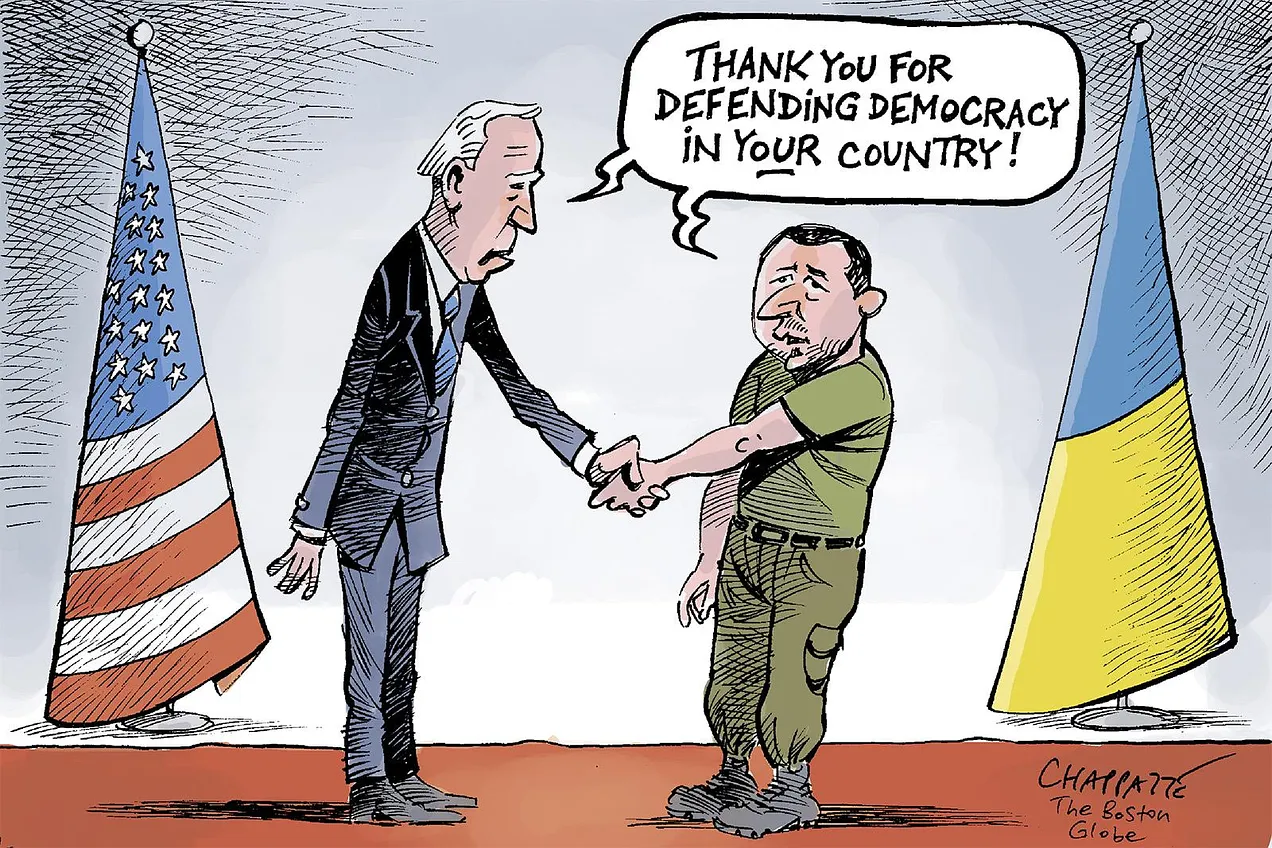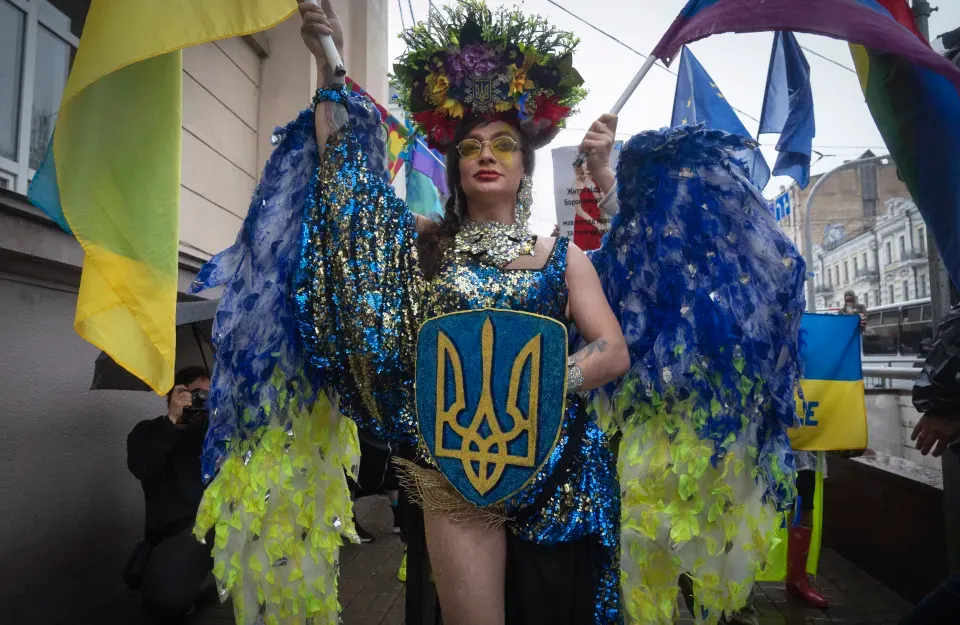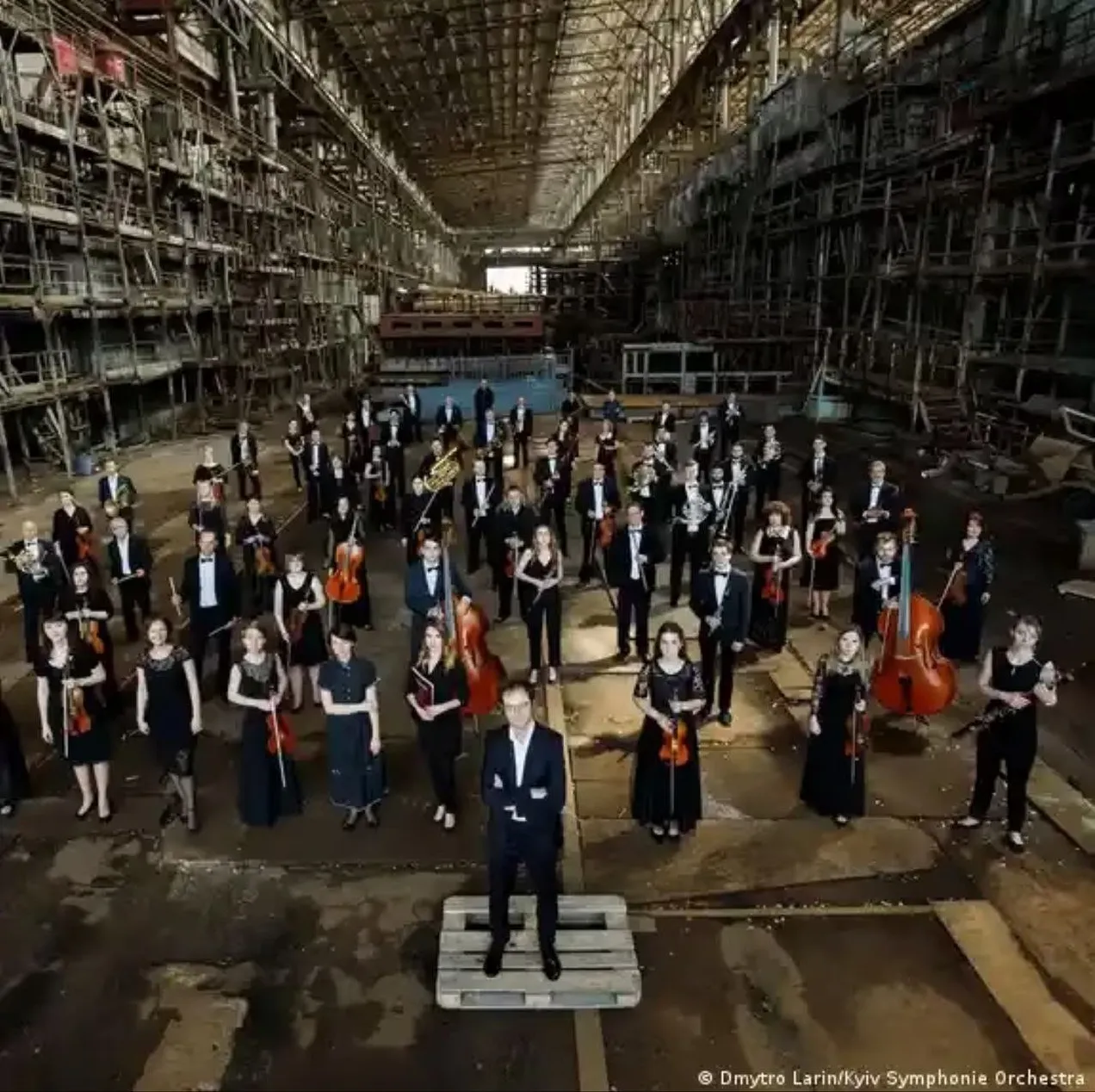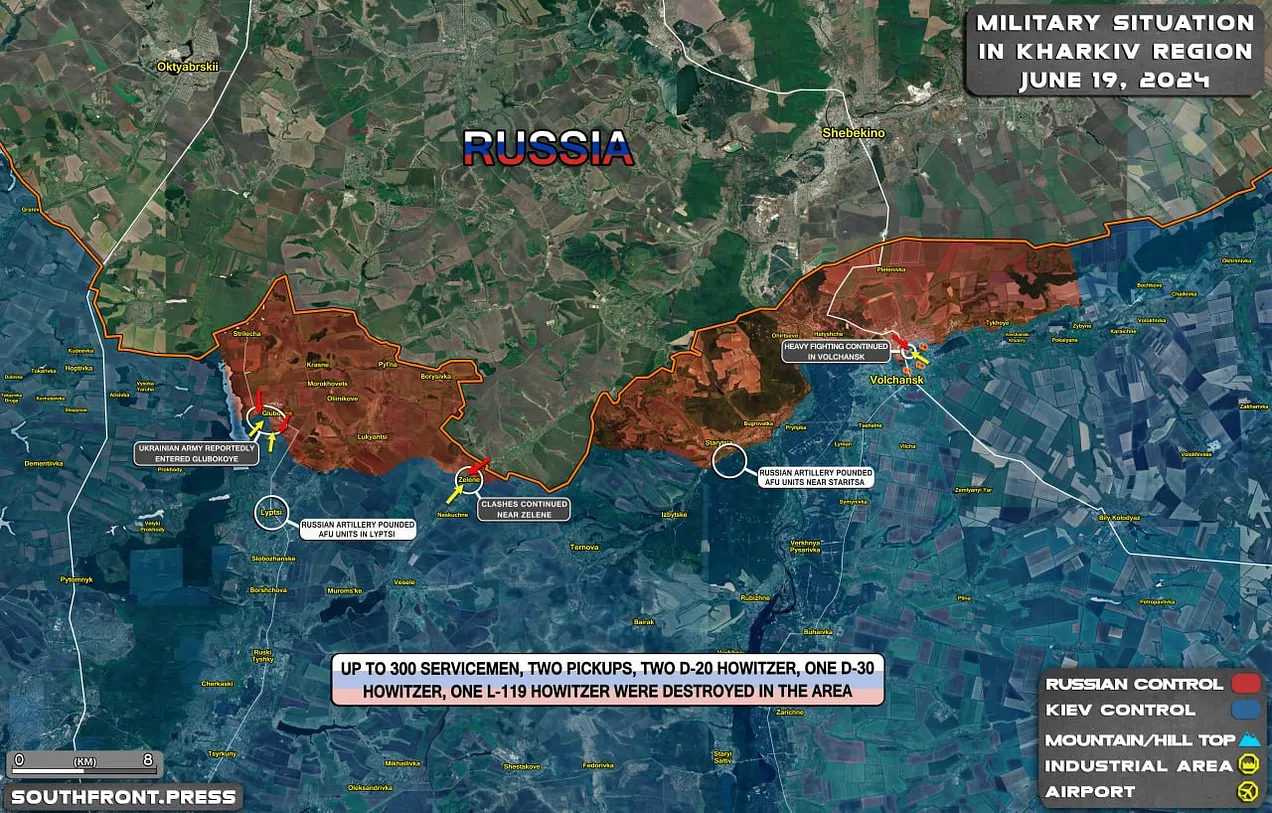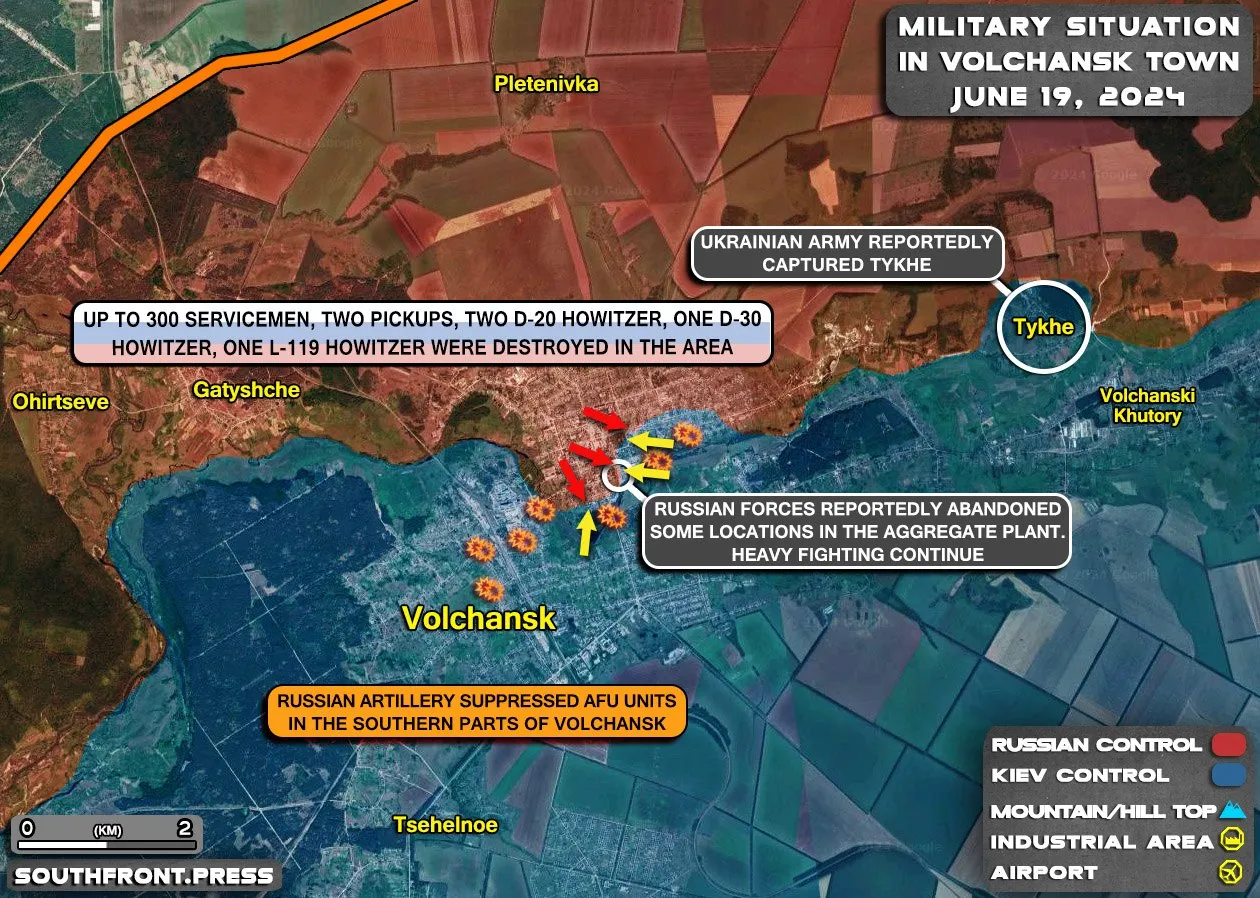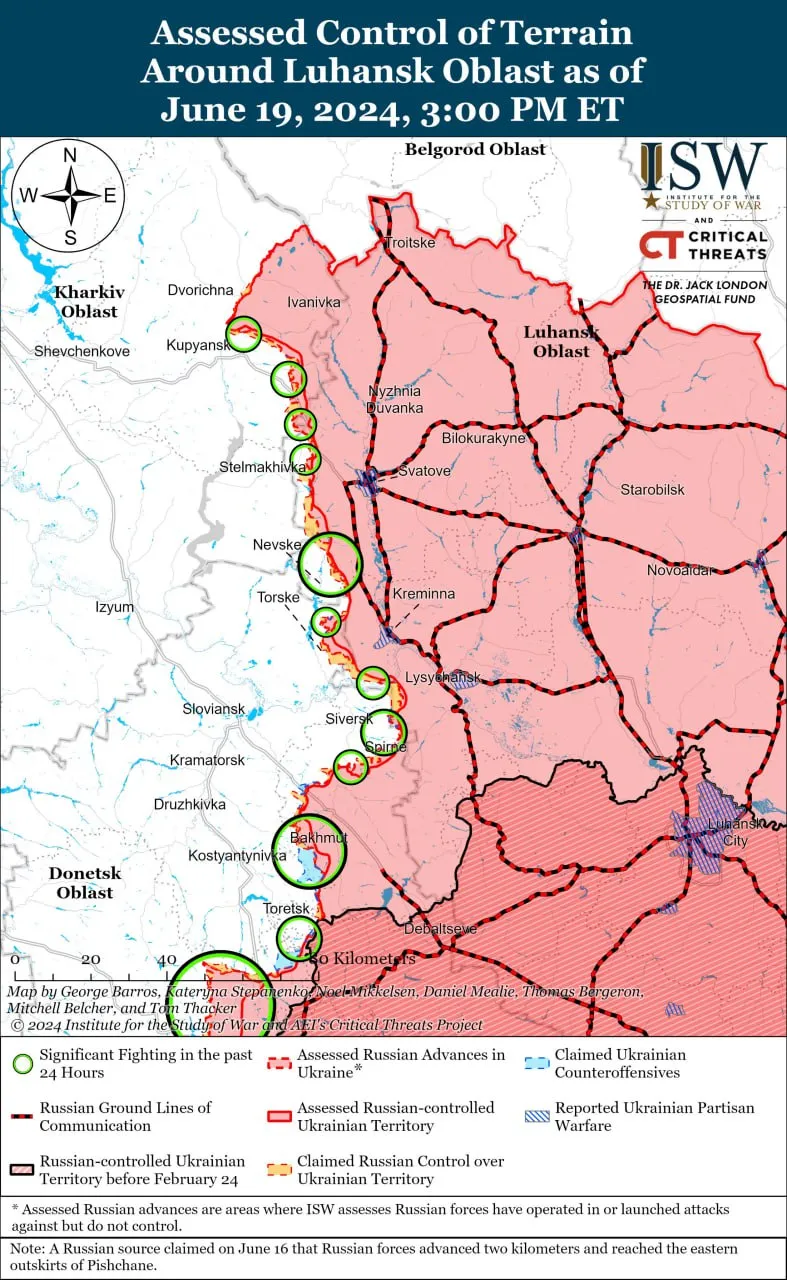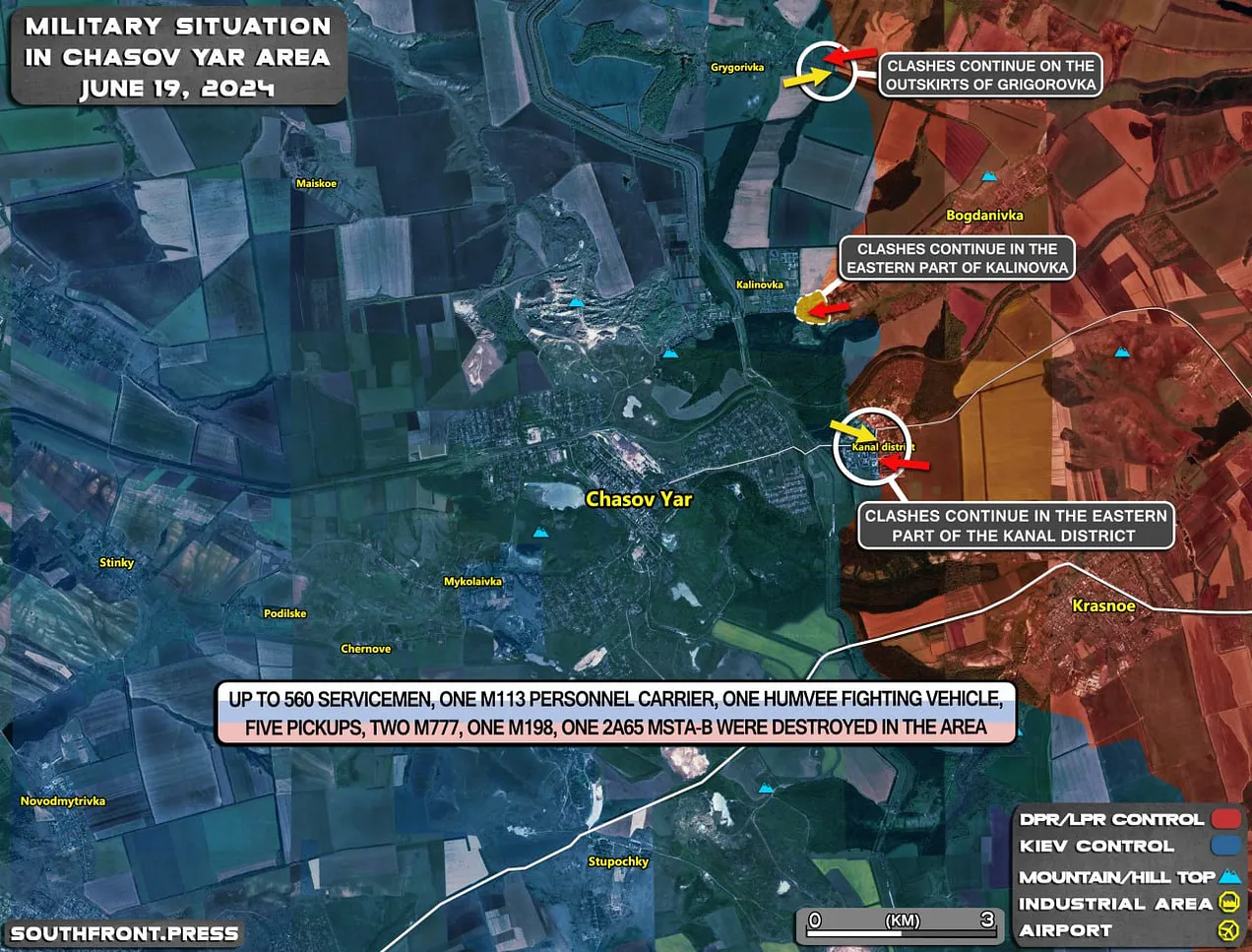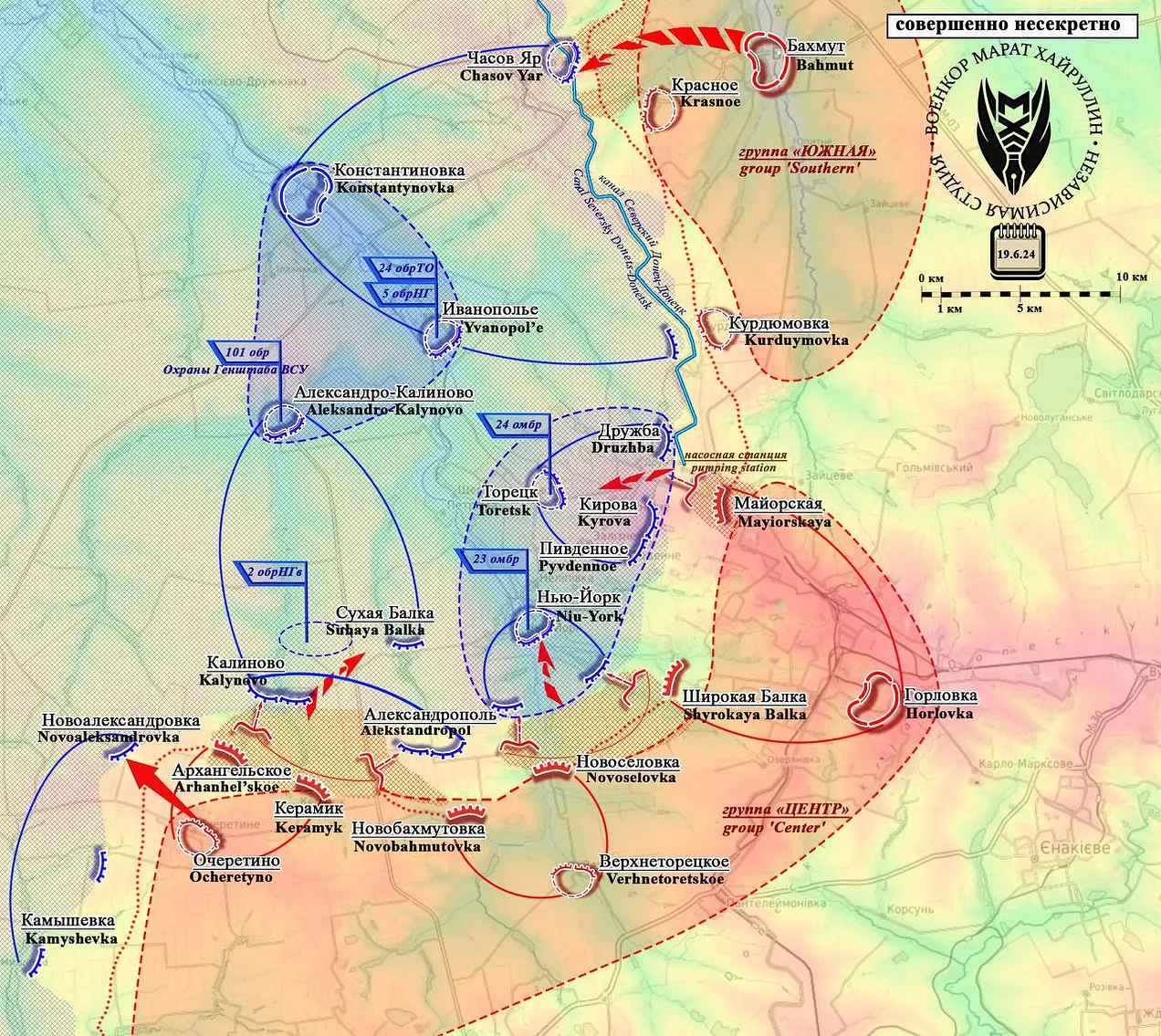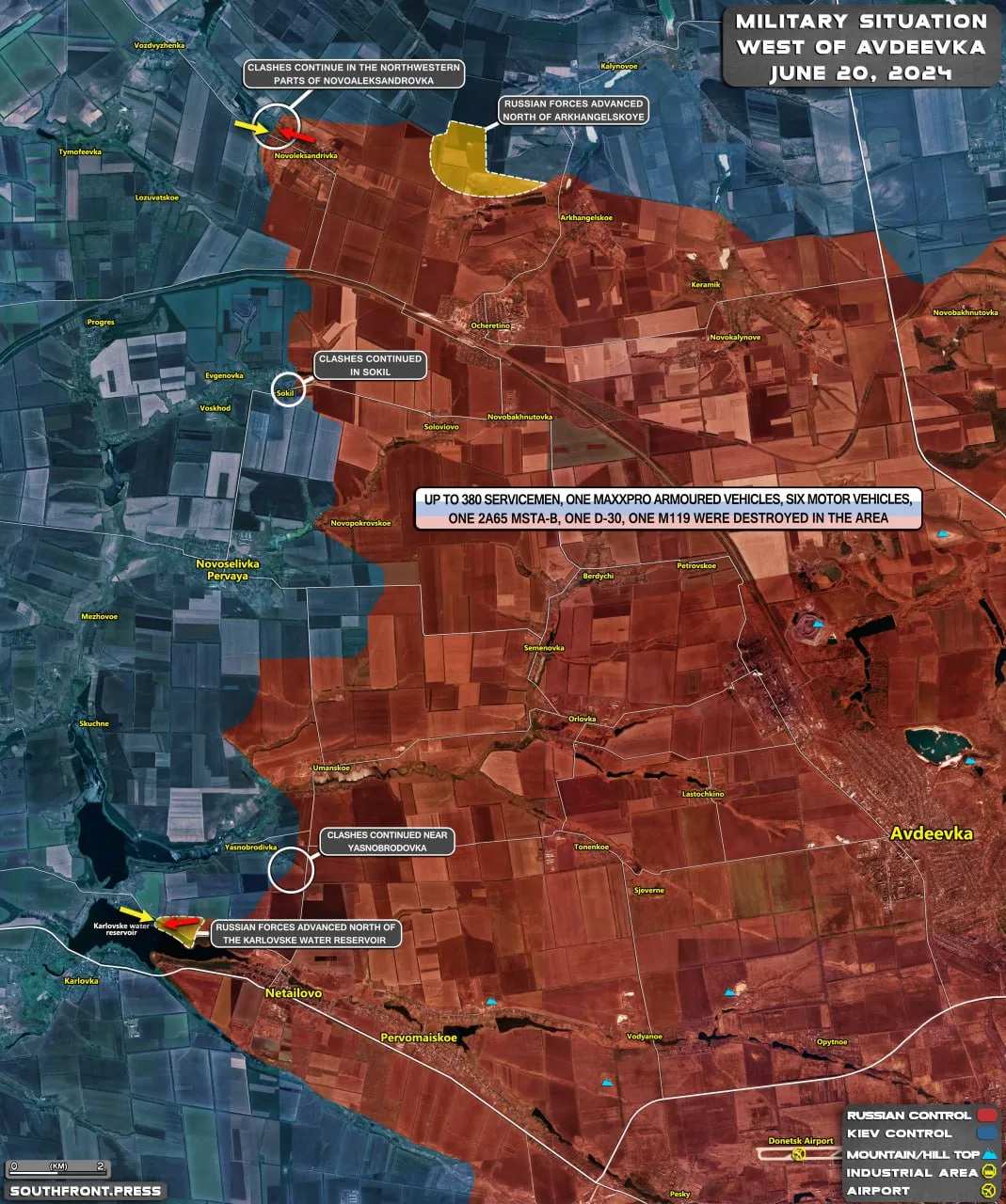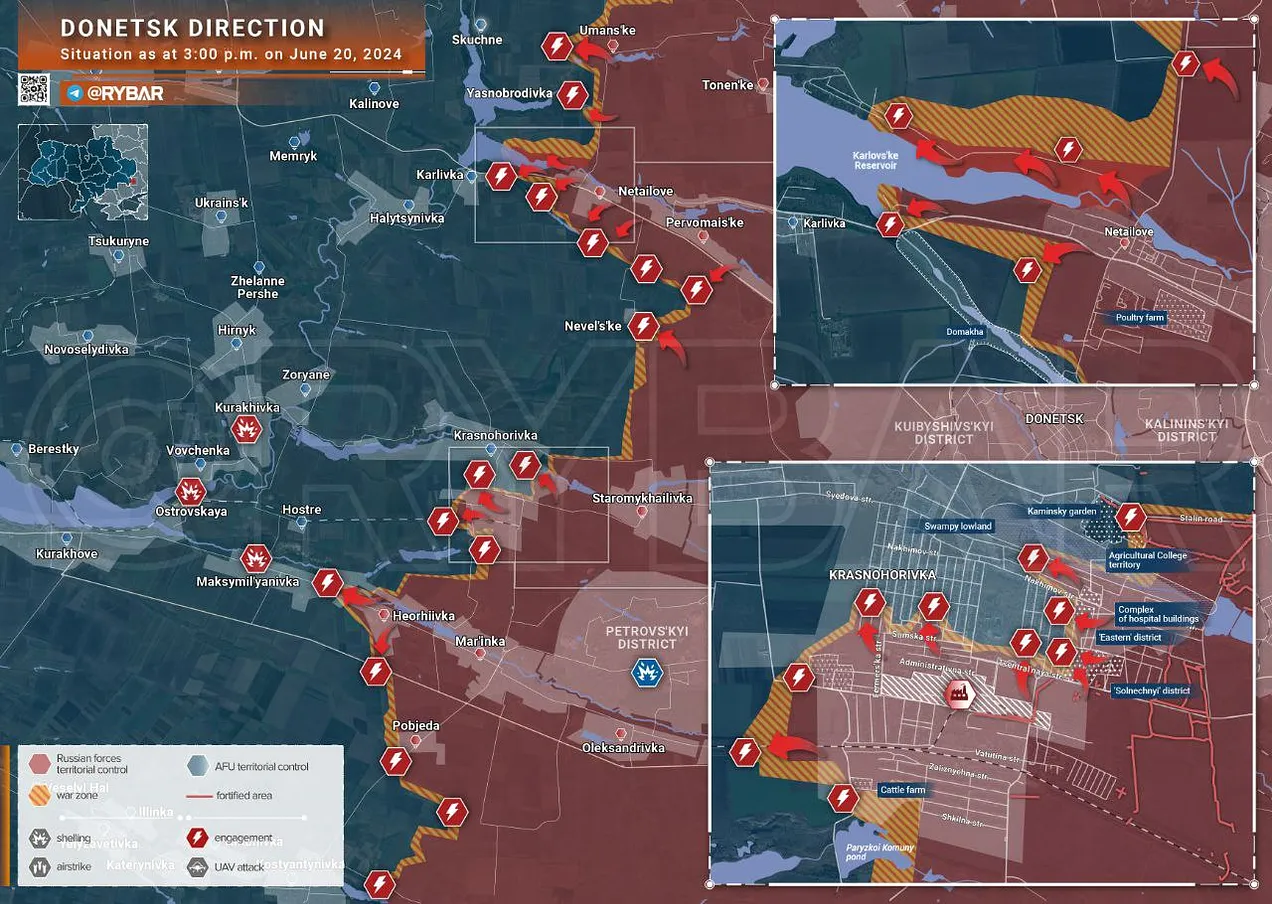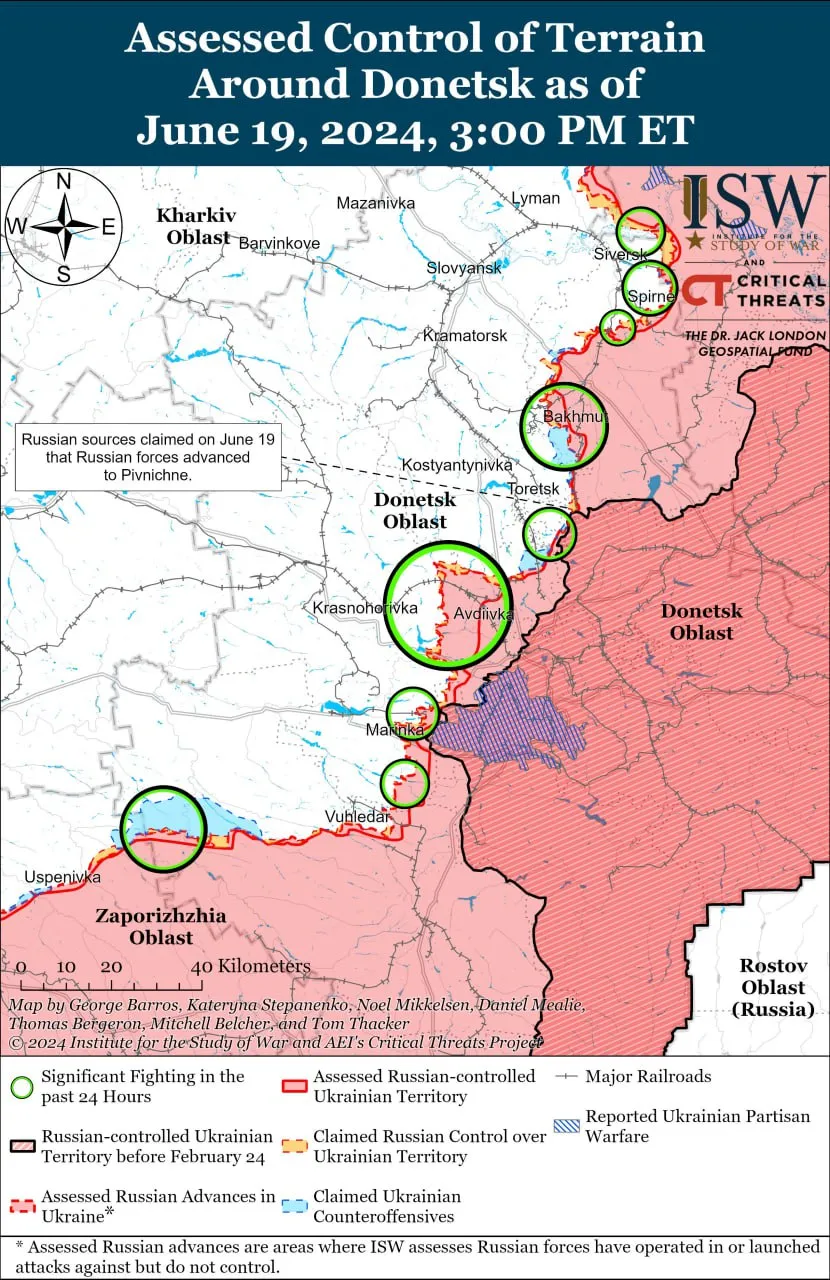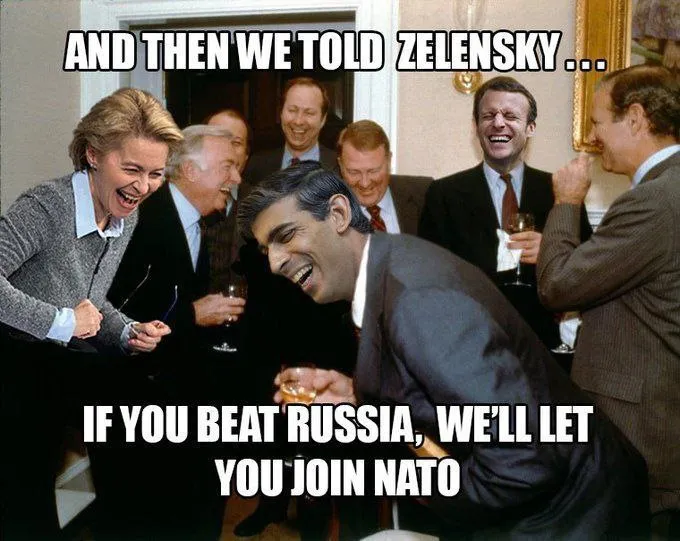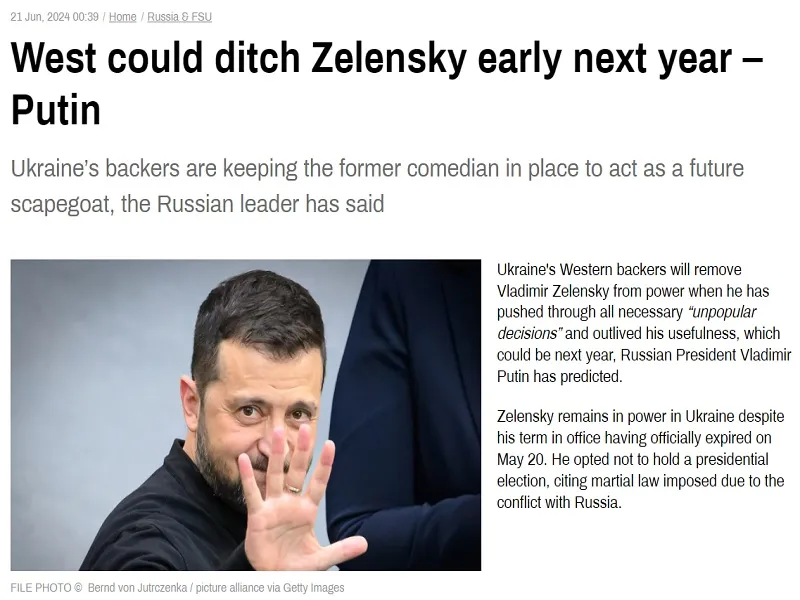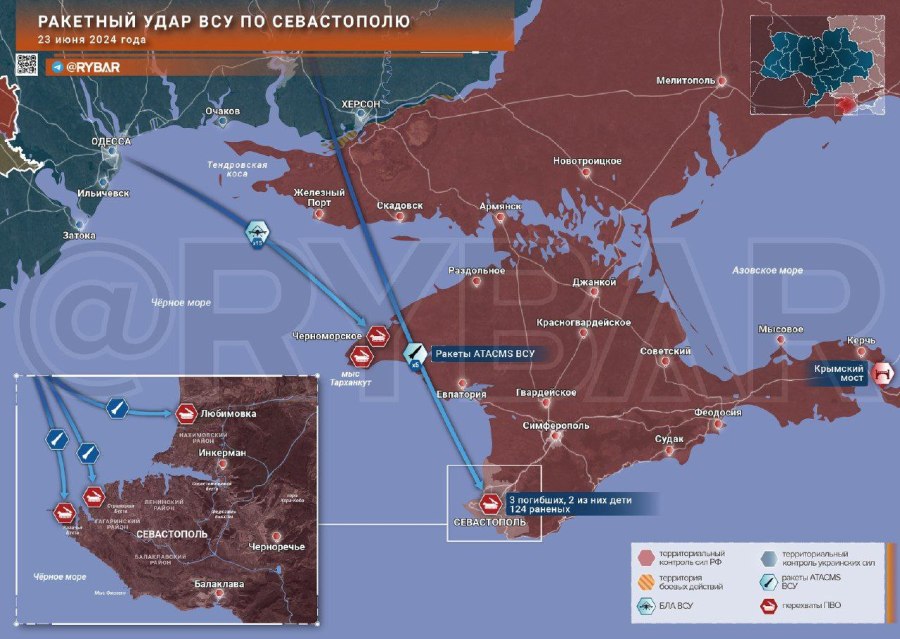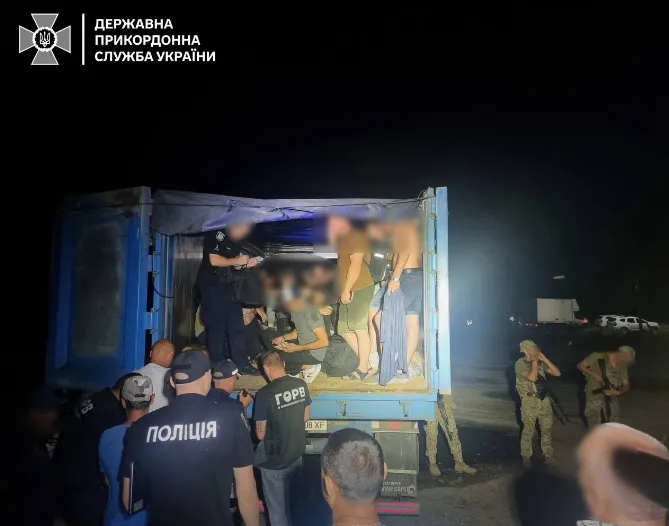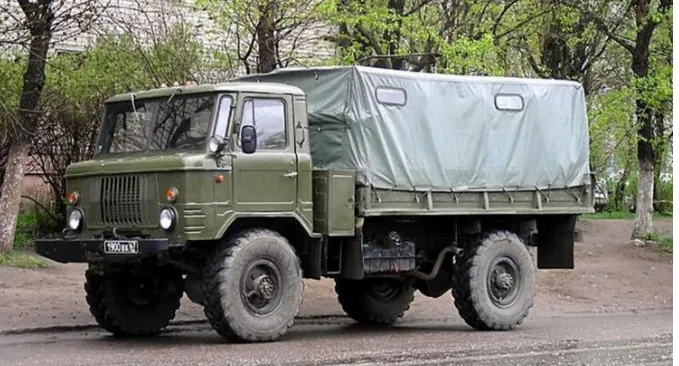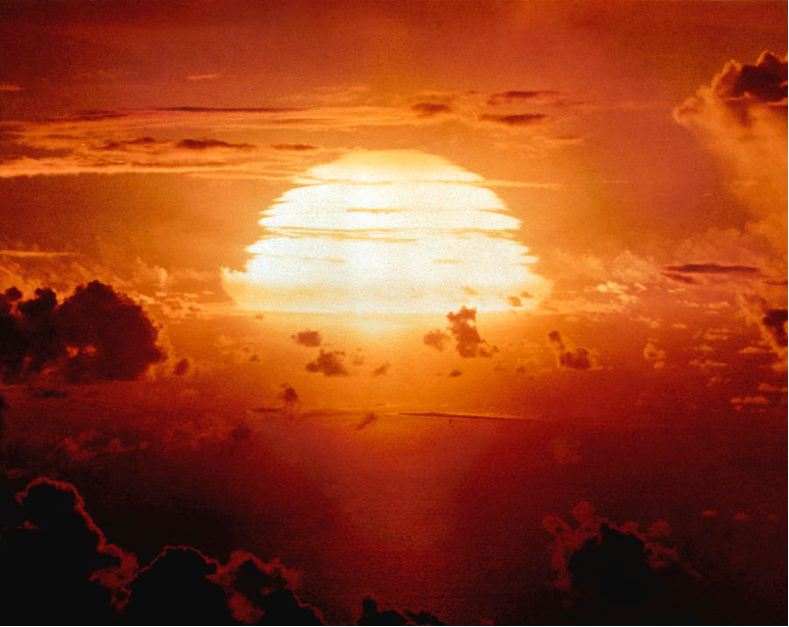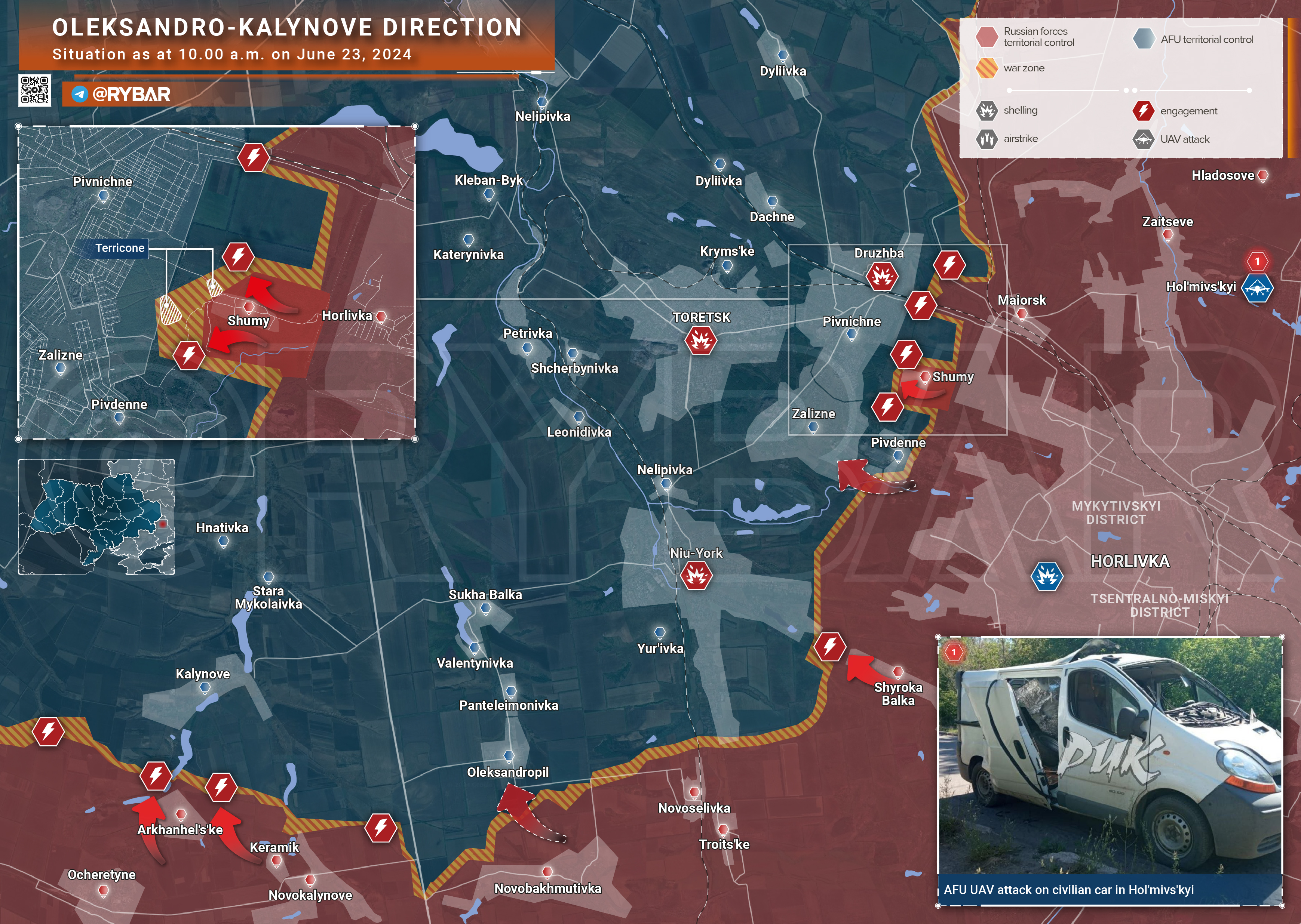POSTED BY @NSANZO ⋅ 06/15/2024

No doubt with the intention of making it coincide with the celebration of the G7 summit, in which the war in Ukraine is once again one of the central topics, and especially with Zelensky's peace summit in Switzerland, Vladimir Putin referred yesterday to the Russian conditions for holding peace negotiations. By raising his demands, the Russian president admitted, although implicitly, the objectives that Russia seeks in this war that has long ceased to be a special military operation . Surprising only those who did not understand the nature of the Russian intervention and, above all, the actions of the delegation sent to Belarus and later Istanbul in the winter and spring of 2022, the Russian president insisted that he would give the ceasefire order immediately at the moment when Ukraine began to withdraw its troops from Donbass and Novorossia, the historical name given to the southern provinces of the Russian Empire colonized by Catherine the Great.
Like Ukraine, which demands the Russian withdrawal from the internationally recognized territories according to the 1991 borders, Russia raises the territorial question as a starting point that would give rise to a negotiation in search of the resolution of the conflict between the two countries and also the that directly affects Ukraine, but is broader. Vladimir Putin raises this negotiation in relation to four main points: the neutrality of Ukraine, demilitarization according to the parameters of the Istanbul pre-agreement, rights of the Russian population of Ukraine and confirmation of the new borders. The Russian proposal refers to the 2022 talks when, despite the obvious military pressure posed by the presence of Russian troops trying to besiege kyiv and advancing unopposed through the south, Russia was not able to keep Ukraine in the negotiation process. Much has been speculated about the reasons why the principle of agreement that Vladimir Medinsky announced after the Istanbul summit not only did not prosper, but also put an end to any possibility of political negotiation. Since then, talks, generally through third countries such as the United Arab Emirates, have been limited to economic issues, prisoner exchanges or the delivery of the bodies of soldiers who fell at the front.
In the two years that have passed since the rupture of diplomatic channels, which both Ukraine and its Western patrons have renounced, details of what happened there, the Russian conditions, the Ukrainian responses, the bases of the document have been known and confirmed. of the pre-agreement and the reasons why the process did not lead to the resolution of the conflict or the ceasefire but to the intensification of the war. Faced with the Ukrainian discourse, which was hidden behind arguments such as Bucha or the idea that the Kremlin is not capable of negotiating in good faith, Russia insisted on the existence of a principle of agreement broken only by Western intervention. The article published by Ukrainska Pravda , which presented a Boris Johnson who boasted of having derailed the talks, gave truth to the Russian narrative, which exaggerated the power of the outside and forgot that, since the time of Minsk, Kiev He refused to negotiate in a position of inferiority, that is, in a context in which he would be forced to make concessions. In a meeting with African leaders who sought to mediate between Russia and Ukraine and help European countries end the war on the continent, Vladimir Putin showed for the first time a document detailing the limits of troops and weapons of the Armed Forces. of Ukraine that Moscow and kyiv negotiated within the framework of Istanbul. The document was a rumor, a fake news story, a creation of Russia until it was confirmed by two American academics for a Foreign Policy article a few months ago. The authors of the article, who had had access to different working versions of the Istanbul pre-agreement and subsequent editions, confirmed that Russia and Ukraine went further than Ukraine admitted and proposed terms of the talks consistent with what Moscow has had since so.
What was raised by Foreign Policy also confirmed the words of Naftali Bennet, Gerhard Schroeder, David Arajamia and Vitaly Chaly. All of them had stated in the past that Russia wanted an agreement and that Vladimir Putin was willing to make important concessions to achieve a resolution to the conflict, not just an end to the war, in the spring of 2022. As evidenced by the Russian offer to Ukraine that Vladimir Medinsky made public when he understood that there was an agreement with David Arajamia, Russia was willing to give up southern Ukraine, Novorussia, in exchange for Ukrainian acceptance of the loss of Donbass and Crimea. These were Russia's territorial ambitions at the time (although perhaps not at the start of the special military operation in February, when the Kremlin seemed to hope for an easier advance towards Kiev or Kharkiv).
In his speech yesterday, the Russian president referred to this offer rejected by Ukraine, which between letting go of those territories in which the population had chosen Moscow instead of kyiv and continuing the war chose the second option. This is where Boris Johnson's visit representing the Western bloc becomes important. His speech of fighting for victory was not only the reaffirmation of the idea that Ukraine could defeat Russia, nor a sign of pressure on kyiv to renounce the agreement, but the ratification that Zelensky could count on the weapons, financing and support unconditional support of the West in the common war against Moscow.
In 2022, Russia offered Ukraine security guarantees throughout its territory except for Donbass and Crimea, which would officially become part of Russia. Moscow also demanded respect for the rights of the Russian-speaking population of Ukraine and renunciation of NATO with a commitment to neutrality and demilitarization in the form of a reduction in personnel and weapons of the Ukrainian Armed Forces. Two years and several failed offensives (in both directions) later, Vladimir Putin's words recover the spirit of that negotiation with an offer with which the Russian president wanted to counterprogram Zelensky's summit by launching his own proposal. Russia is no longer willing to abandon the southern Ukrainian territories under its control, although apparently those of Kharkiv are. “This has been the essence of the Kremlin's policy in Ukraine since 2014: to continue increasing the cost of intransigence. In this way, Ukraine always has the opportunity to end the conflict, but under increasingly worse conditions,” commented Russian opposition journalist Leonid Ragozin yesterday. The argument is valid only on the territorial issue, since the rest of Vladimir Putin's conditions are exactly those negotiated in Istanbul: neutrality and renunciation of the accession of military blocs, neutrality and status of non-nuclear power and rights for the speaking population. Russian in Ukraine.
As expected, the Western press has received the Russian president's words with the usual skepticism. The same media that did not see in the seven years of the Minsk process the Ukrainian will to delay and sabotage the peace negotiations see in Russia and in every word of its president proof that Moscow is incapable of negotiating. The proposal has been defined as maximalist and unviable by the same experts who describe this weekend's meeting as a peace summit in which President Zelensky will try to convince his allies to continue the war until final victory, that is, until force Crimea and Donbass to return to Ukraine, something that can only be achieved by force and against the opinion of the population. With the rapidity of someone who does not need to consider his response because his speech is always one of denial, Mikhailo Podolyak described the Russian proposal as an “aggressor's package.”
With a little more calm, Ukraine published a somewhat more elaborate response and in line with its speech in recent weeks, in which it confirmed that its summit this week would have the assistance of its allies, but not the most important country in Ukraine. Russia's allies, China. To Ukraine's chagrin, Beijing's confirmation of its refusal to participate caused a chain reaction from several countries in the Global South, which also distanced themselves from Zelensky's summit. “Putin has only one goal: to prevent the participation of leaders and countries in this summit,” Ukraine said, insisting that “the appearance of Putin's statements exactly the day before the summit indicates that Russia is afraid of real peace. Putin fully understands that the powerful voice of the world that will be heard at the summit will become the first practical step towards a just world.”
It is not a more just world that is being negotiated this weekend in Switzerland, but Ukraine's attempt to get its partners to exert the economic, political and military pressure that defeats Russia and offers Kiev complete victory with the that he dreams, not since the breakup of Istanbul or February 2022, but since in March 2014 he lost the territory that matters most to him, Crimea. Yesterday's speech by Vladimir Putin does not seek to sabotage a summit that was stillborn and for which the agenda has already been considerably lowered, but rather to change the conversation. Zelensky's peace plan , which is summarized in the demand for Russian capitulation, is no longer the only one that will be talked about in Switzerland.
https://slavyangrad.es/2024/06/15/propuestas-de-paz-2/
Google Translator
******
From Slavyangrad's Telegram account:
Summary as of June 15, 2024 by @evgeniy_lisitsyn
Krasnolimansk direction:
The Russian Armed Forces are advancing towards the Vyemka railway station, located approximately 9 km from the southern outskirts of Seversk.
Near Razdolovka, the Ukrainian Armed Forces launched an unsuccessful counterattack, leaving part of the village.
The offensive on Ivano-Daryevka continues, which will make it possible to attack the Ukrainian Armed Forces in Sporny from the southern flank.
The capture of these settlements opens the way to Verkhnekamensk, which will allow an attack on the Ukrainian fortifications protecting Seversk from the east.
Donetsk direction:
In Krasnogorovka, the Russian Armed Forces have established themselves in the buildings of a college and school in the northeast of the city, the target is a city hospital.
The Ukrainian Armed Forces recognize the withdrawal from Georgievka to Maksimilyanovka.
The goal of the further offensive is Kurakhovo, an important logistics hub.
Fighting continues along the perimeter of Konstantinovka.
Avdeevka direction:
Fighting on the eastern outskirts of Karlovka and on the outskirts of the semi-encircled Yasnobrodovka.
The Russian army is approaching Novoselovka First from several directions.
Attacks to the west of Novoaleksandrovskoye are intensifying.
Aviation is hitting the positions of the Ukrainian Armed Forces near Kalinovo and Rozovka.
Artemovsk direction:
Russian troops are fighting in the eastern suburb of Chasov Yar.
To the north, volunteer units cleared the forest adjacent to Bogdanovka.
Kupyansk direction:
Small tactical advances in the area of Stelmakhovka and Kislovka.
Kharkov direction:
Heavy urban fighting in Volchansk and in the Liptsy region.
The bridge near Stary Saltov was destroyed, which complicates the logistics of the Ukrainian Armed Forces.
Ugledar direction:
The enemy has been driven out of Paraskovievka, but part of the village remains in the gray zone due to the high intensity of artillery fire from the Ukrainian Armed Forces.
https://t.me/s/Slavyangrad
******
Ukraine ‘Peace Summit’ to Be Attended by Few, as Kiev Considers Nuclear Provocations to Salvage its Position
Posted by INTERNATIONALIST 360° on JUNE 14, 2024
Dmitri Kovalevich
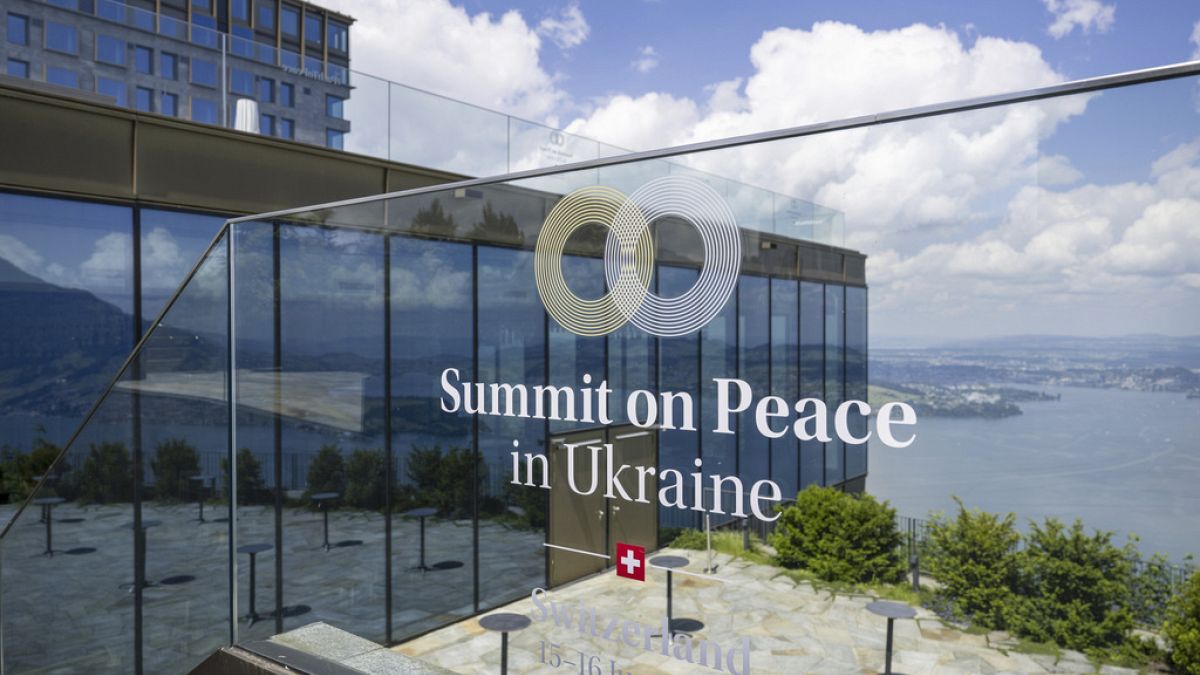
Ukraine is effectively without its official political leadership these days following the expiration of the five-year election mandate of Volodomyr Zelensky on May 21, and his departure from the country as president for a string of ‘official’ visits to other countries.
Zelensky still claims to be president of Ukraine, but he has departed the country during much of June for visits to foreign countries. He is scheduled to visit Singapore, Qatar, France, and the Philippines in June, along with Switzerland where he will host an international ‘peace summit’ on June 15, and 16. All this as the Russian Armed Forces continue to prepare what may be a full military offensive in the northern border regions of Kharkiv and Sumy. Territorial losses by Ukraine have already taken place recently in Kharkiv.
Ukrainian political analysts and experts are lost in speculation about Zelensky’s prolonged departure from the country. Some are speculating that Ukraine is planning to provoke Russia into using tactical nuclear weapons by stepping up attacks using advanced, Western-supplied weapons against Russian nuclear energy facilities. Others argue his key role should be to harass and pressure the countries of the Global South into joining, or at least acquiescing, to the U.S.- and NATO-led war coalition in Ukraine.
The latter option is especially important as preparations continue for a so-called peace summit to take place in Switzerland on June 15 and 16. There, the Western countries and as many Global South countries as can be convinced to participate will meet to condemn Russia to approve the agenda of continued war as proposed by Zelensky and the governments of the United States and Britain.
Russia is not invited to attend the conference in Switzerland, while China leads the many countries declining to take part.
A key plan in Zelensky’s ‘peace’ agenda is a demand that Russia withdraw from all the regions of the former Ukraine it controls. All of these regions comprised populations that refused to accept the legitimacy of the coup government that came to power in Kiev in February 2014. They have all voted at various times to secede from anti-Russia, coup Ukraine, and join the Russian Federation. They include Crimea, the two Donbass republics of Donetsk and Lugansk, and the portions of Kherson and Zaporozhye regions that are south and east of the Dnieper River. Large question marks hang over two other cities and regions where opposition to the coup was and remains strong —Odessa and Kharkiv.
In 2022 and 2023, ‘Ukraine peace summits’ under Western dominance were organized in Saudi Arabia, Malta, and Denmark. There, too, Russia was not invited, and the gatherings failed as a result. Most Global South countries ignored them and did not attend.
After it became clear that many countries, including China and Brazil, would similarly ignore the latest ‘peace summit’ to take place in Switzerland, Zelensky began issuing several undiplomatic and insulting statements against those countries refusing to attend, particularly against China. He accused China’s government of being “a tool in Putin’s hands”.
The latest attempt to tip the global scales in favor of the Zelensky-led regime was a surprise visit he made to the gathering of military leaders from the Asia-Pacific region at the ‘Shangri-La Dialogue’ that takes place each year in Singapore. This year’s gathering took place from May 31 to June 2. There, Zelensky accused China’s government of seeking to persuade the countries of the Global South to ignore the upcoming Swiss summit. “Is unfortunate that such a big, independent, and powerful country as China is an instrument in the hands of Putin,” he told journalists.
Ukrainian political analyst Andriy Zolotarev says the loud statements directed against China by Zelensky could cause many trade and economic problems for Ukraine. “I’m sorry, but spit at China and China will respond, and if China spits, Ukraine could well drown,” Zolotarev wrote.
The Ukrainian website Liberal writes, “Volodymyr Zelensky either wants to put pressure on China in order to garner more support for his government’s war, or he is following the orders of external managers.” It continues, “The words of China’s President Xi Jinping clearly show that China is seeking a verified and balanced position, avoiding direct intervention and maintaining neutrality. This is an important lesson for outside observers and participants in the conflict in Ukraine. Pressure on China, especially in the public domain, can have the opposite effect and only complicate the situation.”
For some ten years now, Ukrainian media and bloggers have been accusing Russia of being an instrument in the hands of the Chinese government while accusing China of being an instrument in the hands of the Russian government. Such arguments have been made widely and repeatedly across social networks and online media outlets. The accusations repeat themselves with two or three similar versions of the argument, wearing out their novelty and welcome.
Zelensky has also criticized no less than U.S. President Joe Biden for his decision not to attend the Switzerland event. Zelensky calls that “not a very strong decision”. Days earlier, Zelensky called out Donald Trump, saying he could be a “loser president” if he imposes a poor peace deal on Ukraine. A wrong deal, Zelensky says, could end U.S. dominance as a global power.
Zelensky is clearly nervous and this explains why he is allowing himself to make intemperate comments about other countries and their leaders. His conduct and outbursts suggest that the chair under him rests on very shaky legs and wants to shift blame for his government’s deteriorating military and political position onto other heads of state.
The Financial Times reports that Zelensky even sent a memo to his government officials and to members of the country’s legislature (Rada) instructing them to criticize the U.S. president and President Xi Jinping of China for their respective decisions to not attend the summit in Switzerland,
There is one state whose leader Zelensky has never dared to criticize – Great Britain. It should be recalled that it was an emergency visit by British Prime Minister Boris Johnson that scuttled a draft peace agreement reached between Ukraine and Russia in Istanbul in late March/early April 2022.
Former Ukrainian Rada deputy Igor Mosiychuk says that Zelensky is very mistaken to be sharply criticizing Biden, Xi Jinping, and other world leaders because they will be aware of his electoral illegitimacy and they will remember how he and his government have acted. By shifting responsibility for Ukraine’s latest military setbacks onto others, the office of the Ukrainian president is bringing trouble on the whole country. “You saw Zelensky’s earlier statements, saying that Biden is weak and one day later warning Trump he could end up a ‘loser president’. Now his latest verbal hit jobs are directed against Xi Jinping. I’m looking at the faux pas on Telegram by Zelensky supporters, one of whom calls Xi Jinping a “baby killer”. This has nothing to do with diplomacy. It seems that the office of the president has a plan that in the event of diplomatic or military setbacks, reactions should be to blame the collective West and China. This is what we are witnessing now as officials throw around various accusations.”
Verkhovna Rada deputy Volodymyr Aryev echoes Mosiychuk, as reported by the online Ukrainian news outlet Politnavigator. “Talking to China in a boorish tone is a recipe for failure. We need to achieve some effective diplomatic results; we need to interest China in our situation. But if China sees that the leader of Ukraine is not quite up to the job, it is clear that this will directly affect any possible exchanges with China for cooperation.”
According to Aryev, Zelensky is behaving like an enfant terrible, spreading accusations all over the world while imagining that this same world will continue, or be newly convinced, to coddle his government and support it in their arms.
One of the likely reasons for Zelensky’s nervousness is the dependence of the Ukrainian regime on military successes by the Armed Forces of Ukraine (AFU). These, in turn, will allow for his governing regime to continue receiving funding by Western governments. Or at least, the regime needs the appearance of such. Zelensky needs to lay the blame on other countries as much as possible. And better yet, he needs to draw NATO countries into direct conflict with Russia by means of provocations. One such provocative option could be provoking the Russian Federation into using tactical nuclear weapons. Russian military doctrine stipulates that any attack by Ukraine or NATO against Russia’s nuclear weapons facilities will be met in kind.
Ukrainian authorities may be comfortable in talking up provocations that could spark the use of tactical nuclear weapons by Russia against their own country because most of them are living outside the country during this period. And it so happens also that the nearly entirety of the children of Ukraine’s political and economic elites are studying and growing up abroad.
Rada deputy Oleksandr Dubynskyy believes that the possibility of Russia using tactical nuclear weapons against Ukraine in retaliation for Ukrainian provocations is quite real. He believes that Ukraine actually needs extreme actions by Russia in order to draw third countries into its war, which Ukraine itself is no longer capable of waging. “The government is a self-preserving system, and it has an interest in continuing the war. But it is unable to provide all the necessary resources for this… unless there is an escalation that will oblige ‘partner’ countries to provide yet more military resources… The involvement of third countries could turn the war into a global conflict. In such a case, the risk of the use of tactical nuclear weapons increases all the more,” Dubynskyy warns.
According to him, “The use of nuclear weapons, even ‘tactical versions’ with limited destruction, will put an end to all economic investments made in Ukraine by the international community. However, these investments are already under threat due to the deteriorating military and political situation.”
Kiev political scientist Gennady Dubov confirms similar assumptions, saying that Ukraine’s leadership hopes for a ‘black swan’ event that could dramatically change everything on the battlefield. [A ‘black swan’ event is one that is impossible to predict, yet after the fact appears to have been inevitable.] “I am sure that there is a viewpoint among a certain part of the Ukraine population and leadership that damage to Russia’s strategic nuclear forces would provoke some kind of tactical nuclear charge, and this will leave no choice for Western countries but to respond forcefully.”
The Ukrainian telegram channel ZeRada says that the Western proxies at the head of the Ukraine’s presidential office, notably Andriy Yermak, are “literally asking for a nuclear strike” by Russia.
Russian president Vladimir Putin told a lengthy, widely publicized press conference in St. Peterburg on June 5 that he understands perfectly well that long-range weapons systems located on the territory of Ukraine are being operated by the military of NATO countries, not by Ukrainian servicemen. In his opinion, Ukraine cannot on its own operate such highly complicated missile systems such as the British ‘Storm Shadow’ or the American ‘ATACMS’. He says the operation of these highly dangerous weapons is in the hands of the Western militaries. Consequently, retaliatory actions by Russia may be directed not only against the Ukraine military but also against the military personnel of NATO countries. This could be done directly, but also indirectly by countries needing defensive weapons from Russia. This would mirror NATO claims that it is not acting ‘directly’ in Ukraine and is ‘merely’ using the AFU as its cover.
“If someone considers it possible to supply advanced weapons to a war zone to strike our territory and create problems for us, why don’t we have the right to supply weapons of the same class to those regions of the world where there will be strikes on sensitive facilities of those countries that are doing this against Russia?”, Putin said.
Right-wing media in Britain has heard this warning loud and clear.
Ukrainian economist Oleksiy Kushch believes that Russia may start supplying new classes of weapons to certain forces in conflict with Western hegemony. “I’ve written about the possibility of new weapons being supplied to the Houthis [Ansar Allah movement and government] in Yemen, leading to increased problems of trade navigation in the Red Sea. Yesterday, Putin hinted at such a possibility, though without mentioning the Houthis by name. My other prediction is that a ladder of escalation by Israel in Gaza could cause full-blown war in southern Lebanon. This prediction is already underway. According to my forecast, after Gaza and the Houthis, it will be Lebanon’s turn, then that of the Shiite militias in southern Iraq, then the armed forces of Syria (where, by the way, joint exercises between the Syrian army and the Russian forces have recently taken place). The final point of the escalation ladder is Iran,” the Ukrainian economist writes.
The Ukrainian news outlet Strana also believes that new types of missiles could be delivered by Russia to the Middle East, as the U.S. and Britain have many bases there which are quite vulnerable. It writes, “Putin made it clear that Moscow will not tolerate missile or artillery strikes against Russia by long-range Western weapons. Moscow considers that the use by the West of such weapons as the U.S.-supplied ‘HIMARS missiles “crosses a red line”. Long-range missiles are not operated by the AFU; they are impossible to use without the participation of a trained, NATO military. Strikes using long-range weapons against the Russian Federation, and Russia’s responses to that (even if Moscow does not directly strike but does so in third hands such as the aforementioned Yemen forces, will be another step towards escalation and transfer of the war in Ukraine to a completely different level and scale.”
Thus does the Ukrainian war, caused by the decade-long war by right-wing Ukraine against the people of Donbass, have every chance of moving to a new and higher level of danger, incited by pro-Western, right-wing Ukraine nationalism. This is a significant risk to the hegemony of the West itself and its financial and military system. It is a significant risk to the very foundation of modern capitalism and imperialism.
https://libya360.wordpress.com/2024/06/ ... -position/
******
<snip>
Russian forces continue capturing territory and settlements, as the usual suspects bellow in angst:
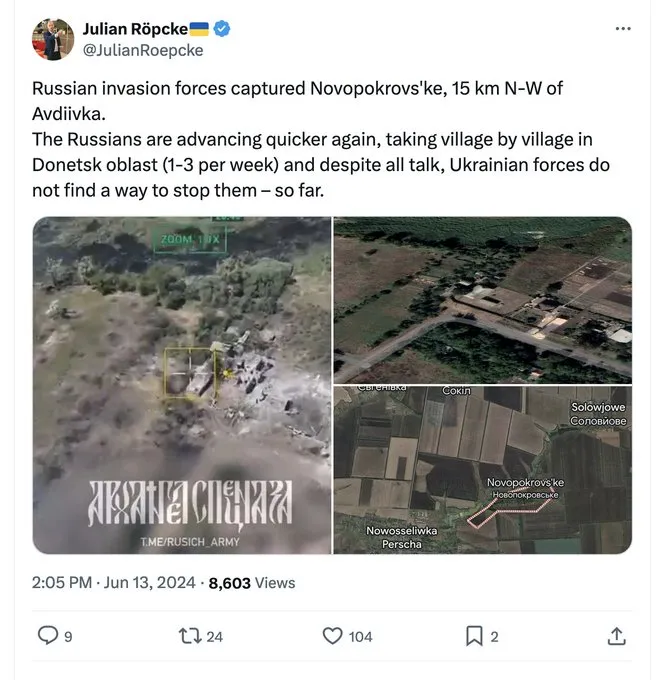
The Kharkov gambit is clearly working: Ukraine is now said to have transferred some of their best units from the Chasov Yar direction to Kharkov, so Russia is likely set to make big gains there soon as well. Despite Ukrainian claims, Russia has inched forward in Kharkov-Volchansk as well, which includes a large lateral advance—claimed to be 4km—to the east toward Bochkove:
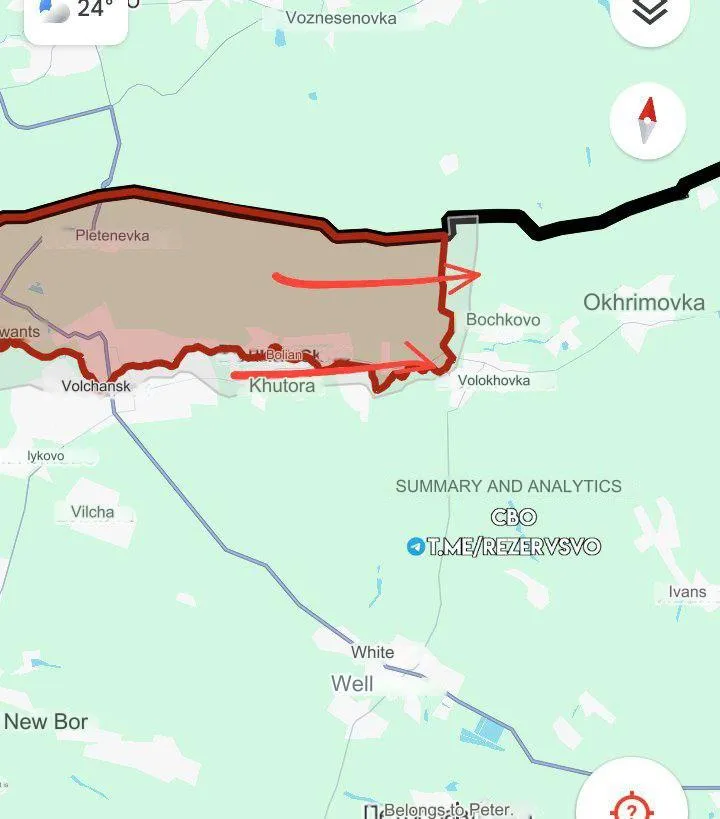
A Russian Su-34, in the meantime, used a Kh-38MLE missile to blow away the bridge at Staryi Saltov, connecting Kharkov to the Volchansk front, which will greatly hamper AFU logistics: (Video at link.)
Location of bridge (50.07742223091243, 36.81082376840926) over the Siverski Donets River in relation to Volchansk and its MSR to Kharkov:
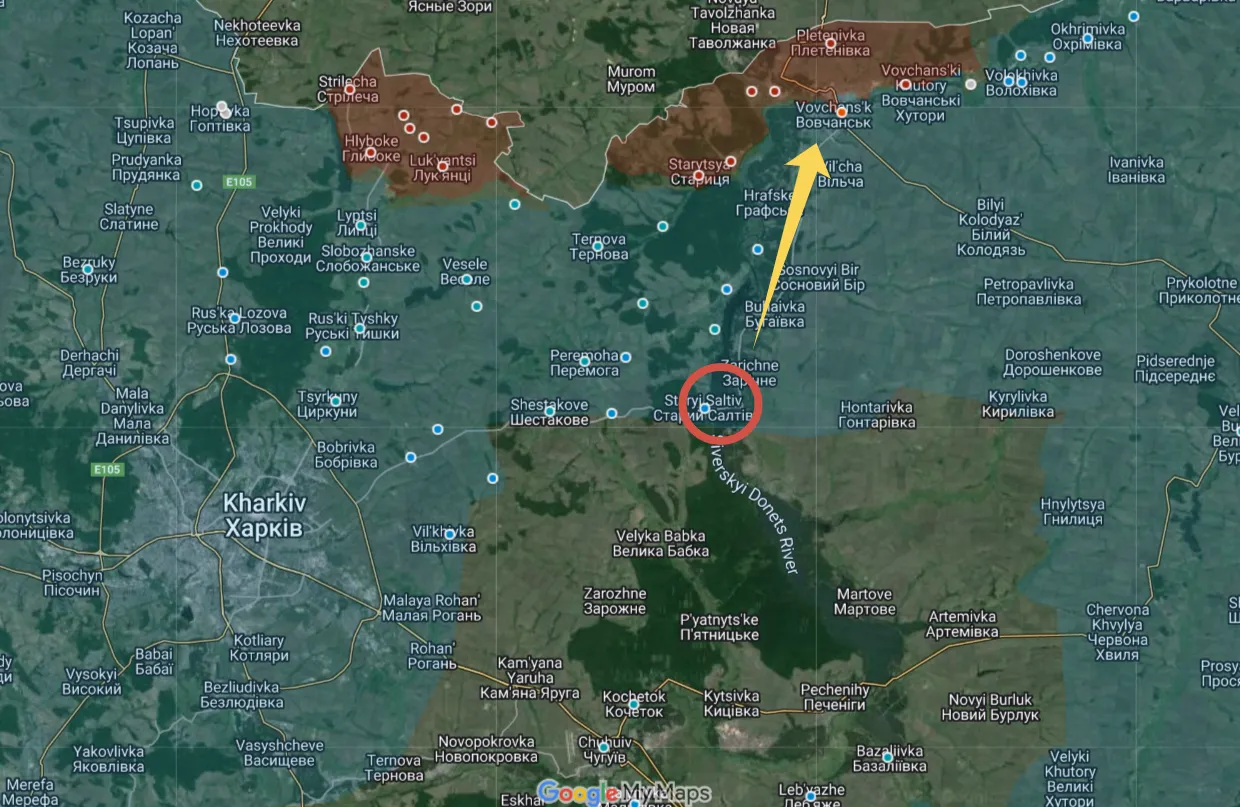
—
Ukraine’s power grid situation is beginning to seriously concern Western curators:
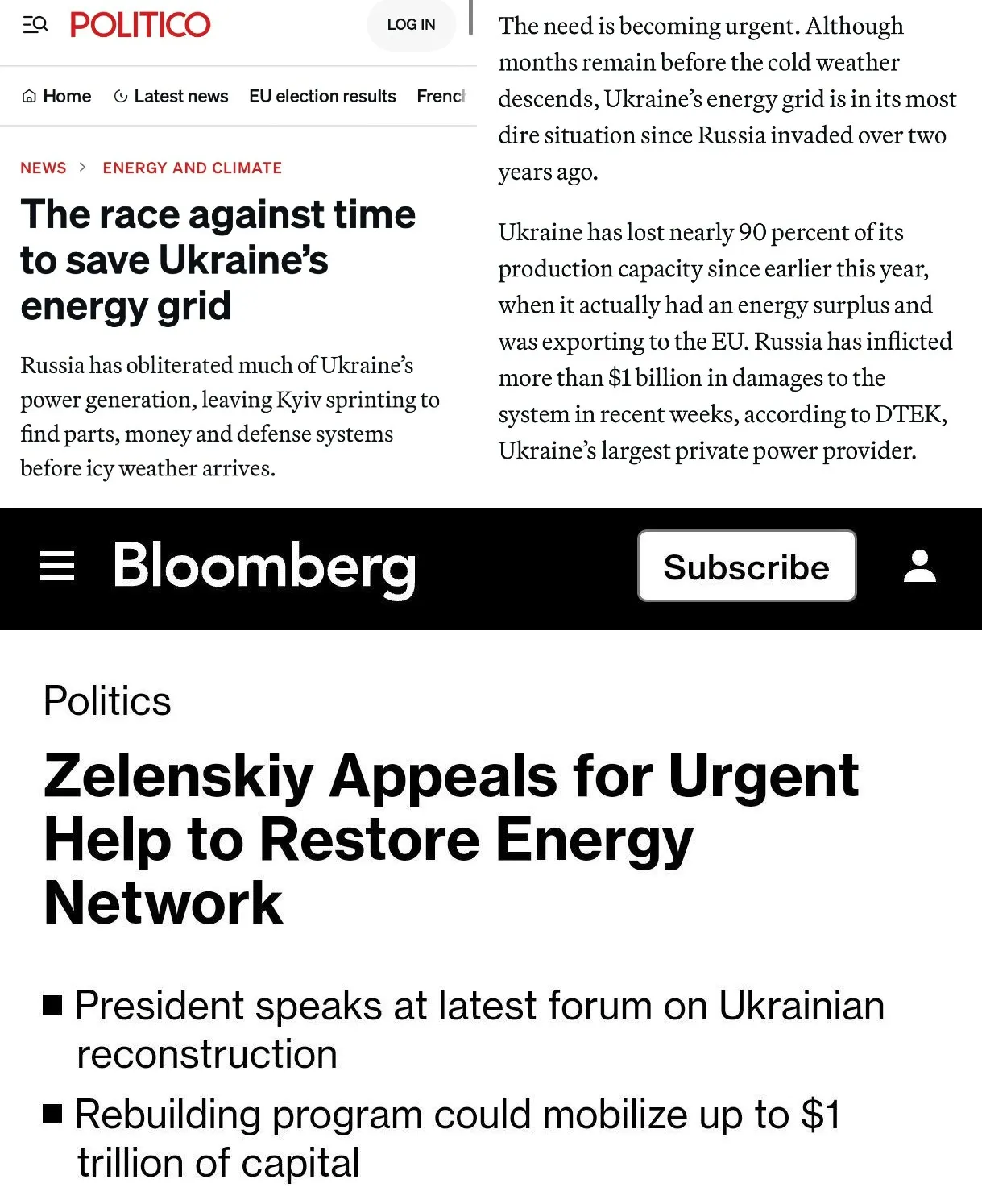
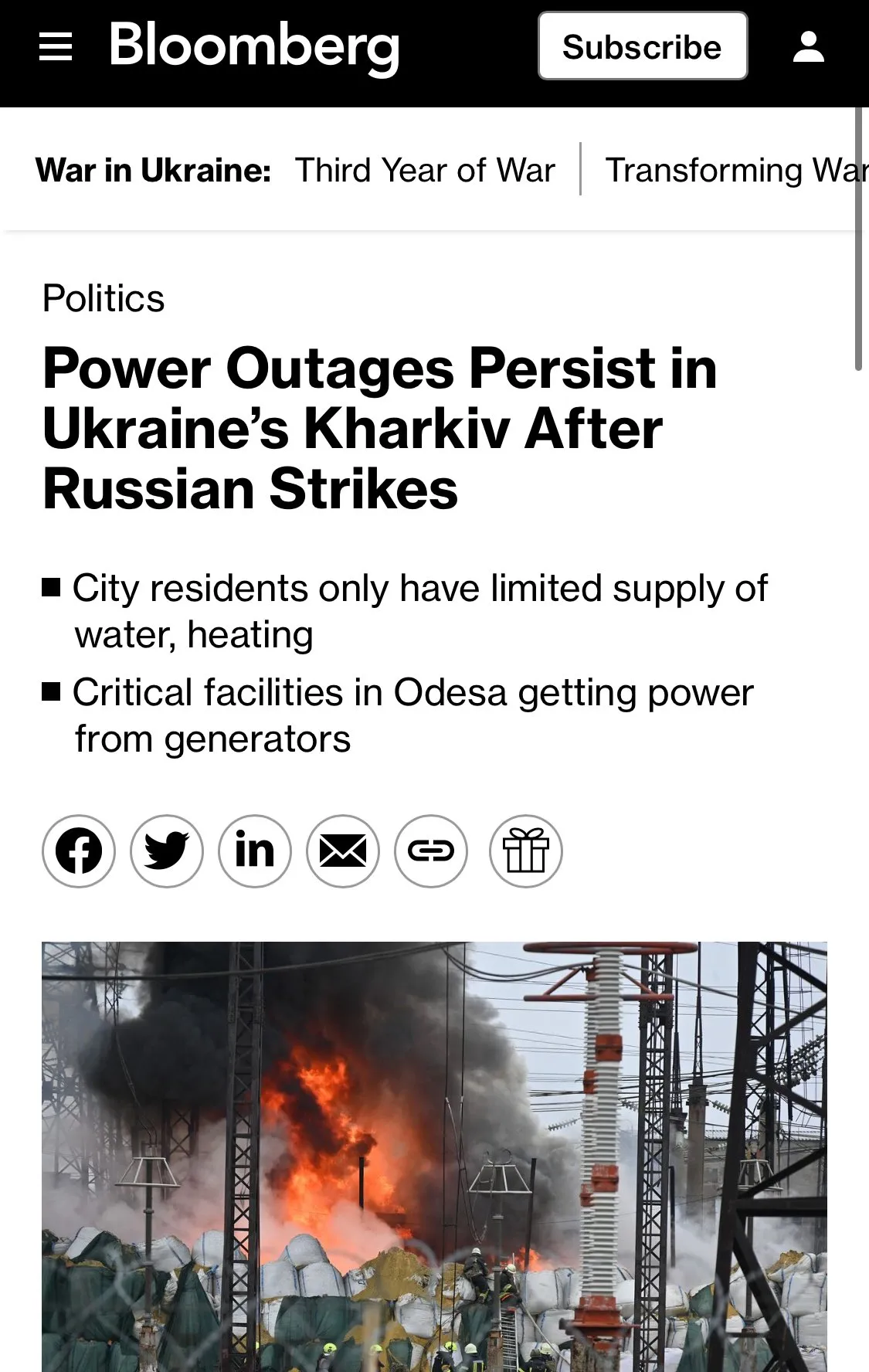
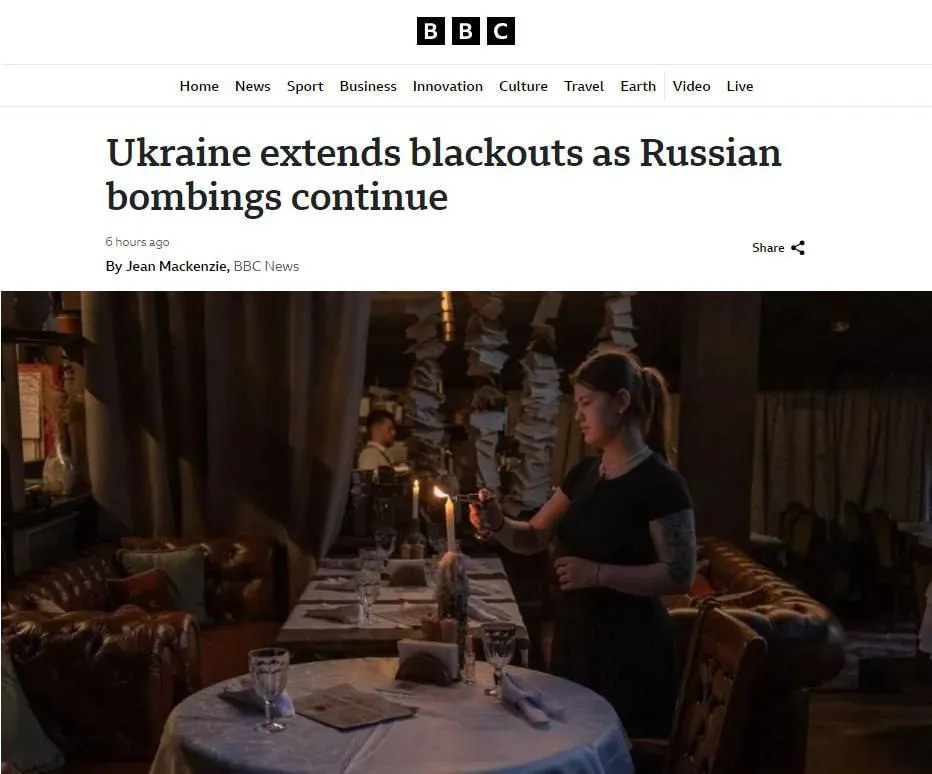
https://www.bbc.com/news/articles/c0xx5vd4l2do
The above BBC article says Ukrainians already suffer 8 hour power outages and may soon face 20 hours per day without power or heat, should Russia continue its de-electrification strikes:
Ukrainian TV now even calls it “criminal” to run your air conditioner during the day: (Video at link.)
For those interested, journalist John Helmer has a couple good pieces on this topic, the first is mostly a link to a podcast discussion thereof, where he states:
Right now the Russian Electric War campaign in the Ukraine is targeting the last operating power generation plants and the transmission lines from the European Union replacing electricity which the Ukrainians can no longer generate for themselves. Microwave and mobile telephone towers are being struck so that the country’s cell network is collapsing in parallel with the electricity network.
“This is Russian deep battle”, a US military source comments, “being fought in fact by the General Staff while its operations continue to be restricted in Moscow for political reasons. Soon the impact will be impossible to cover up. For now, we know how bad it’s getting by the lack of discussion about how bad it’s getting.”
The second is where he explicates on his opinion that Russia’s “electric war” aims to totally defeat Ukraine by de-energizing it: https://johnhelmer.net/buzzer-beater-ru ... ectric-war
I mentioned in the comments section last time: Ukraine has a legacy Soviet carryover system of using its thermal power plants (TPPs) as the ‘central heating’ systems via a network of steam conveying pipes. Thus the loss of what now amounts to ~73% of their TPPs (73% of thermal power plants in Ukraine are inoperative, 62 power units at thermal power plants and hydroelectric power stations are not functioning, - Ukraine Prime Minister Denys Shmyhal.) means not only massive energy generation loss, but the total lack of heat come this winter. That means the coming winter will be one for the ages and only supports the theory that Ukraine may be on its last leg in 2025.
—
Helmer also has another fascinating new article I recommend checking out, which covers new Russian Levada surveys that show the populace’s support of both Putin and the SMO is actually increasing even in light of Putin’s recent revelations of Russia’s growing casualty list.
According to a nationwide survey by face-to-face interview in Russian homes between May 23 and 29, the Levada Centre in Moscow, an independent polling organisation, reports: “Half of the respondents believe it is necessary to move on to peace negotiations — 43% are in favour of continuing military operations, their share has been growing in recent months. However, the majority is not ready to make concessions regarding Ukraine and this share is growing.
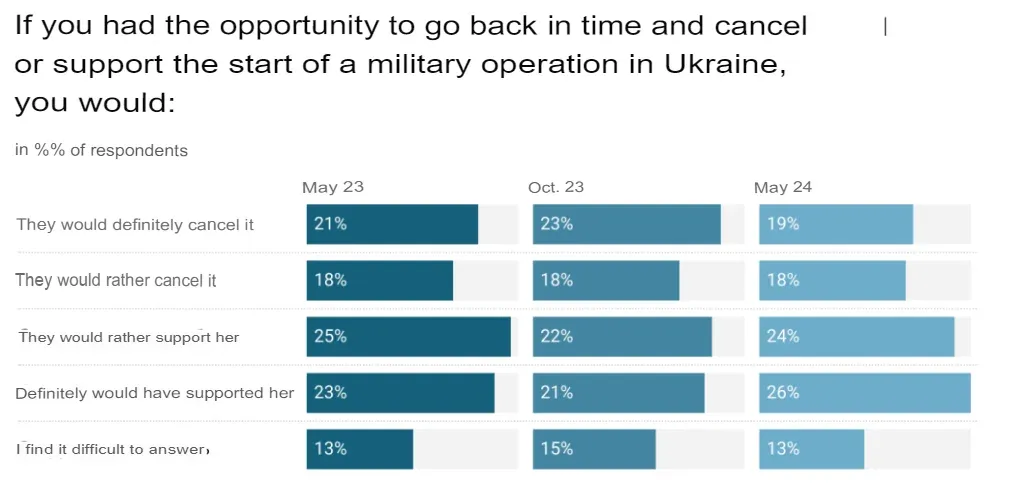
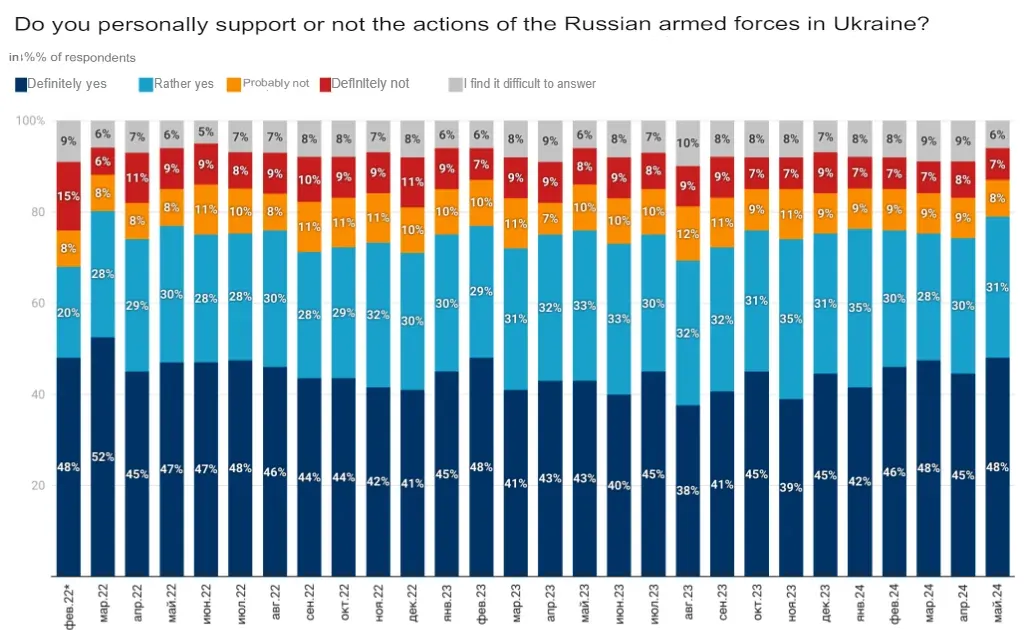
The other huge takeaway:
This also means that Ukrainian missile, artillery, and drone attacks on civilians, refinery and other targets on Russian territory are having no impact on the nationwide commitment to the war and its strategic objectives. On the contrary, threats by NATO leaders to intensify these attacks and extend their range into Russia are increasing public Russian support for lifting Kremlin restrictions on the General Staff’s operational plans for finishing the war at and over the Polish border.
(Much more at link)
https://simplicius76.substack.com/p/pet ... s-swirl-as
******
Larry Gives Excellent Summary...
... to G-7 (out of those G-7 only two are actual Gs--the US, and Japan. The rest...) and "Security Agreement" between US and 404.
One thing is certain, neither Biden nor Zelensky will be around in ten years. This is an act of political theater and deception. Biden, backed by the G-7, insists that Ukraine has the military capability, with NATO support, to fight Russia to a standstill. To be impolite, that is bullshit! Biden’s promises are empty. The United States is unable to supply the air defense, artillery and armor weapon systems that Ukraine claims it needs to stop the Russians. They blithely ignore the fact that even if the United States could actually deliver those weapons, Ukraine does not have the manpower nor the ability to train up an army capable of stopping the Russians. The news from the battlefield in Ukraine is growing more dire with each passing day. Russia is methodically destroying Ukrainian forces and Ukraine’s ability to provide electricity to nonexistent industrial plants. Ukraine is the equivalent of a degenerate drug addict, utterly dependent on what the U.S. chooses to supply.
That's on target!
http://smoothiex12.blogspot.com/2024/06 ... mmary.html
Anybody Doubted It?
I, honestly, didn't.
But almost a year later, and only weeks before the next NATO summit, in Washington, those F-16s have yet to arrive. In fact, despite a commitment that those planes will start reaching Ukraine by the end of this summer, issues with their delivery are becoming clearer — from the number of pilots who will be able to fly them to crews ready to keep them working. The training pipeline on the F-16s is pretty meager,” said a senior U.S. defense official, speaking with reporters on the condition of anonymity to talk candidly. F-16s hold the promise to firm up Ukraine’s self-defense. The fighters would bring its air force closer to NATO-style tactics and systems, making it easier to work with the alliance overall. And they could lengthen Ukraine’s range at a moment when other countries are dropping restrictions on what targets its military can choose.
Now, they lament:
The Netherlands and Denmark are leading that effort, though other states like Norway and Belgium are also involved. The number of planes committed this year totals around 60, and Ukraine should start receiving those by the end of the summer. That said, there have been multiple kinks in the process to deliver them, and make sure they’re useful. The first is training. Between Europe and the U.S. there are only a dozen or so Ukrainian pilots learning to fly the planes right now, said the American defense official. “That’s just a handful of pilots, and that’s just the pilots,” the official said. Almost as crucial are the other members of the crew, such as maintainers, who keep the plane working. Brown made a similar point in the interview, saying that Ukraine will only be able to use as many planes as it has crews. Training at Morris Air National Guard Base in Tucson, Arizona began last fall, and the first round of Ukrainian pilots graduated only weeks ago in late May. But finding spots for new ones has been difficult. There’s a small pool of Ukrainian pilots eligible for the training, which requires deep experience, and there’s already a queue of non-Ukrainian pilots in line as well.
Now, let me explain what "NATO tactics and systems" are: it is flying in AD permissive (sometimes absent altogether), EW permissive (or absent altogether) environments, and in absence of any opposing air force. That's tactics and systems. Some simulation of US F-22, F-35 and such of aerial combat in Syria against Russian Su-35s and Su-30SMs is just the boys playing their games. No modern US pilot ever had, let alone has any experience in flying in real aerial combat environment, especially in the circumstances when most comms in NATO tactical air-groups will be jammed, there will be no GPS and most of NATO groups including their E-8C Joint Stars will be either shot down or jammed. Why do I concentrate on that? Because, which it is obvious now, due to well-known issues with "training" of 404 pilots the only option for manning those F-16s will be... drum roll...to place NATO pilots in those F-16s cockpits.
For any NATO pilot who didn't get drunk on Top Gun: Maverick advanced air combat course, or still believes Senator Mark Kelly that Russians "cannot fly formation", acquaintance with R-37 AAM or with S-350 or S-400 could be a real life changing experience. Literally. US pilots have about zero real BVR combat, Russians do it all the time and R 15 million is a damn good sum of money. In fact, Russians operate the only 5th generation fighters which fly into real combat pretty much regularly. But, as I warned Nima today, when speaking to him (the video should be posted tomorrow or the next day), US media are readying themselves to disseminate another crock o' shit such as "Ghost of NATO", who flies undetected F-16 and shot down all Russian Su-57s, numbering now by different estimates between 22 to 26 aircraft, a regiment really. Mark my words--that's coming. Here is documentary for ya...
This is exactly how real modern air combat looks like./s
http://smoothiex12.blogspot.com/2024/06 ... ed-it.html
******
Milei’s Latest Plan to Embroil Argentina in Ukraine Conflict Involves Sending Five French Fighter Jets That Cannot Fly
Posted on June 14, 2024 by Nick Corbishley
Milei’s government appears to be determined to turn Argentina into the first Latin American country to send weapons to Ukraine.
In April we warned that Javier Milei Seems Intent on Embroiling Argentina in War, Whether in Ukraine or the Middle East (Or Both). At that time, the Argentine president had just expressed “solidarity and unwavering commitment” to the State of Israel following Iran’s retaliatory attacks on Israel after Israel’s bombings of the Iranian embassy in Damascus. After holding a cabinet meeting attended, if not chaired, by Israel’s ambassador to Argentina, Milei allegedly said off-screen that Argentina “cannot be neutral in the Third World War”.
“Milei is determined to take sides in international conflicts, believing that this positions him as an international leader,” says geopolitical analyst Gonzalo Fiore Viani. “Everything he does is to reinforce that image and not to advance Argentina’s national interests.”
Milei seems determined to involve Argentina not only in the escalating tensions in the Middle East, but also in the meat grinder that is Ukraine. Yesterday, U.S. Secretary of Defense Lloyd J. Austin III welcomed Argentina as a new member of the Ukraine Defense Contact Group (aka Ramstein Group) during his opening address at the group’s 23rd meeting. The Ramstein Group is an alliance of (mainly NATO) countries that meets monthly at the Ramstein air base in Germany to coordinate the ongoing donation of military aid to the Zelensky government.
A “Gift” for Zelensky
During his tour of Europe, Milei will participate in the G7 summit in Orgo Egnazia, at the invitation of Italian PM Georgia Meloni. He will also take part in the pie-in-the-sky Summit on Peace in Ukraine in Geneva on June 15-16, in which Russia, like many other prominent non-NATO countries, has refused to participate, describing the event as “irrelevant”. As for Milei’s government, it appears determined to turn Argentina into the first Latin American country to send weapons to Ukraine.
In an interview with CNN Español’s Andrés Oppenheimer in April, Milei even entertained the possibility of sending military personnel into the meat grinder, a proposal that enjoys the support of just 21% of the population, according to a survey by the consultant Gustavo Córdoba. Any decision to send troops would have to go through Congress first, an unnamed diplomatic source told La Politica Online.
The same is not true of sending arms. A new article by Infobae suggests that Milei wants to gift Ukraine’s (now wholly unelected) President Volodymyr Zelensky five French-made fighter jets (readers will have to excuse the rather crude pro-NATO propaganda in the first paragraph):
Javier Milei approved a plan designed by Luis Petri and Diana Mondino to support Ukraine’s war effort against Russia, which started an illegal war in Europe to fulfill Vladimir Putin’s imperial dreams.
It involves sending to Volodimir Zelensky’s government five Super Etendard combat aircraft that are out of use due to the embargo that Great Britain applies against Argentina as a result of the Malvinas War.
France’s participation is key to overcoming this geopolitical obstacle, and Chancellor Mondino and Defense Minister Luis Petri have been working for weeks to advance this secret move that also involves the United States and NATO.
Mondino discussed this complex issue during the meetings he held in Paris with Foreign Minister Stéphane Séjourné, in a secret meeting she held with NATO in Brussels, and when she visited Jake Sullivan… at the… White House.
So, the plan has been discussed at the highest levels, though it is not yet clear whether it enjoys the all-essential blessing of the Biden administration. As readers may recall, Washington, Kiev and Brussels already tried to persuade Latin American countries to donate their Russian-made weaponry to Ukraine’s war effort, to no avail.
By this point, NATO’s demoralised members are presumably delighted to bring any new country on board with project Ukraine, even one with so little money or weaponry to offer. At the Ramstein Group meeting, Lloyd Austin seized on Argentina’s membership as evidence that “support for Ukraine is growing and not waning”.
Serious Flaws
The planes plan has serious flaws, of course. First, it is likely to spell disaster for Argentina’s diplomatic relationship with Russia, as well as possibly with key Russian allies such as Beijing. As the Argentine defence specialist Daniel Blinder told Sputnik Español, as long as Milei’s government seeks “unfettered alignment” with the US, it risks generating a “significant confrontation with Russia and China* that could go very badly.”
If the operation goes ahead, it would mean “embroiling Argentina in a far-flung conflict in a region that is of no strategic interest to the country,” says Fiore. It would also mean directly interfering with the geopolitical interests of Russia, a country with whom Buenos Aires has historically enjoyed “good relations” and which even supports Argentina’s claim to sovereignty over the Malvinas (Falklands Islands). Even more importantly, Russia is pushing to expand its strategic and military influence in Latin America.
Second, and most important of all, the planes themselves are incapable of flying. Indeed, they haven’t left the ground since arriving in Argentina in 2019. The reason is simple: they do not have the necessary cartridges to eject the pilot’s seat in the case of an emergency. Said cartridges are manufactured in the United Kingdom, which has an embargo on all weapons sales to Argentina. The then-Macri government in Argentina was given advance warning of this fact but still bought the planes.
In 2016, France’s Ministry of Armed Forces sent a letter informing the Macri government not only that the “UK’s restrictions on exports to Argentina prevent us from getting spare parts for the ejection seats” but also that the planes themselves had been retired years earlier. This meant there would no longer be the necessary personnel to repair and maintain the planes after any sail. The Macri government bought the planes anyway for €12.5 million a piece.
Now, Milei’s government seems quite prepared to jettison its relations with Russia, the world’s biggest nuclear power, for the sake of five flightless planes. To conceal its involvement, Milei’s foreign and defence ministers have apparently proposed giving the five Super Etendard jets to the French armed forces in exchange for other military equipment, such as drones or helicopters. That way, they seem to think, Putin would not realise that Argentina was participating in the Ukraine conflict and the Macron government would be able to install new cartridges in the ejection seats so that the jets arrive in Ukraine in tip-top shape.
This new plan is arguably even more flawed than the original one. First, it rests on the assumption that Russia would be easily duped. If any deal does go down, Russia’s retribution will presumably be swift and asymmetrical — just as happened when Ecuador’s Daniel Noboa government offered to give up its Russian-made arms to Ukraine, claiming they were mere worthless “scrap”, in exchange for $200 million of US weapons. The Russians responded by threatening to boycott Ecuador’s number-one export product, bananas. Within days, Noboa had scrapped the plan.
Second, if the Milei government’s plan does indeed go ahead (a big “IF”), by the time all the parts are in place, Macron may no longer even be president of France. After suffering a brutal drubbing in the recent EU elections, the French president has called snap elections for the end of June. This has sparked all manner of mayhem and speculation, and while Macron is likely, once again, to stave off defeat in the second round of voting despite his anaemic approval ratings, there are no guarantees.
In the end, Argentina’s Super Etendard jets are probably destined to remain grounded and mothballed at the Puerto Belgrano air-naval base for the foreseeable future. “High-level” sources in the armed forces cited by the respected military publication Zona Militar have “categorically denied any plan by the current Argentine government to transfer these combat aircraft to another country.” The jets, it says, are in no fit state for commissioning, let alone a transfer abroad. The operation would also reduce the capabilities of Argentina’s Armed Forces, which have sought for years to recover some of the air capacity lost over recent decades.
Even if the Milei government were to send a consignment of weapons to Ukraine, they will, of course, have next to no material impact on the course of the war — especially if they don’t work! But it will still cost the stagflation-battered country money it simply doesn’t have.
* China is Argentina’s second largest trade partner as well as a vital creditor that Milei desperately needs to keep on board. This week, Beijing agreed to renew its currency swap with Buenos Aires, defusing fears that Milei’s cash-strapped government would have to repay $5 billion to the Asian super power in the next few months. This gives Argentina’s stagflation-hit economy a little much-needed breathing space.
But it comes at a price for Milei, who has apparently agreed to visit Beijing for a bilateral meeting with with Xi Jinping, who will presumably treat his guest to generous helpings of finely spiced humble pie. On the campaign trail, Milei famously described the Chinese government as an assassin and said he would never deal with communist regimes. The irony is that if the meeting takes place as scheduled in early July, it will mean that Milei will have paid his first diplomatic visit to Beijing before even receiving an invite to the White House.
https://www.nakedcapitalism.com/2024/06 ... t-fly.html
******
Putin's canned food
June 15, 12:34

In Ukraine, the character who hosted the Supernova channel was locked up in a pre-trial detention center. Allegedly for issuing information about the movement of supplies of NATO equipment on the territory of Ukraine.
In fact, portraits of Putin, Lukashenko and Prigozhin, 5 discs of Akim Apachev’s songs, Wagner PMC chevrons, a calendar with Adam Kadyrov and printed leaflets in support of the hijackers were found at his home.
Finally, Putin's old canned food was opened.
https://colonelcassad.livejournal.com/9207854.html
End of stream
June 15, 11:19

End of stream
A man in Vinnitsa, Ukraine, shot and killed two bloggers who were “laughing at the Russians.”
The Ukrainian publication Telegraph reports this.
It is noted that a 23-year-old man shot his 18-year-old wife with a pistol and wounded her 19-year-old friend, who later died in hospital.
The shooter's body was found with a gunshot wound to the head near the bank of the Southern Bug River.
As they write online, we are talking about two streamers - Vera Panther and her friend Natalya, who conducted streams where they made fun of Russians.
It is clarified that the second girl had the nickname Banderovka on one of the social networks.
The identities of the dead require official confirmation.
https://russian.rt.com/ussr/news/132839 ... i-ubiistvo - zinc
https://colonelcassad.livejournal.com/9207596.html
Peace offers will not be accepted
June 14, 19:24

Regarding Putin's proposals.
1. They obviously will not be accepted by the West and their Ukrainian puppets, since they document Russia’s fulfillment of the stated goals of the Northeast Military District and the strategic defeat of the United States.
2. Against the background of the “peace summit,” this will indicate that in fact it is the West that is prolonging the war, so these statements are another “torpedo” to the “peace summit.”
3. Russia is thereby showing the countries of the Global South that it offered peace, which will be rejected by those who talk about “peace summits.”
4. The basis is laid in advance for claims on other regions of the former Ukraine, in the event of refusal of these conditions, shifting responsibility for this to the West and Ukraine. Just like Kherson and Zaporozhye appeared in Russia’s demands after the abandonment of Istanbul, although they were not contained in the original purposes of the North Military District. Each subsequent proposal will be worse, not better, for Ukraine.
5. The war will continue. The goals of the Northern Military District will be achieved through military means.
https://colonelcassad.livejournal.com/9207022.html
This issue is now closed
June 14, 15:16

Putin about the Northern Military District.
1. Russia did not recognize the DPR and LPR for 8 years because it wanted to come to an agreement.
2. There was no political decision to storm Kyiv in 2022. There were different options then.
3. Ukraine rejected peace negotiations in 2022 at the behest of the West. Israeli mediation in March 2022 was rejected by the West and Ukraine.
4. Russia carried out a peace enforcement operation in 2022.
5. Ukraine in 2022 could, during negotiations, retain control over the Zaporozhye and Kherson regions while providing Russia with a land corridor to Crimea. This moment was missed by Ukraine and now the issue of the Kherson and Zaporozhye regions is closed forever for Ukraine. This was confirmed by the vote of residents of both regions who chose Russia.
6. Zelensky is no longer legitimate. The basis of power in Ukraine is an armed putsch.
https://colonelcassad.livejournal.com/9206354.html
Google Translator
